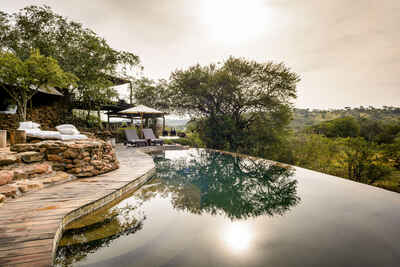About Faru Faru Lodge
Faru Faru Lodge is the most southerly of the Singita's properties in the Serengeti, and is close to the Grumeti ...
... River and the Serengeti's Western Corridor. Having opened early in 2007, Faru Faru is also the newest of the properties here. It has views over the undulating, short grass hills of the Grumeti Reserve and is surrounded by countless acacia trees. The lodge also looks over a watering hole which is popular with the passing wildlife.
Like the other two Singita properties in the Grumeti, Faru Faru has exemplary service, charming staff and a real feeling of exclusivity. Out of the three lodges on Singita Grumeti Reserve, Faru Faru undoubtedly has the most stylized and 'designed' feel to it - and felt quite different to the others; it's modern, fresh, funky and full of charm. When we last visited,The lodge managers added a friendly, professional and relaxed touch to the lodge so we felt instantly at home.
Our view
Like the other two Singita properties in the Grumeti, Faru Faru has exemplary service, charming staff and a real feeling of exclusivity. Out of the three lodges on Singita Grumeti Reserve, Faru Faru undoubtedly has the most stylized and 'designed' feel to it - and felt quite different to the others; it's modern, fresh, funky and full of charm. When we last visited,The lodge managers added a friendly, professional and relaxed touch to the lodge so we felt instantly at home.
Accommodation
6 rooms
Children
Ideally 10+
Open
All year
Activities

4WD Safari

Birdwatching

Guided walking safari

Hot air ballooning

Night drive

Private activities
Traveller reviews of Faru Faru Lodge
3 real, un-edited reviews from Expert Africa's travellers.
Arrived 25 May 2016, 2 nights
"Amazing modern lodge"
Overall rating: Excellent
Arrived 20 Sep 2015, 2 nights
"Fabulous lodge"
Overall rating: Excellent
Arrived 8 Aug 2014, 3 nights
"Wonderful lodge great safari"
Overall rating: Excellent
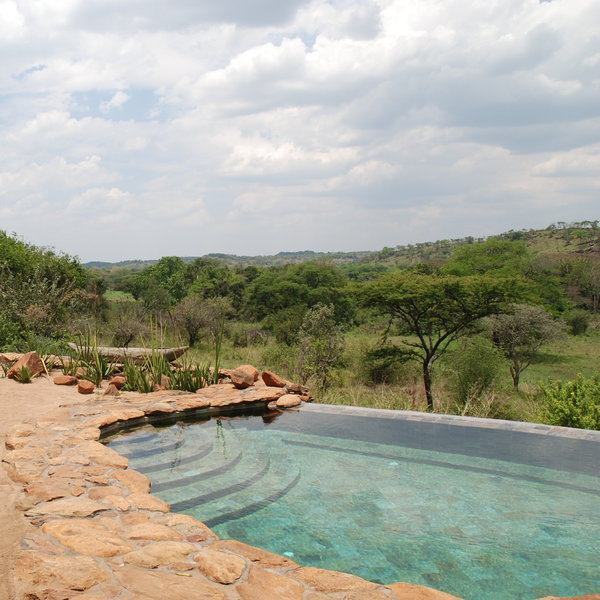
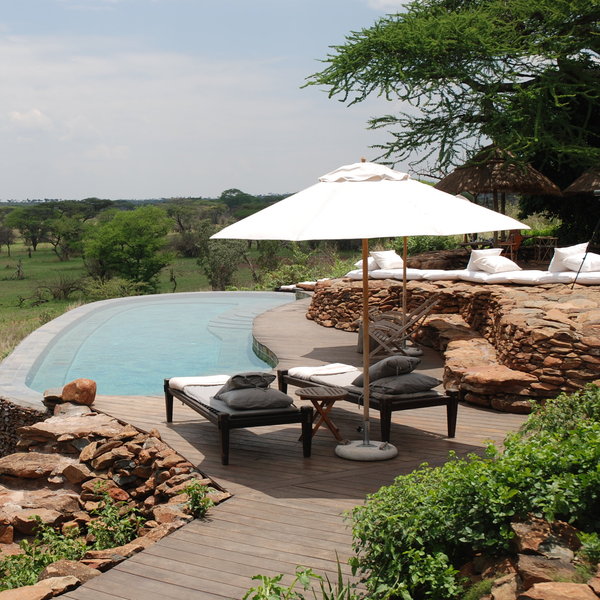
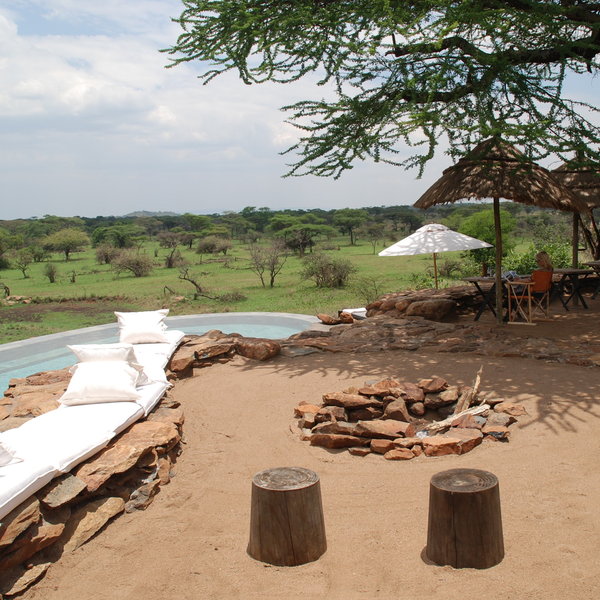
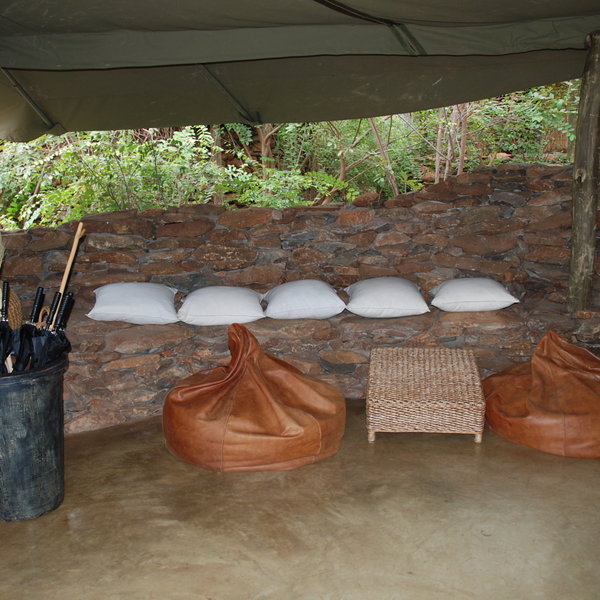
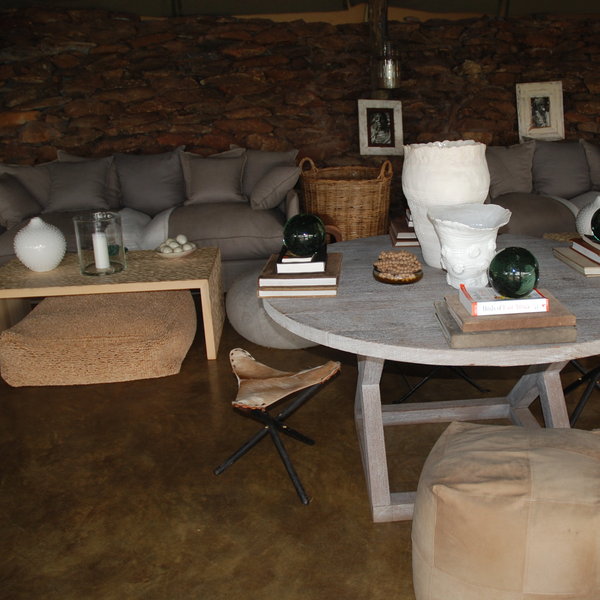
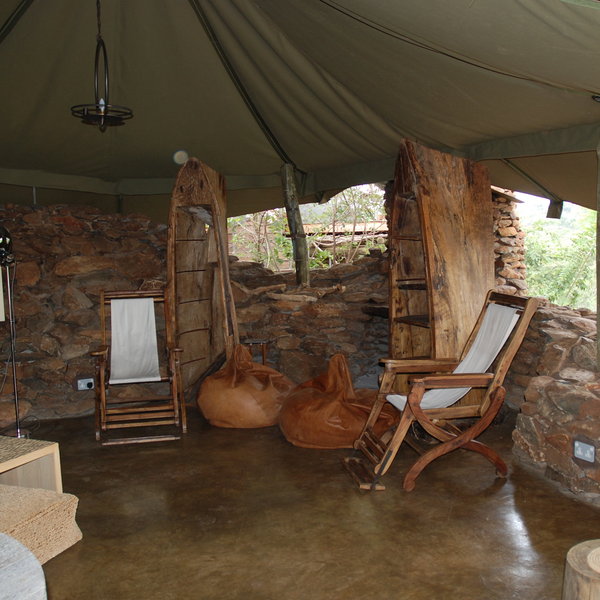
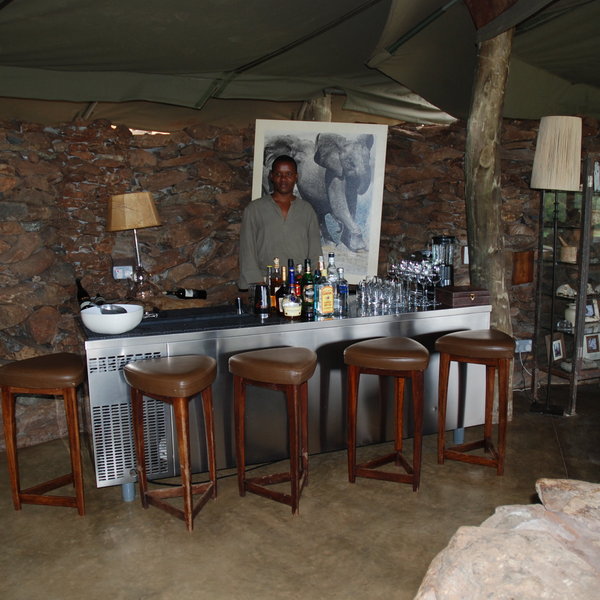
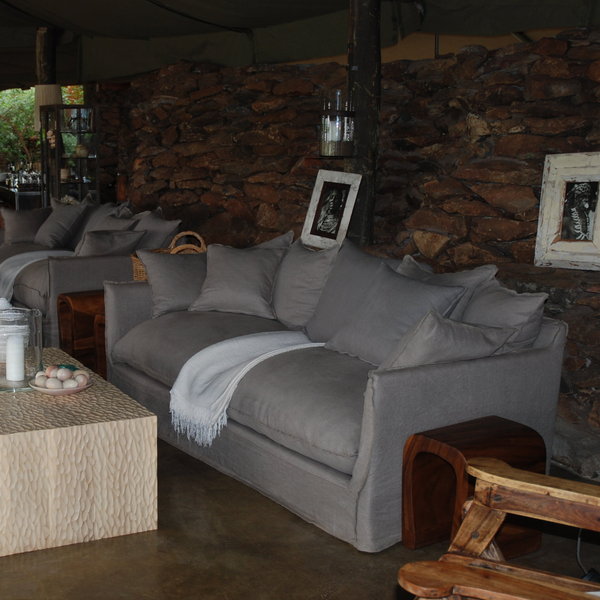
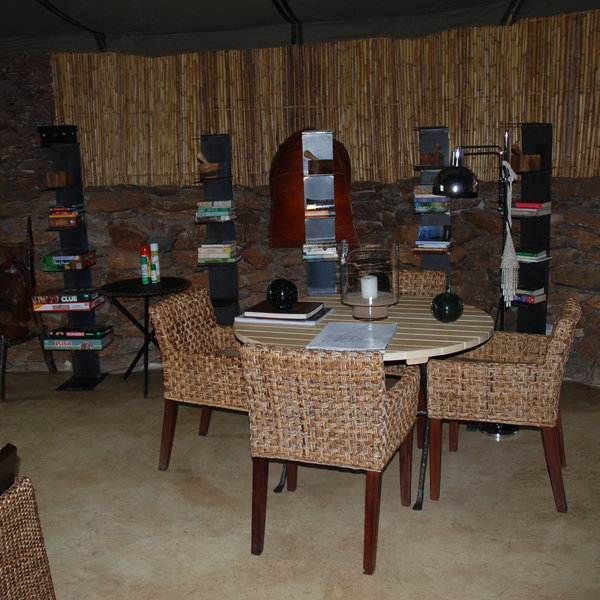
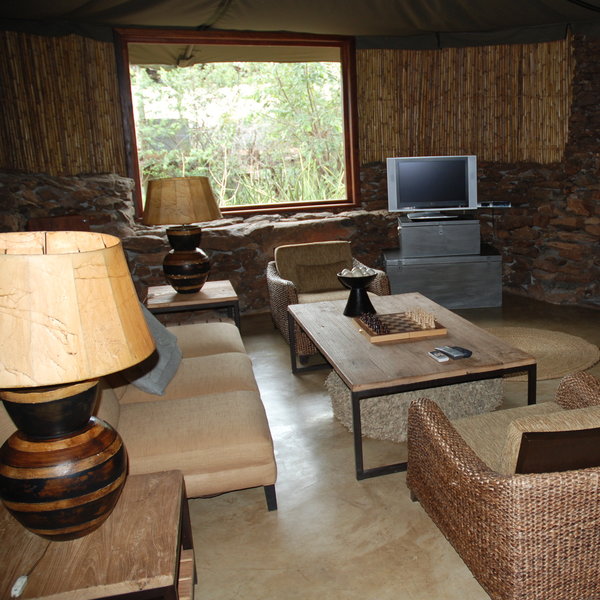
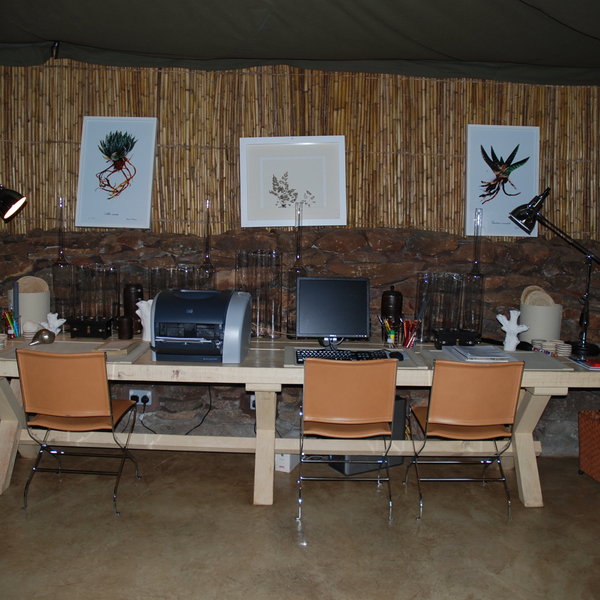
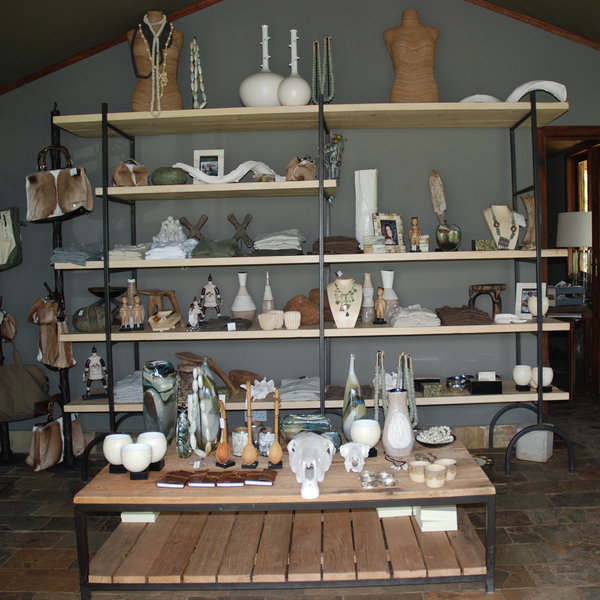
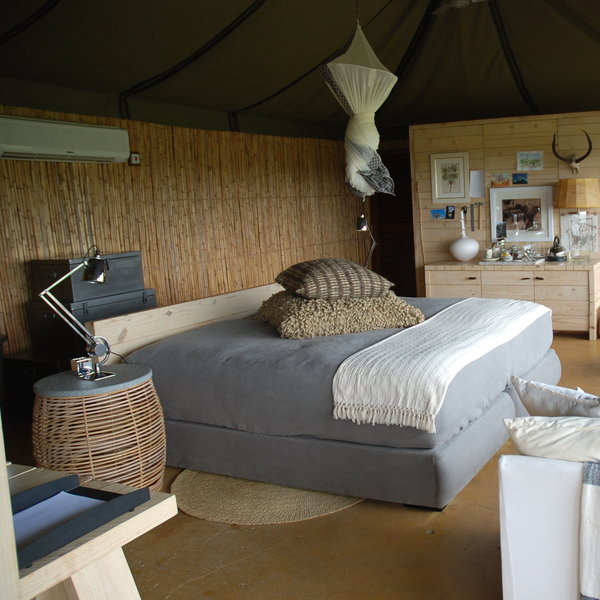
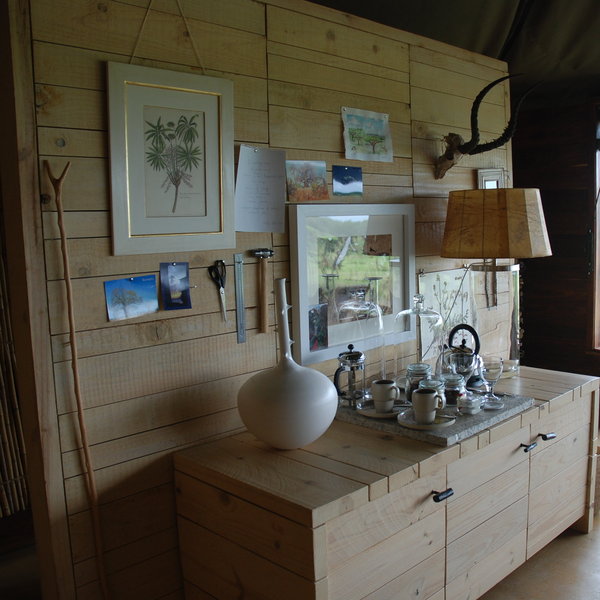
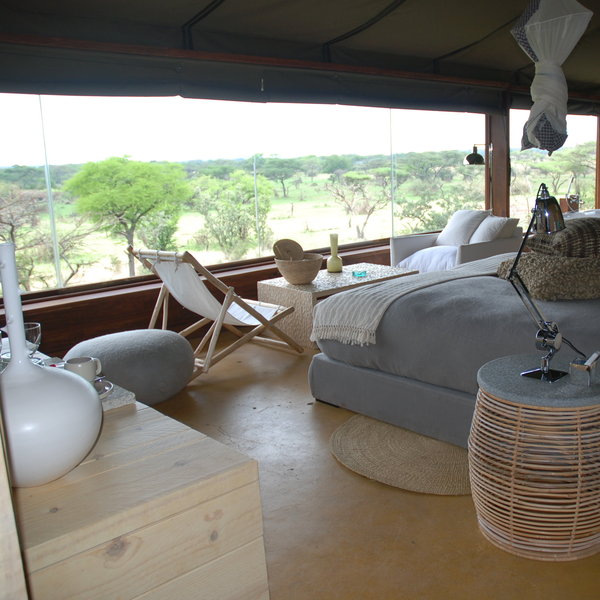
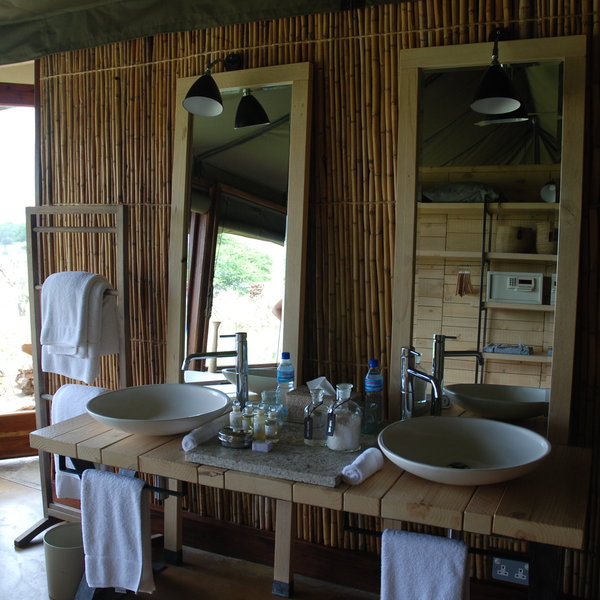
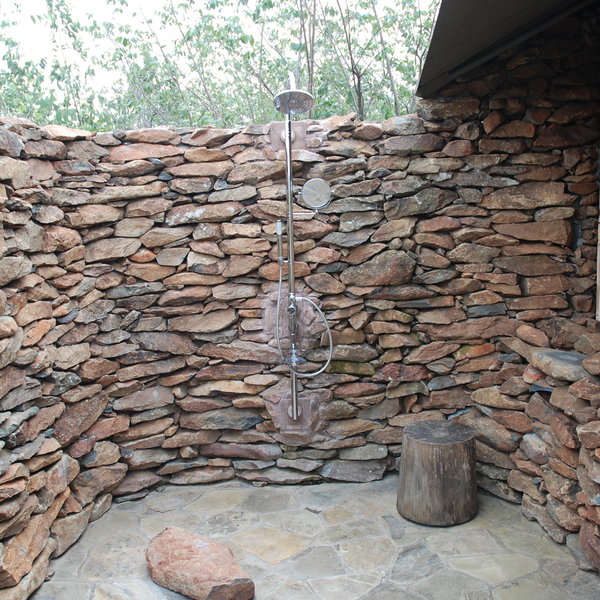
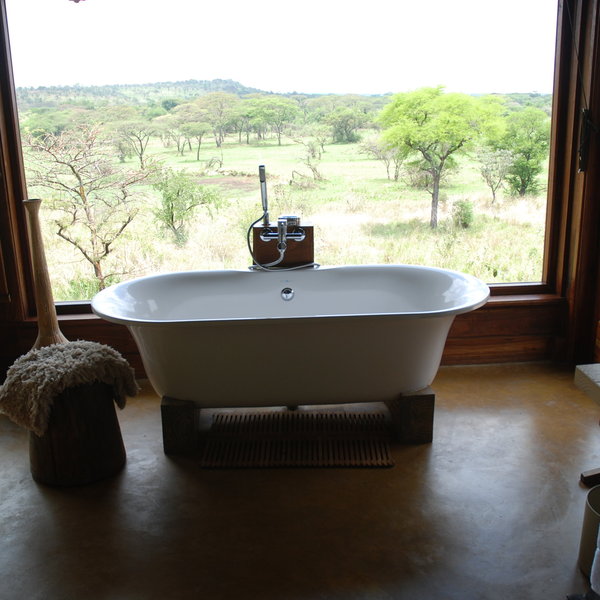
Expert Africa's gallery
When we travel we take lots of photos ourselves to give you a real and un-edited view of the safaris. See our 30 pictures and 2 videos of Faru Faru Lodge to get the candid view.
View galleryFaru Faru Lodge: Our full report
Faru Faru Lodge is the most southerly of the Singita's properties in the Serengeti, and is close to the Grumeti ...
... River and the Serengeti's Western Corridor. Having opened early in 2007, Faru Faru is also the newest of the properties here. It has views over the undulating, short grass hills of the Grumeti Reserve and is surrounded by countless acacia trees. The lodge also looks over a watering hole which is popular with the passing wildlife.
Faru Faru has an elegant and natural feel to it which is reflected largely in the main areas of the lodge. A library adjacent to the bar, dining and lounge areas is well stocked with games, DVDs, a satellite television, books, a computer with internet access and a printer – all of which are complimentary. The library is furnished in much the same way as the rest of the lodge; with plenty of wood and stone, and decorated with ornaments you would expect to find in a botanist's office. It also has large, welcoming sofas covered in scatter cushions, where you could easily while away a few hours.
The dining, bar and lounge areas all flow into one another and are built overlooking the watering hole, one of the swimming pools and the bush. The areas are cool, contemporary and effortlessly chic. It is impossible to ignore the fact that nature and the natural bush have played an enormous part in inspiring its construction. The interiors have exposed, stone floors, the walls are constructed with large nuggets of rock layered on top of each other, and wooden tables and chairs all of which shelter beneath a thick, khaki, canvas roof. Simple ornaments adorn the large wooden tables and pebble-coloured sofas align the walls looking out to the bush and over one of the swimming pools.
As you walk through the dining area you reach a second swimming pool which has been inspired by a Swahili sand beach, where you can soak up the sun from a poolside lounger or lying on the sand. After time at the pool, you can make your way up to the wooden deck and enjoy more views of the Serengeti whilst having an intimate lunch.
Faru Faru also has a small boutique style shop selling a range of African inspired jewellery, ornaments and clothing.
Faru Faru Lodge has been designed cleverly, so although it's quite large, it's very easy to find a quiet, undisturbed corner to be on your own. Beyond the central lounge and dining areas, sloping walkways lead through the bush to the bedrooms, the swimming pools, a firepit and an elevated deck. All of these outdoor areas have quite a tropical feel to them – they are shaded by wooden canopies and trees and surrounded by the green bush. (This was green even though we last visited here at the height of the dry season, at the end of September!)
Faru Faru, which means 'rhino', has been based on a 1940s/50s style botanist camp. There are copies of nature books and test tube-like vases in most of the rooms, instruments and botanical prints hanging on the walls, and each bedroom has a telescope. Having said that – it has been designed in an essentially minimalist, modern way; it has a far more contemporary and stylized feel than its sister lodges, Sabora Plains and Sasakwa.
Between about June and late-August, Faru Faru is surrounded by the great migration, as it munches its way north through the reserve's lush grasses. Because of its proximity to the watering hole and the Grumeti River, it makes a wonderful base from which to view the countless herds that pass by. Whilst Faru Faru makes a wonderful safari lodge during the migration, it is also a good lodge to visit at other times of year. Grumeti Reserve has many kopjies and ravines, and thus permanent populations of game. If you enjoy walking, then during the long dry season, from July to November, guided walks in the dry bed of the Grumeti River are a big attraction.
Activities
4WD Safari
Birdwatching
Guided walking safari
Hot air ballooning
Night drive
Private activities
Families & children
- Attitude towards children
- Children of all ages are welcome as long as they are under constant parental supervision.
- Property’s age restrictions
- None
- Special activities & services
- There are no special services for children at Faru Faru.
- Generally recommended for children
- Yes – as long as they are under supervision. As Faru Faru is such an intimate and peaceful lodge we recommend only more mature children stay here (12 upwards).
- Notes
- There are two pool areas that children can use but under supervision. There is also a large library with satellite television, DVD's, games, books, a computer and a printer.
Food & drink
- Usual board basis
- Full Board & Activities
- Food quality
- Breakfast - Before heading out on early morning game drives, coffee and a light snacks (muffins, rusks and the like) are served in the lounge. When you return in mid-morning, there's usually a proper breakfast with fresh fruits, cereals, toast, etc - and/or a cooked breakfast made to order, and served to your table.
Lunch - The last time we visited Faru Faru we had a very tasty lunch, sitting on the elevated deck, overlooking the bush. We started with a cold pear and champagne soup accompanied by warm, home-made bread and followed with a delicious, tapas-style, hot meat and vegetable platter and an assortment of fresh salads. All of the food was served in beautiful blown glass dishes by charming staff.
Dinner – In the main dining room, this is a ¾-course meal served to your table, although if you prefer a private, candle-lit venue, then you can opt to have it brought to your room's private verandah.
Meal times at Faru Faru can be flexible and work around you and your safari activities. The lodge is very happy to cater for all tastes and ages as long as they have prior notice. - Dining style
- Individual Tables
- Dining locations
- Indoor and Outdoor Dining
- Further dining info, including room service
- Yes - Faru Faru can arrange for you to have meals on your private verandah on request.
- Drinks included
- Most drinks are included at Faru Faru, except champagne, premium wines and spirits, which are priced as extras and charged separately for in the lodge.
Our travellers’ wildlife sightings from Faru Faru Lodge
Since mid-2018, many of our travellers who stayed at Faru Faru Lodge have kindly recorded their wildlife sightings and shared them with us. The results are below. Click an animal to see more, and here to see more on our methodology.

100% success

100% success

100% success

100% success

100% success

100% success

100% success

100% success

100% success

100% success

0% success

0% success

0% success

0% success

0% success

0% success

0% success

0% success
Getting there
- Location
- Serengeti Migration Area, Tanzania
- Ideal length of stay
- Typically 2-4 nights would be ideal at Faru Faru.
- Directions
- Faru Faru Lodge is about 1½ hour's flight from Kilimanjaro. There is an airstrip based near Sasakwa for charter flights.
- Accessible by
- Fly-and-Transfer
Special interests
- Riding safaris
- Faru Faru Lodge is a sister lodge of Sasakwa, and you can use the riding facilities there. It has magnificent horses that cater for intermediate to experienced riders (14 years and over) and they will take you out on guided rides lasting up to several days.
- See ideas for Riding safaris in Tanzania
- Wildlife safaris
- Wildlife around Faru Faru is good throughout the year, with plenty of resident game. The lodge is also on the migratory route for the thousands of animals that make their way north across the Serenegti during June – August. The water hole also attracts game in view of the lodge.
- See ideas for Wildlife safaris in Tanzania
- Luxury safaris
- A very private safari retreat in the western Serengeti, Faru Faru Lodge offers a close connection to the wilderness with a real feeling of exclusivity. Luxurious features like infinity pools and rooms appointed with Swarovski telescopes reflect a modern take on tented safaris.
- See ideas for Luxury safaris in Tanzania
Sustainability
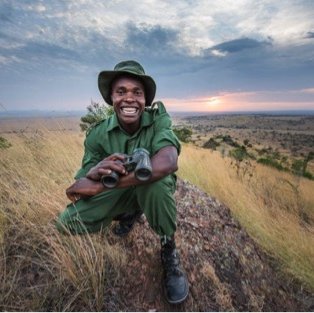
Anti-poaching educational visits to wildernes
Faru Faru is one of the twelve award-winning eco-lodges owned by Singita Conservation Company, where conservation efforts are supported by three pillars: biodiversity, community and sustainability. Dedicated to the on-going preservation of the African wilderness, Faru Faru is one of the most active supporters of Singita’s anti-poaching programme.
With an increasing value for animal products such as rhino horn, elephant ivory and lion bone, the number of poaching incidents is rapidly soaring. Singita Anti-Poaching Unit was established to combine advanced technology with the efforts of over 100 game scouts to protect the diverse wildlife in the conservancy. To support the initiative, Faru Faru aims to educate tourists about the challenges of fighting the human-wildlife conflict by offering them a chance to visit one of the anti-poaching observation posts. There, guests have a unique opportunity to meet the Singita Grumeti Fund game scouts, see the way they live and how they work to protect the area from illegal poaching activities.
Looking into the future, Singita Grumeti Fund has plans to keep on using the most advanced technology to help it in its anti-poaching efforts. For this, it plans to buy a number of drones that will be used for surveying areas where illegal poaching might be taking place. Through the visits offered by Faru Faru, guests get an immersive experience by spending a day close to the game scouts. Most importantly, by understanding the incredible efforts of the conservation team, they can choose to support the camp’s future investments, and therefore donate for the drone programme.
See more great sustainability projects in Tanzania
Communications
- Communications
- There are internet phones in each room and guests can use these to phone internationally with compliments of the lodge.
Wireless internet is installed in the library. - TV & radio
- There is satellite television in the library.
Health & safety
- Malarial protection recommended
- Yes
- Medical care
- There is a resident paramedic at Faru Faru and they have links to the Flying Doctor.
- Dangerous animals
- High Risk
- Security measures
- There are guards at night to escort guests from their rooms to the dining / bar area and back.
- Fire safety
- There are fire extinguishers around the property and some staff are trained to use them.
Useful info
- Disabled access
- On Request
- Laundry facilities
- Laundry is included at Faru Faru. If collected in the morning, it will be ready by the same evening – weather permitting.
- Money
- Faru Faru accept US$, Euros and Tanzanian Shillings.
- Accepted payment on location
- Faru Faru accept American Express, Visa and Mastercard and currently don't charge commission. They do not accept Diner's Card.
Plan and book your trip with Expert Africa
All of our trips are tailor-made, so we'll always adapt them to suit you. Talk to an Expert and let us plan and arrange your perfect trip.

Talk to an Expert
Call or email us now! We’ll match you with the Specialist in our team who is best suited to help you. Then together we can start planning your trip.

Set up your itinerary
Based on our experience and your ideas, your specialist will create a detailed, costed itinerary. We’ll refine it together, until we have a trip that you’re perfectly happy with.

Prepare for your trip
The same Specialist will make the seamless arrangements for your trip, send you detailed travel documents, and be available to answer any questions before you depart.

Travel with peace of mind
After you set off, you’ll be cared for by our partners in Africa, most of whom have worked with Expert Africa for decades. And if you ever need us urgently, we’re available 24/7.

When you return
We love to learn about your trip, and so will always be grateful if you’ve the time to give feedback to your Specialist when you return.
Faru Faru Lodge's location
Look closer at the environment and surroundings of Faru Faru Lodge.
Excursions from Faru Faru Lodge
Optional extra day-trips and excursions possible whilst you're staying at Faru Faru Lodge. Talk to us: these are usually best arranged before you go.
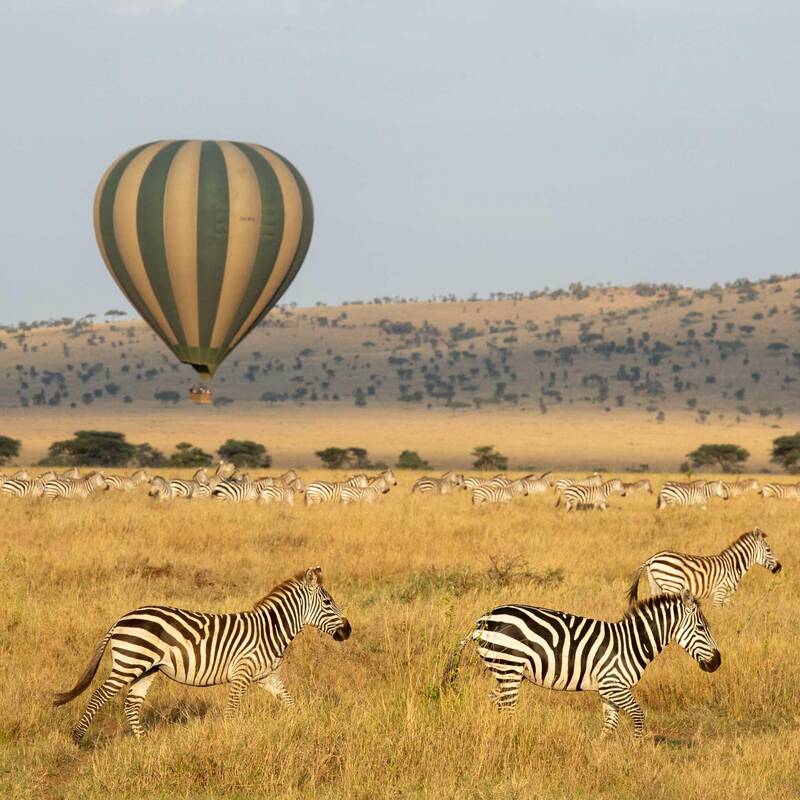
Balloon Safari over the Serengeti
Three hours - approx. one hour flight
As the sun rises over the Serengeti National Park in northern Tanzania, climb aboard for an extraordinary adventure. For an hour you’ll float in a hot air balloon over beautiful savannah and woodland and a diversity of plains wildlife.
More about Balloon SafariOther lodges in Serengeti Migration Area
Alternative places to stay in this same area.
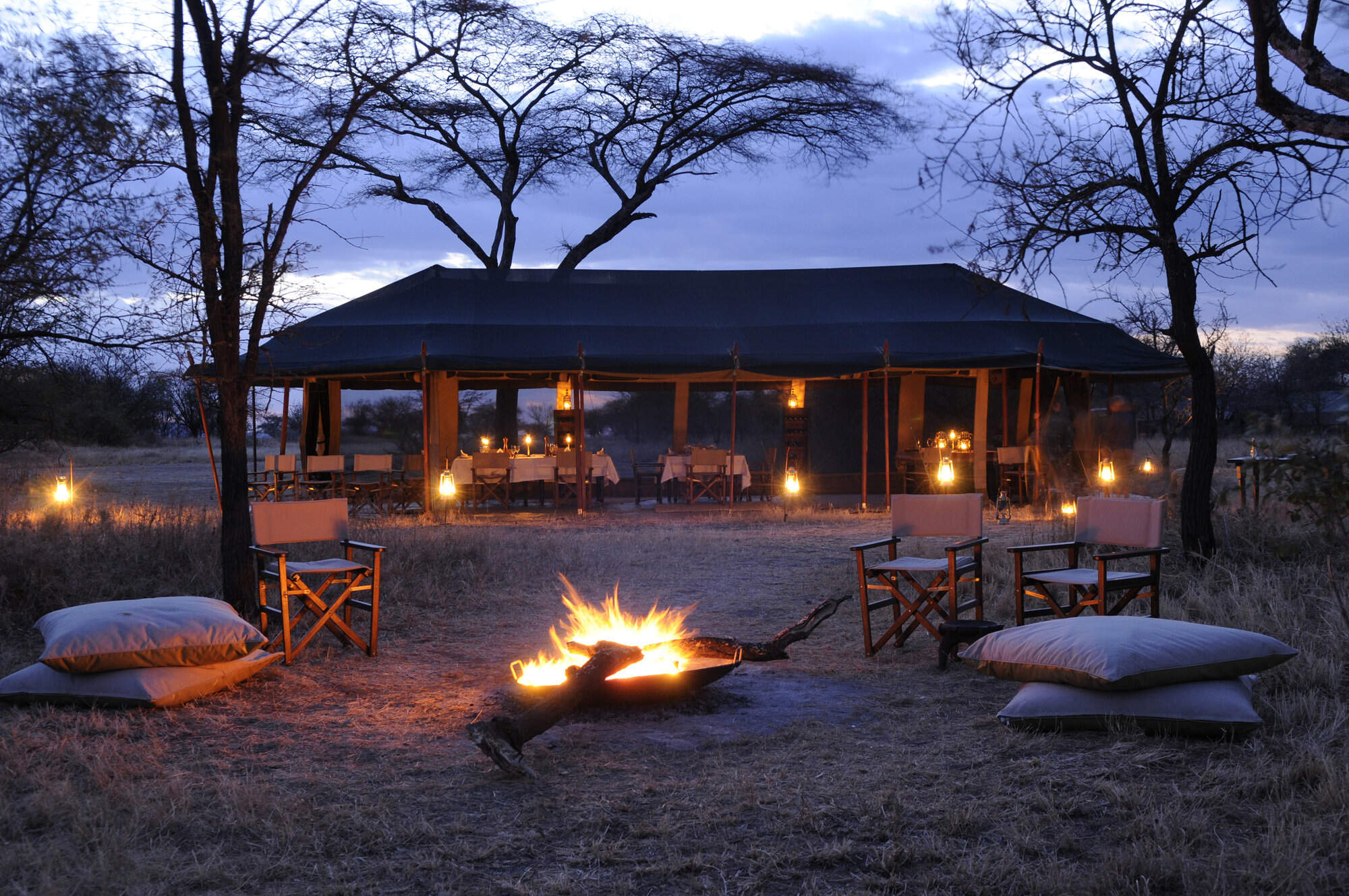
Olakira Camp
Comfortable, friendly and relaxed, Olakira Camp moves between the Mara River and the southern Ndutu area, in line with the wildebeest migration.
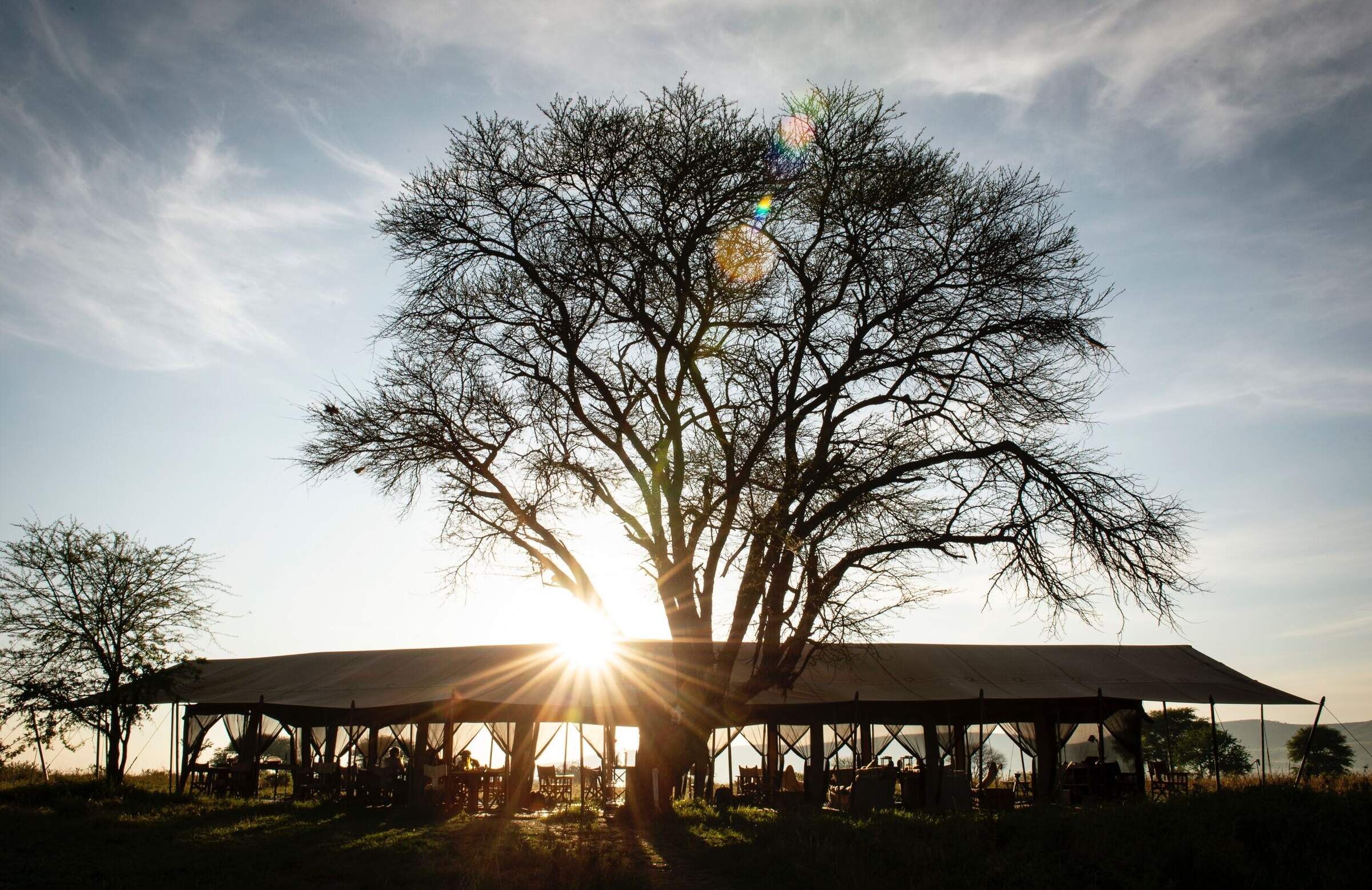
Nomad Serengeti Camp
Serengeti Safari Camp is a well-appointed tented camp that moves several times a year to follow the predicted path of the migration.
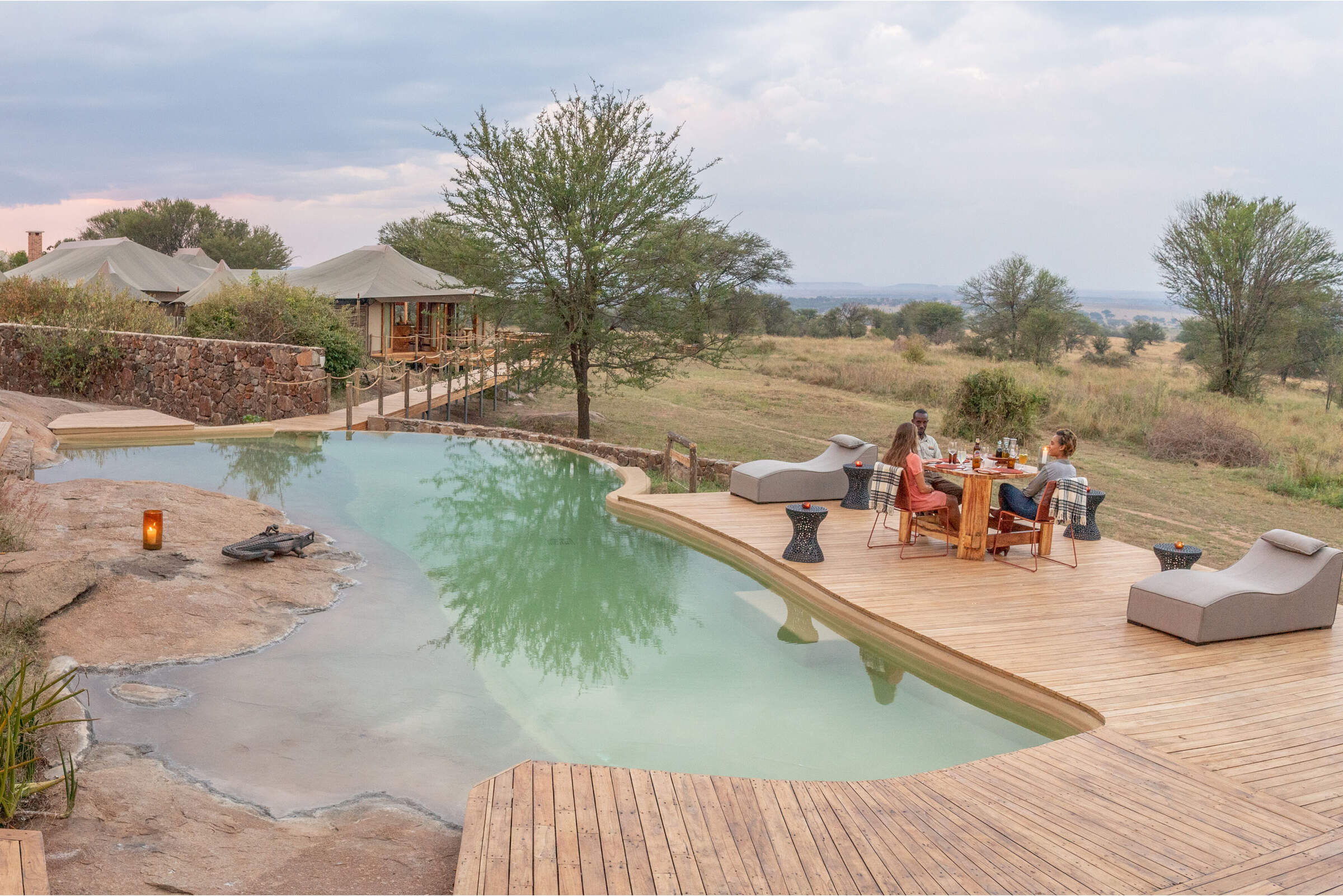
Sayari Camp
In the northern Serengeti, near the Mara River, luxurious Sayari Camp offers excellent wildife all year – boosted further by the wildebeest migration.
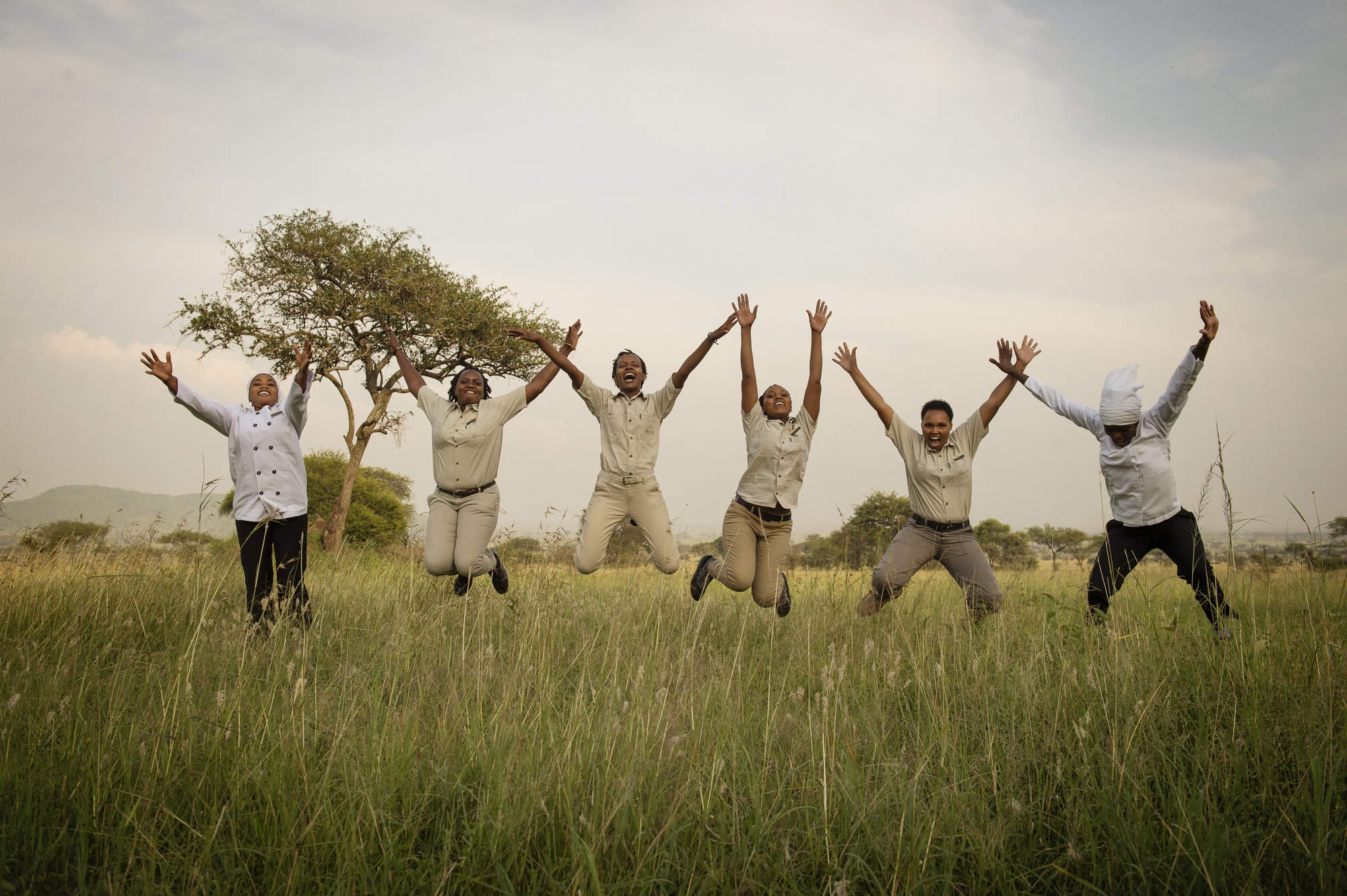
Dunia Camp
Dunia Camp is well located for the migration from December to March, and has excellent game viewing for the rest of the year.
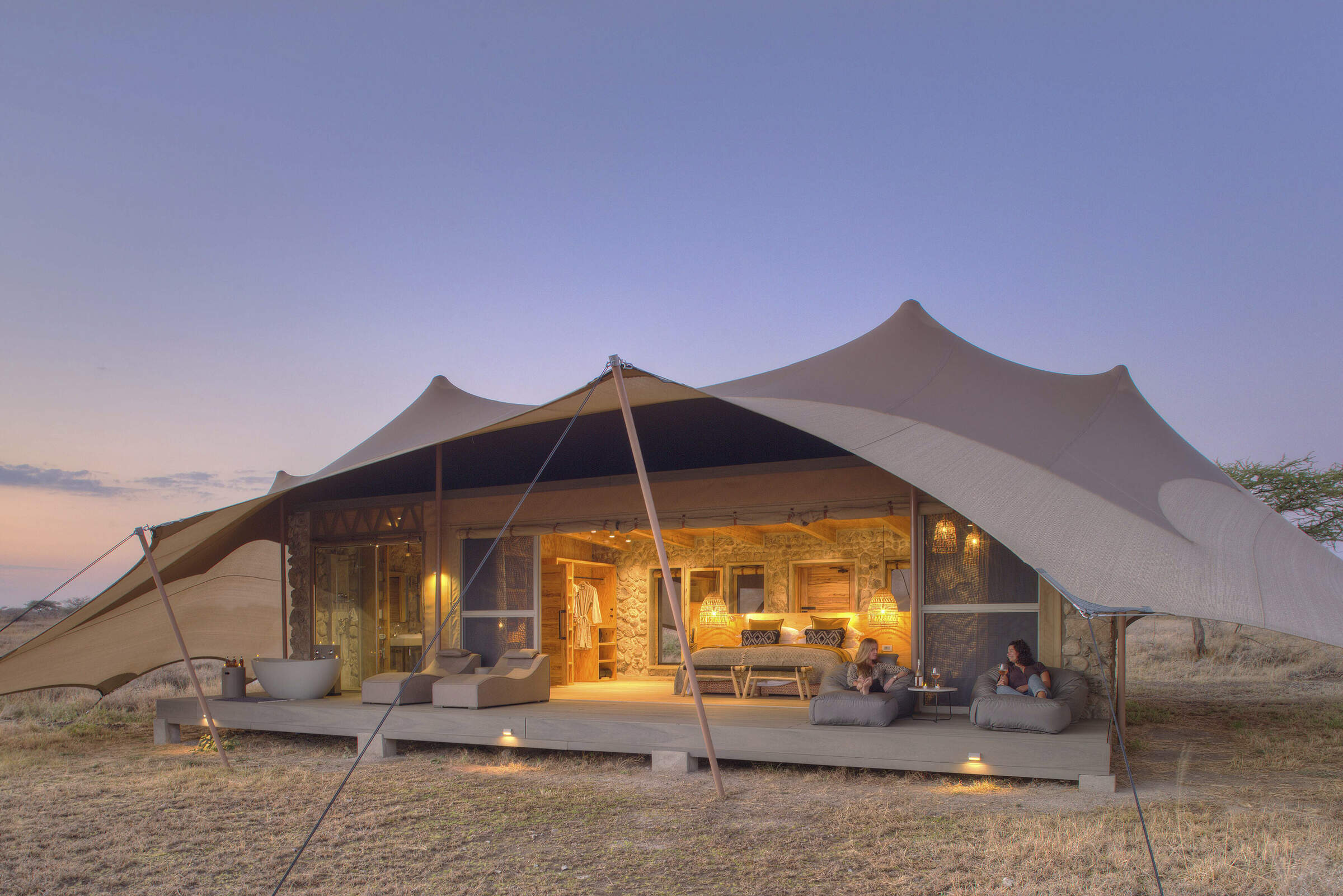
Namiri Plains Camp
Namiri Plains is one of the best camps in the Serengeti and its remoteness ensures a fantastic wildlife experience away from the crowds.
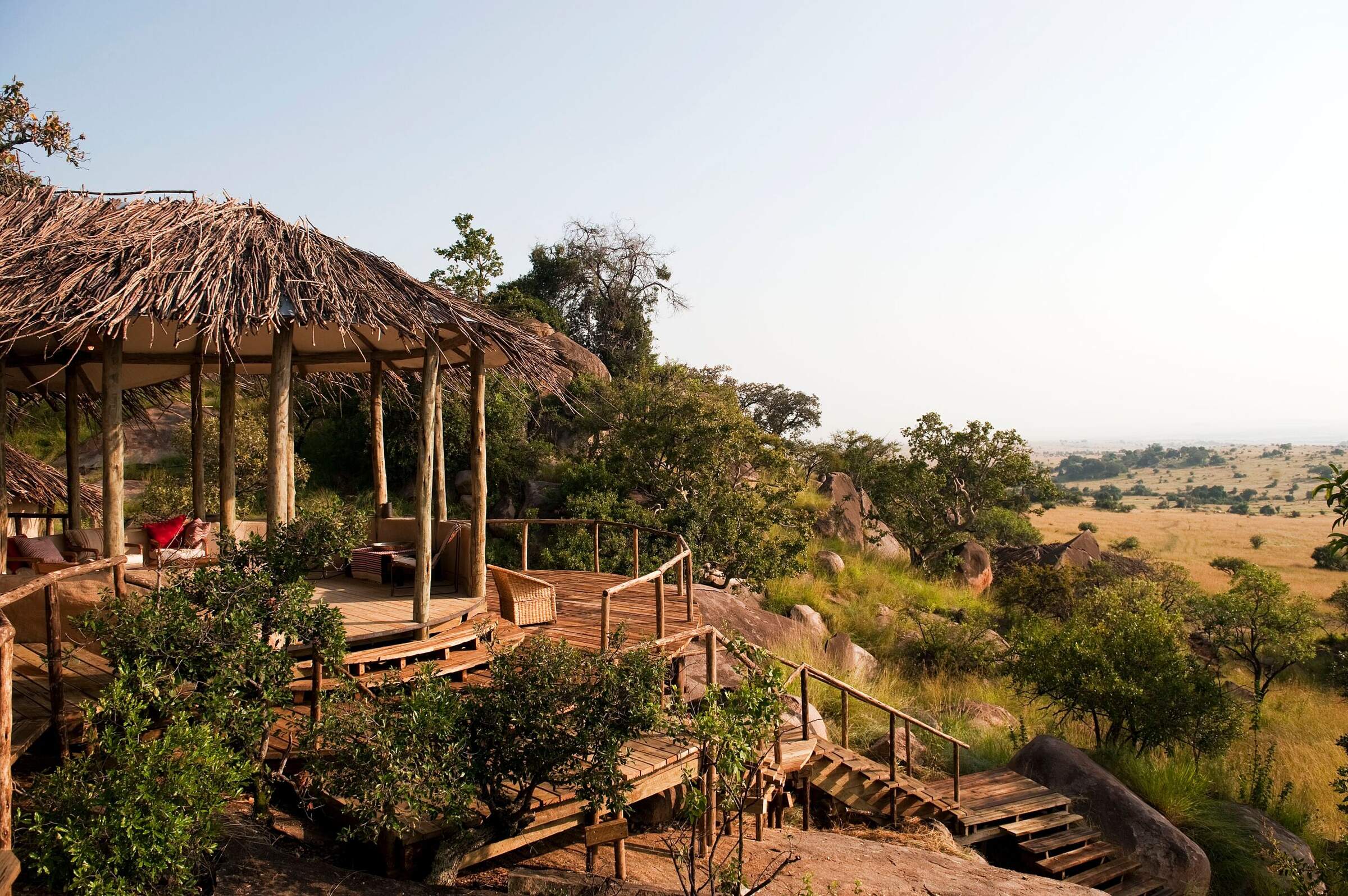
Lamai Serengeti
Set high in the kopjes with fantastic views, Lamai Serengeti offers top service and guiding and good migration sightings from Jul-Oct.
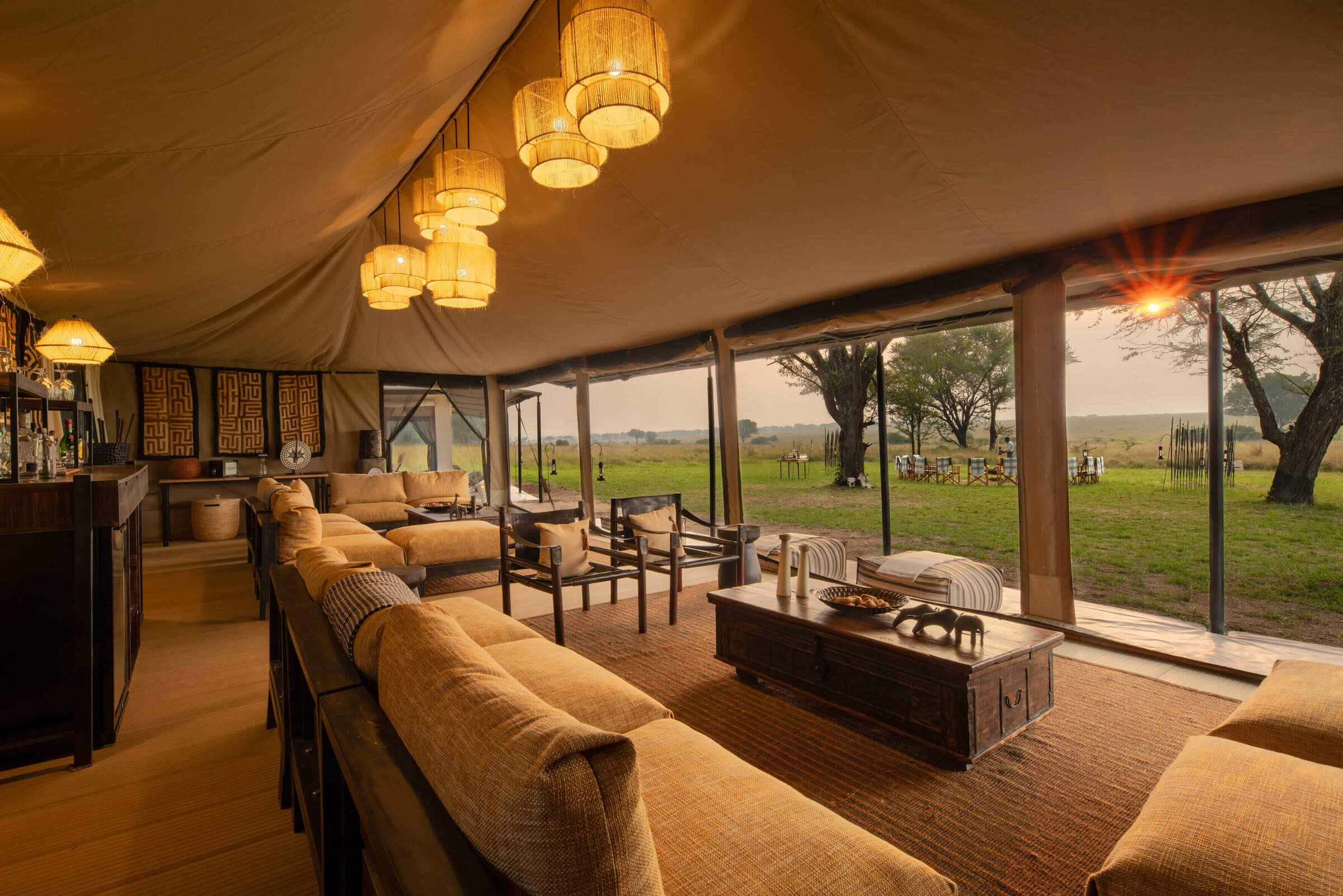
Ubuntu Camp
Ubuntu Camp has several locations in the Serengeti, following the wildebeest migration, so it is often in a great location to see the herds.
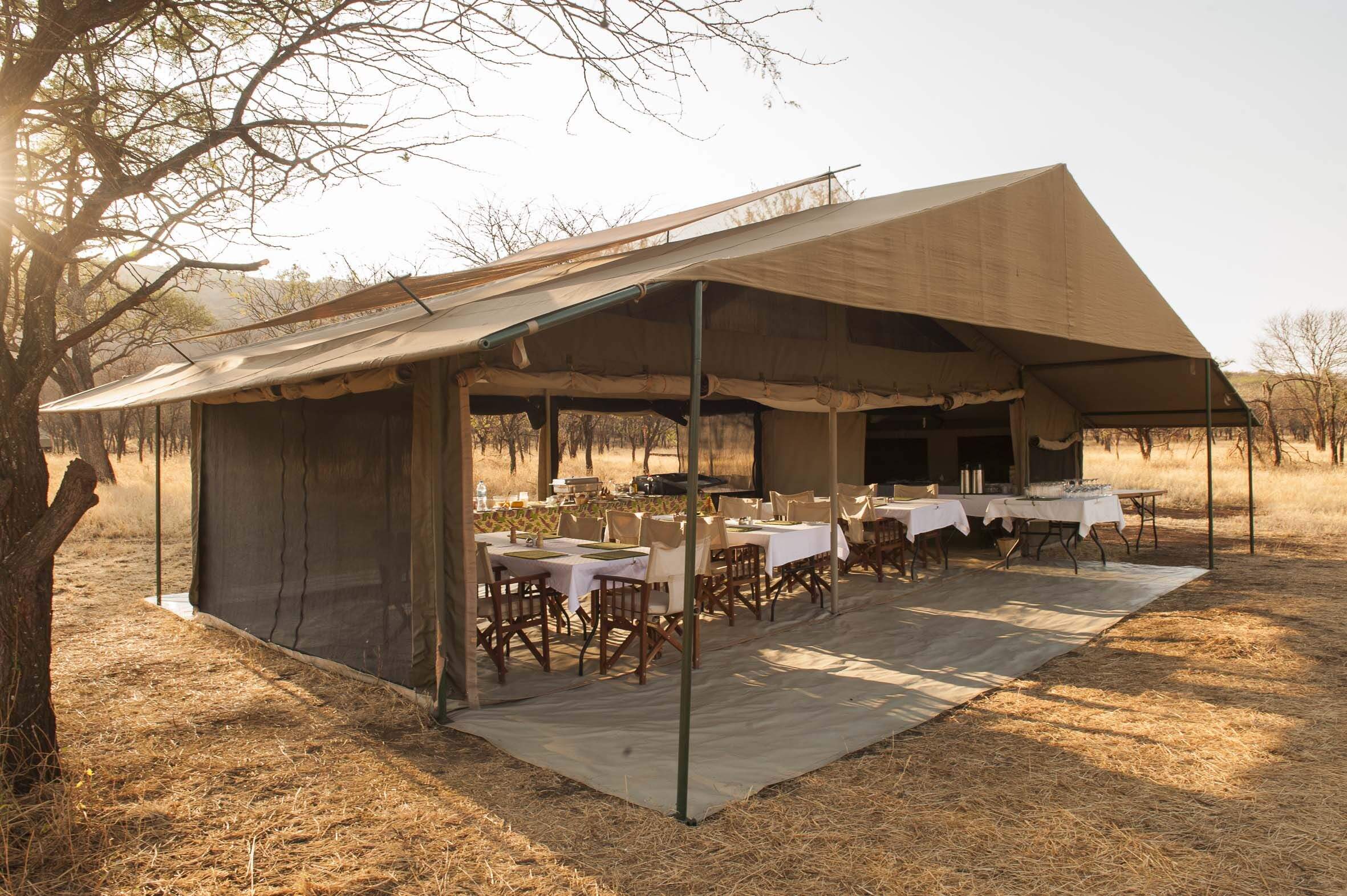
Kati Kati Camp
Kati Kati is a small, very simple bushcamp, which is well-positioned to explore the wildlife-rich Seronera area.
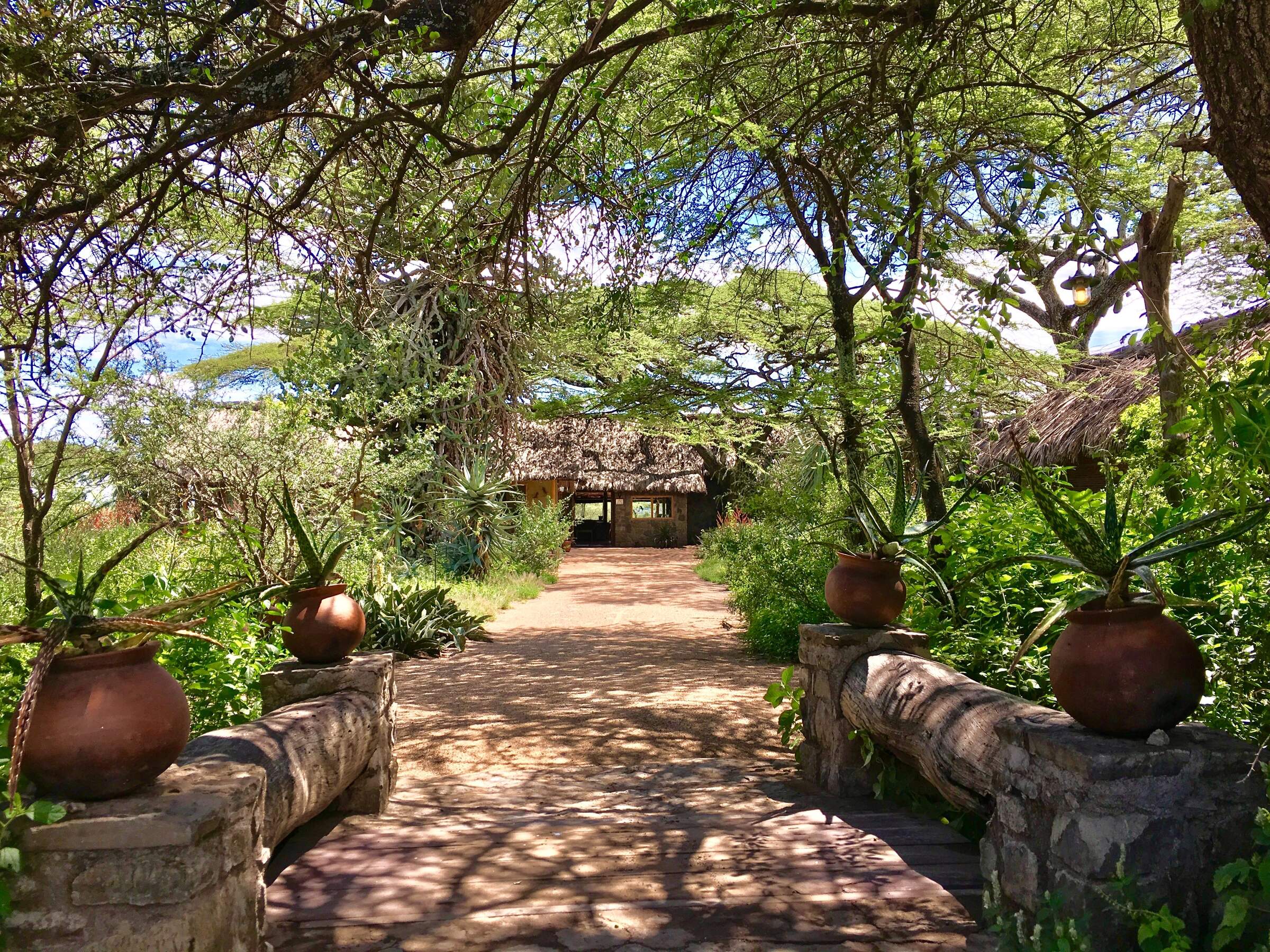
Ndutu Safari Lodge
Large and economical, but not luxurious, Ndutu Safari Lodge is well located in the southern Serengeti, so book early to get space.
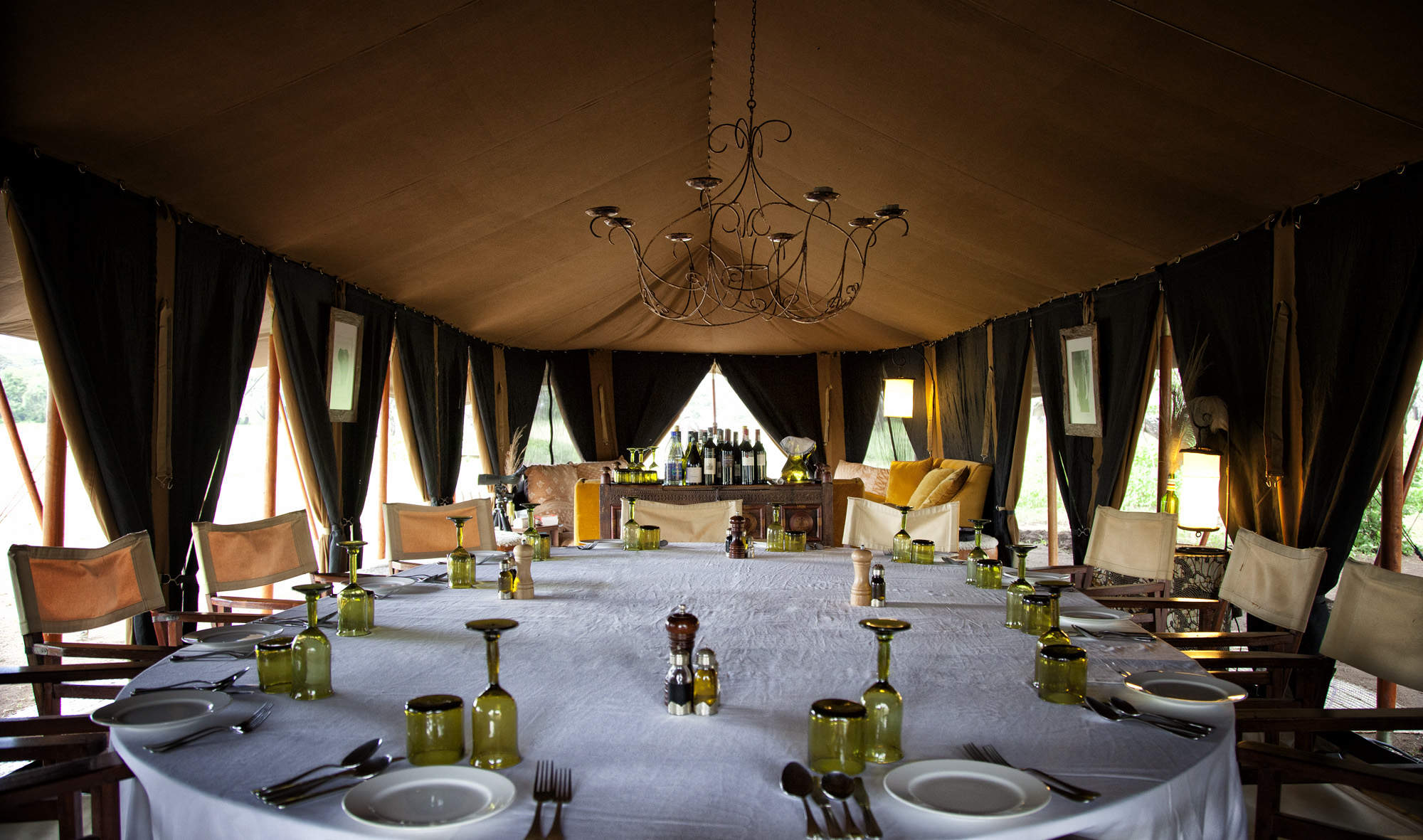
Serian Serengeti
Serian Serengeti is a mobile tented operation run by Alex Walker which moves between two locations following the wildebeest migration.
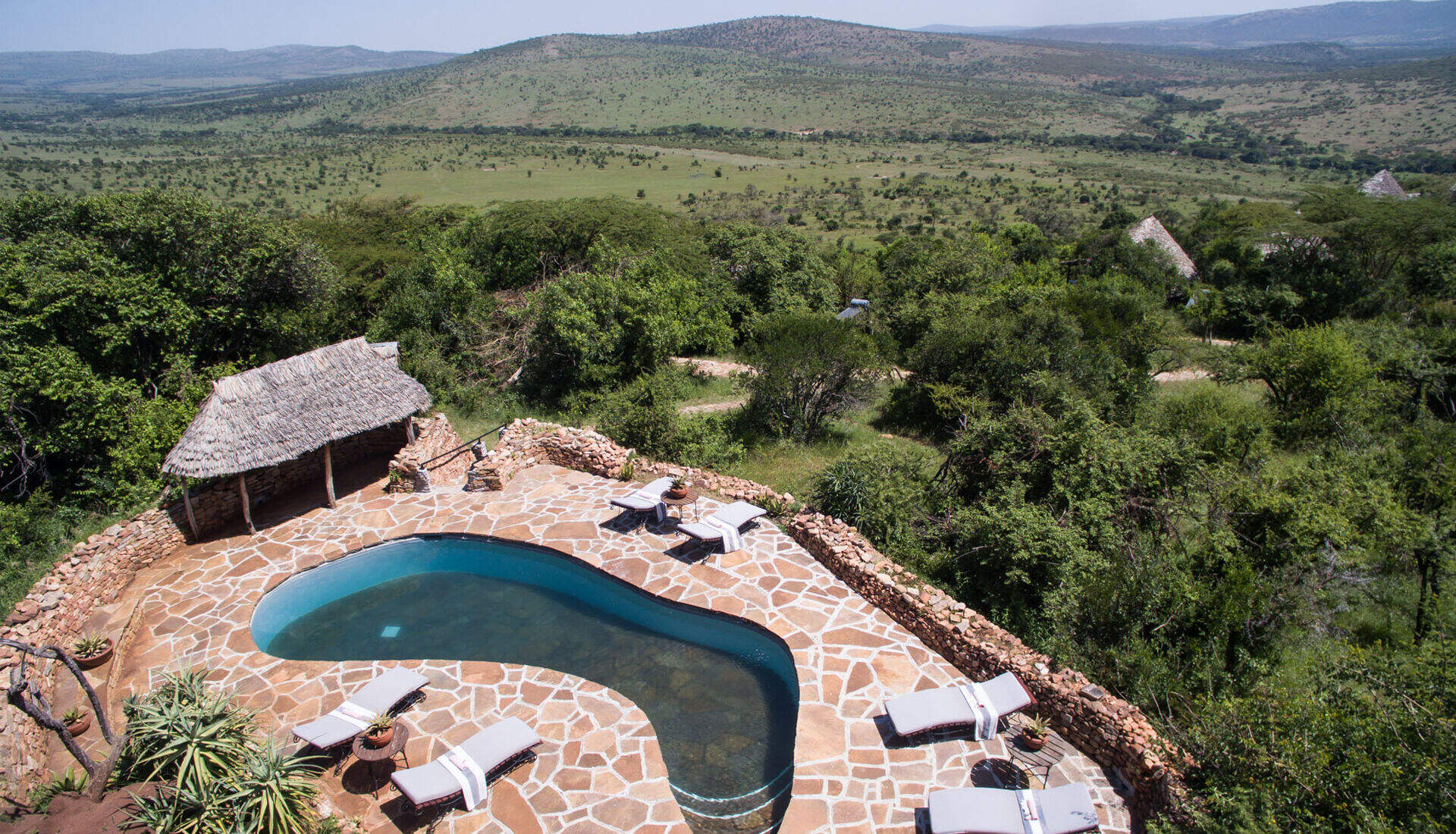
Klein's Camp
Klein's Camp, in a private area of the northern Serengeti, sets high standards. Activities include walks, nights drives and Maasai village visits.
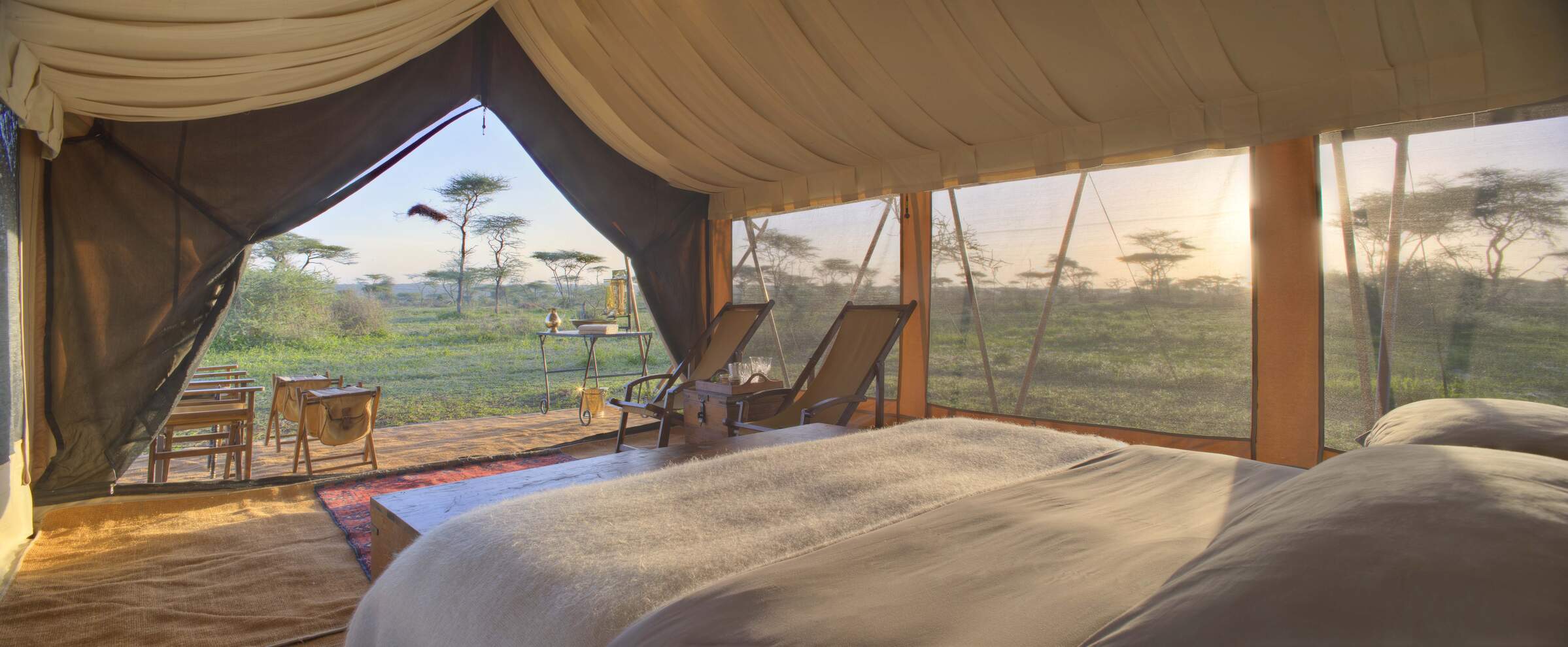
Serengeti under Canvas
Two of the three Serengeti under Canvas camps move through the Serengeti National Park every few months to follow the wildebeest migration.
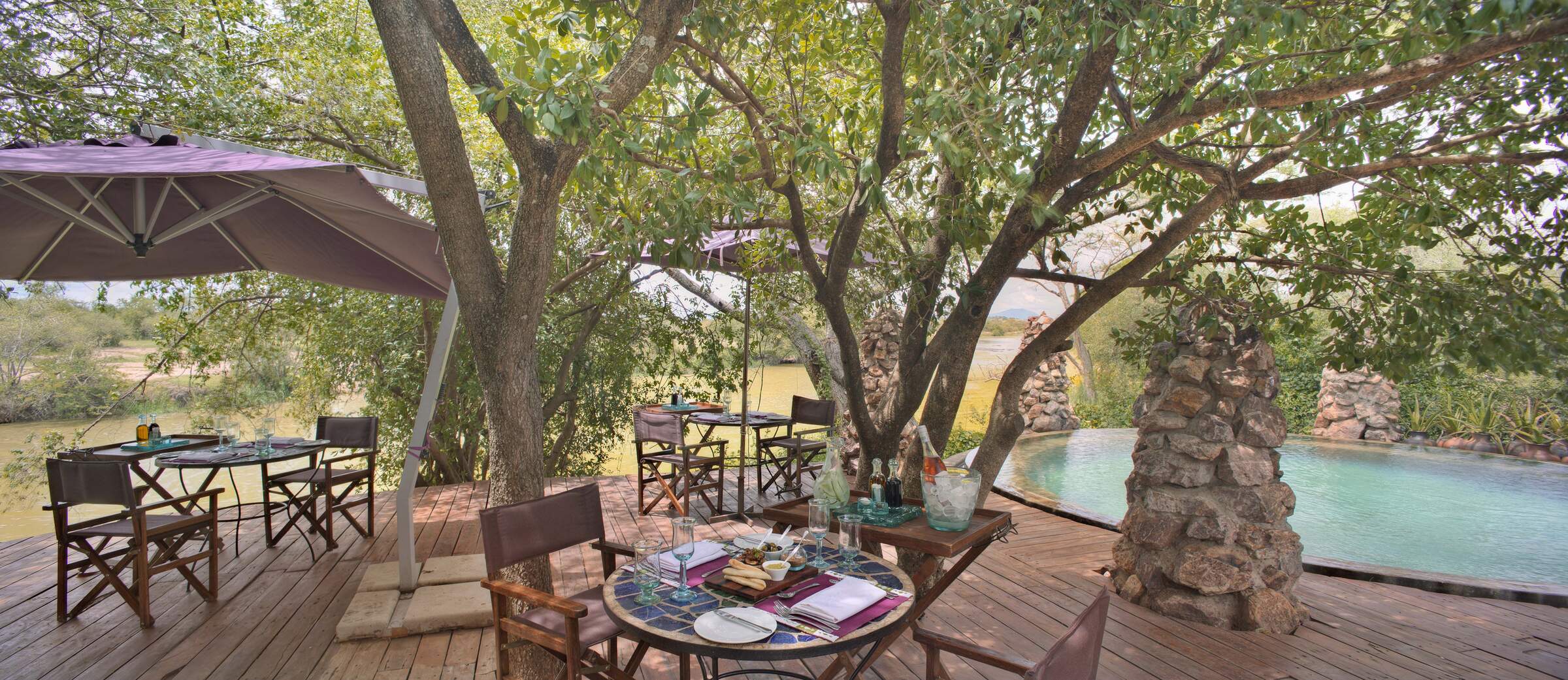
Grumeti River Camp
Grumeti River Camp offers a laid-back atmosphere combined with top service, first-rate food, expert guiding and an excellent location.
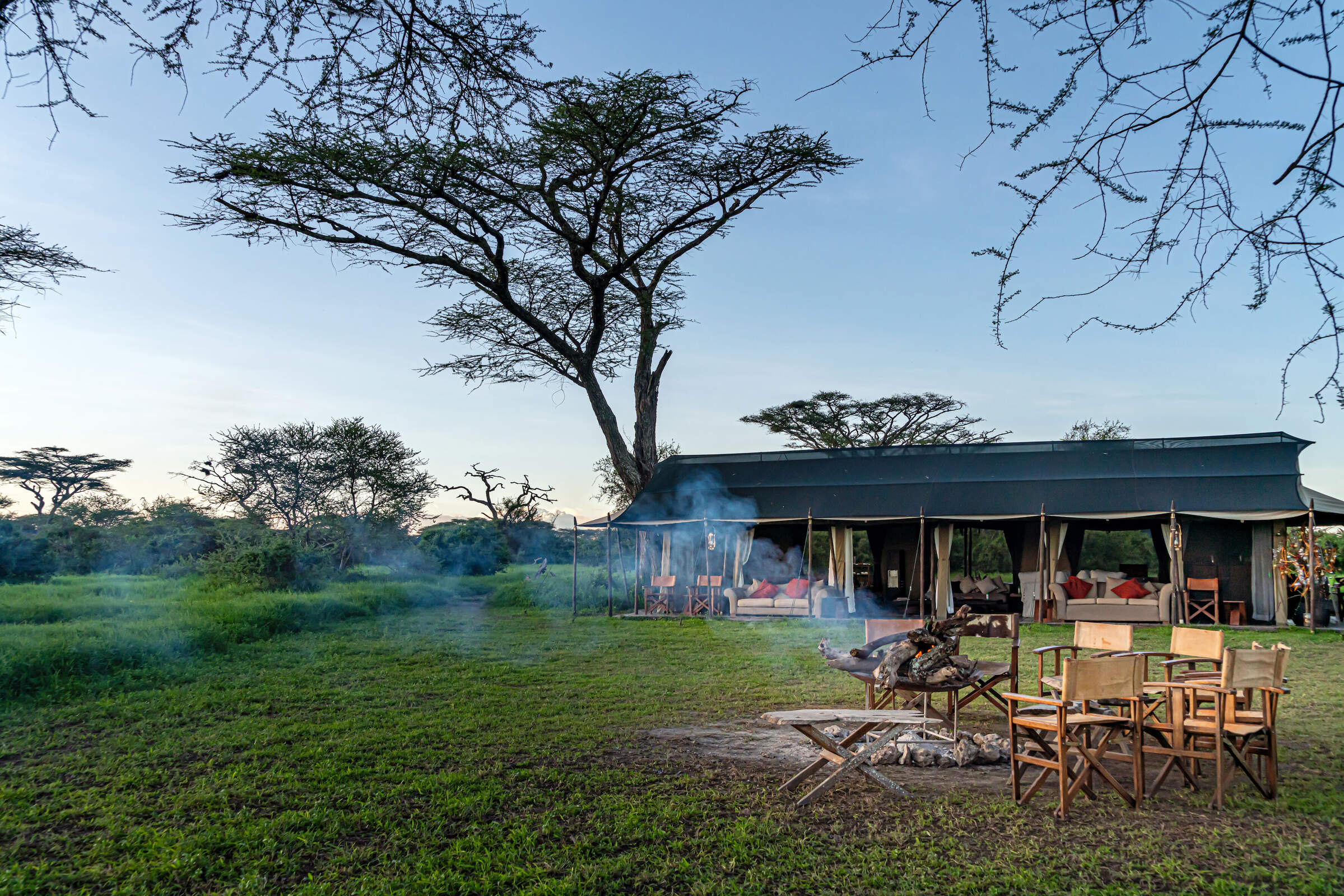
Lemala Mara-Ndutu
Lemala Mara-Ndutu is a semi-permanent camp that moves between the north and south of the Serengeti to witness the wildebeest migration.
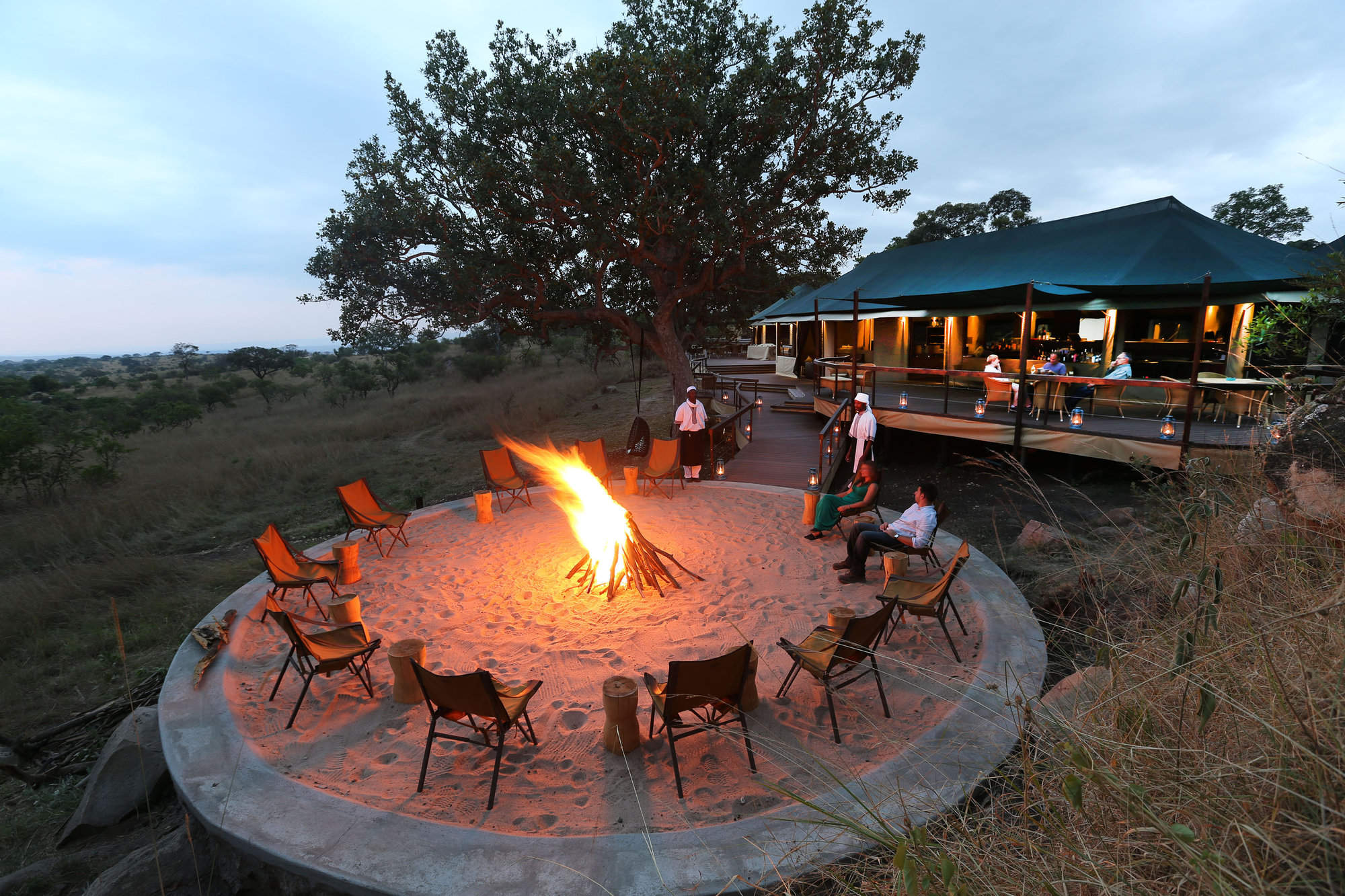
Lemala Kuria Hills
Lemala Kuria Hills is a luxury permanent camp that is ideally located for wildlife all year around, but especially during the wildebeest migration.
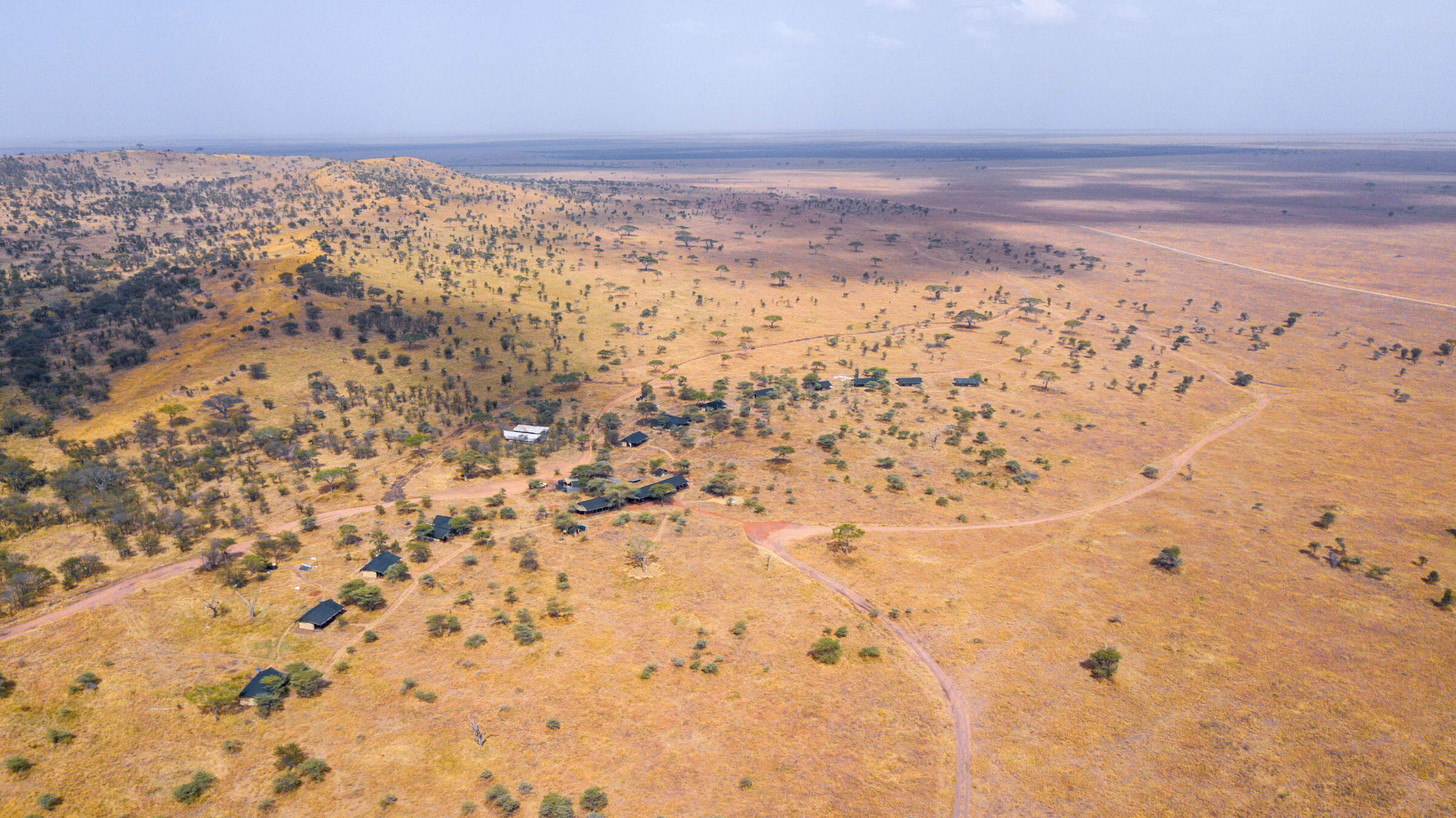
Lemala Ewanjan
Lemala Ewanjan is a comfortable and stylish tented camp in the Seronera area of the central Serengeti National Park.
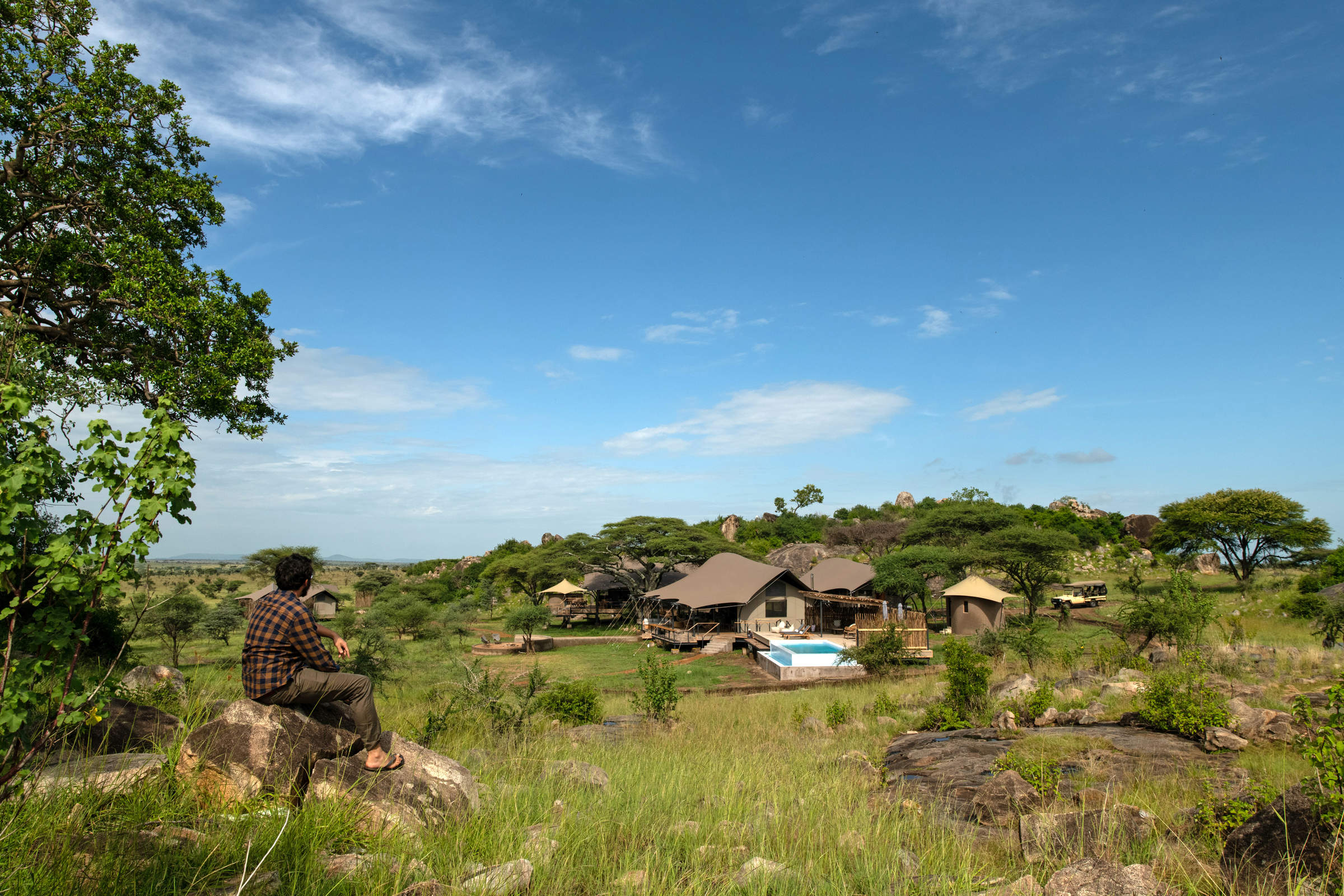
Lemala Nanyukie
Lemala Nanyukie is a stylish camp located in the quieter part of the central Serengeti.
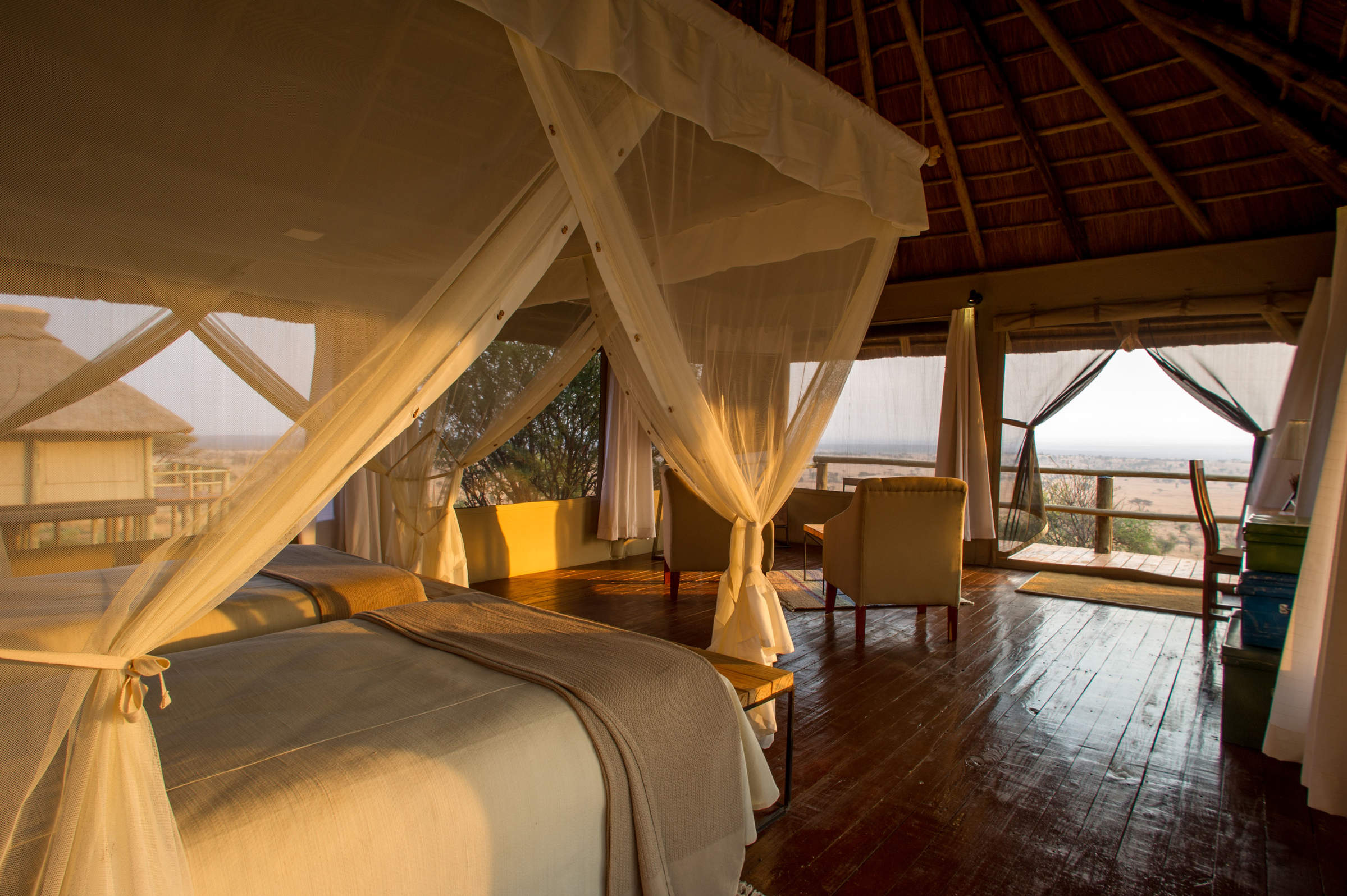
Kubu Kubu
Kubu Kubu is a contemporary, tented lodge, well located in the central Seronera area of the Serengeti National Park.
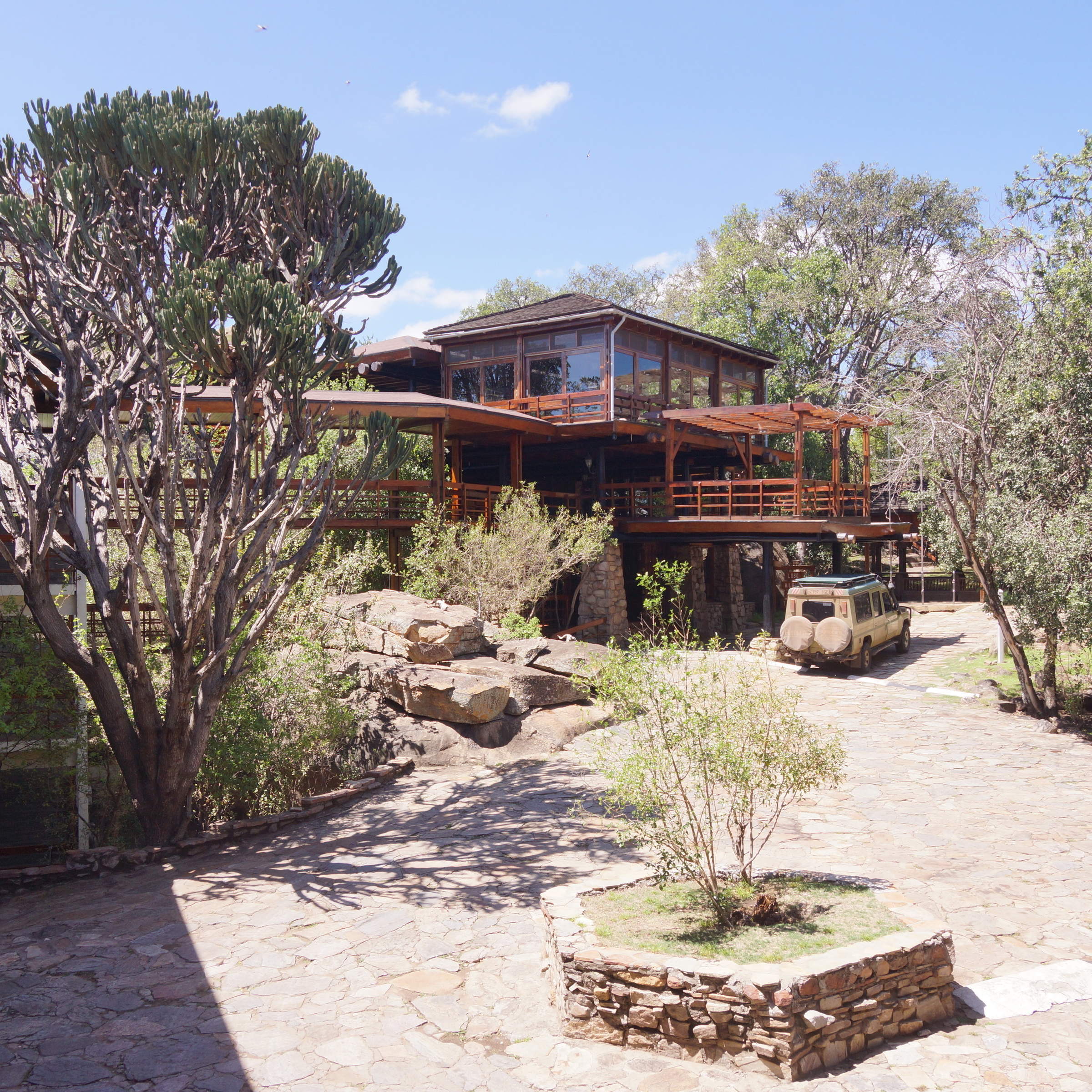
Lobo Wildlife Lodge
The large Lobo Wildlife Lodge has simple, functional rooms in a stunning location. It's a good base for exploring the north-eastern Serengeti.
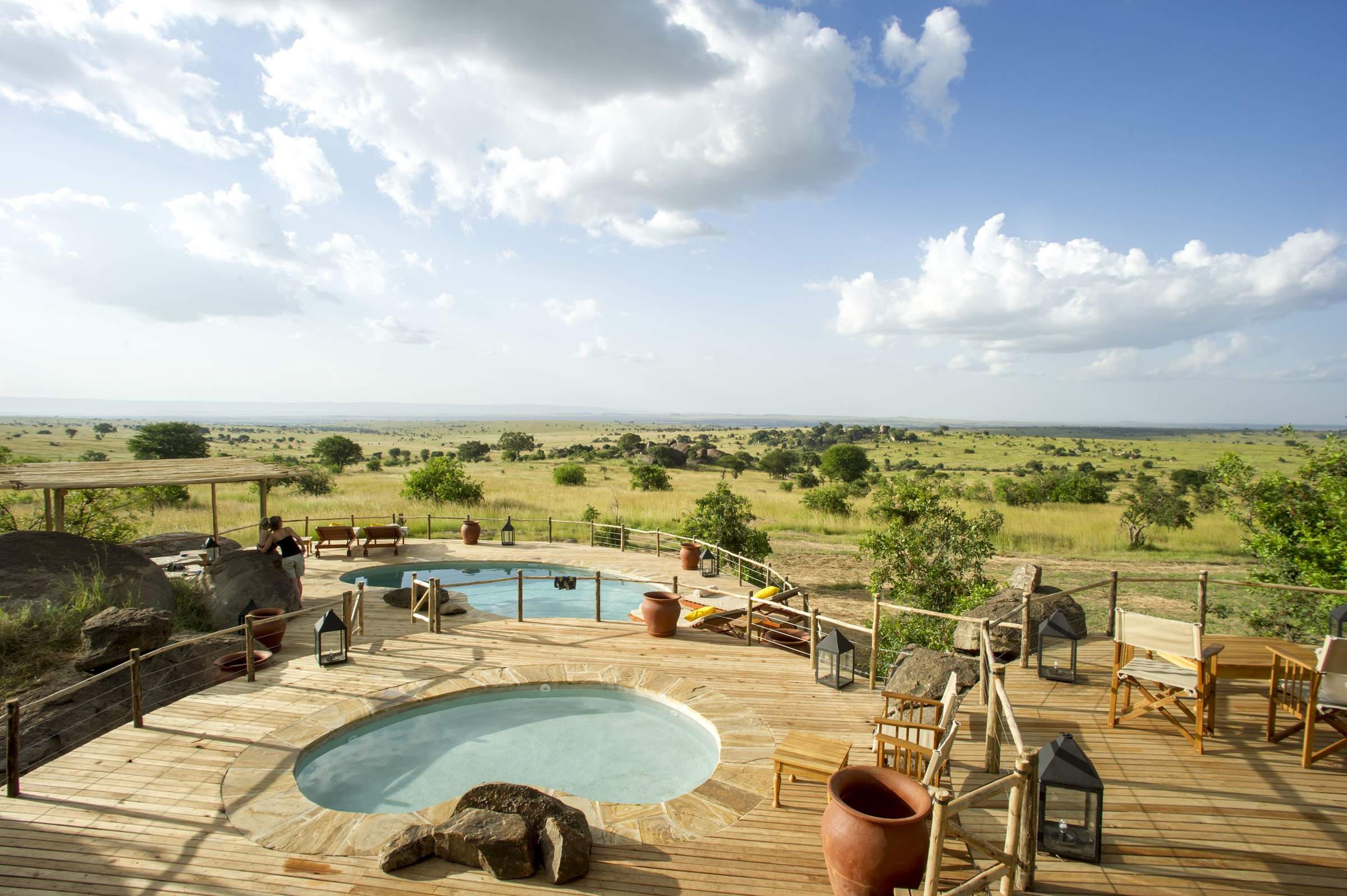
Mkombe's House Lamai
Mkombe's House Lamai is a fully staffed private house in the Wogakuria Kopjes district of Serengeti National Park.
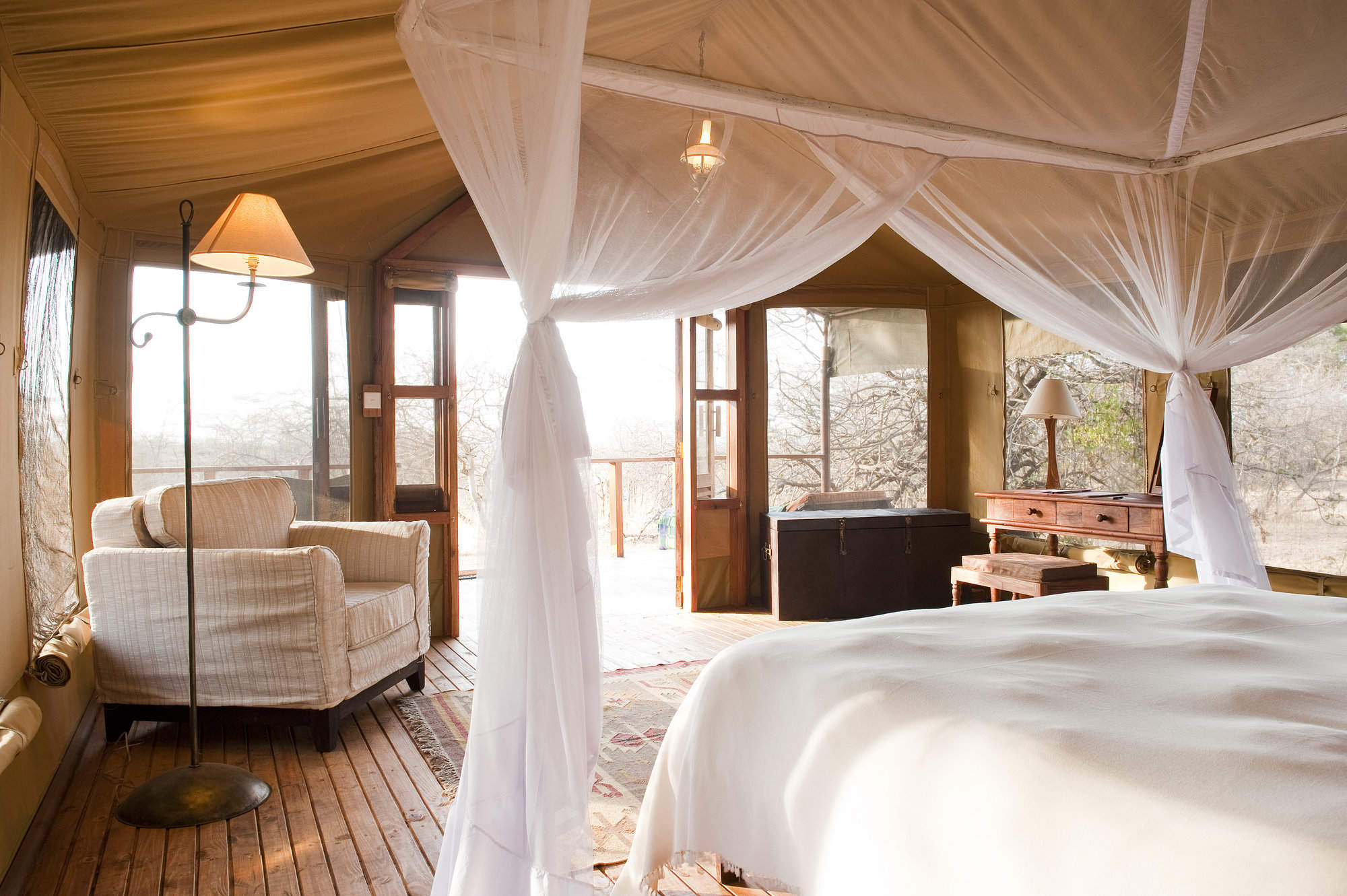
Kusini Camp
Kusini Camp is permanent, luxury camp located on a beautiful kopje in a quiet, wildlife-rich corner of the south-west Serengeti.
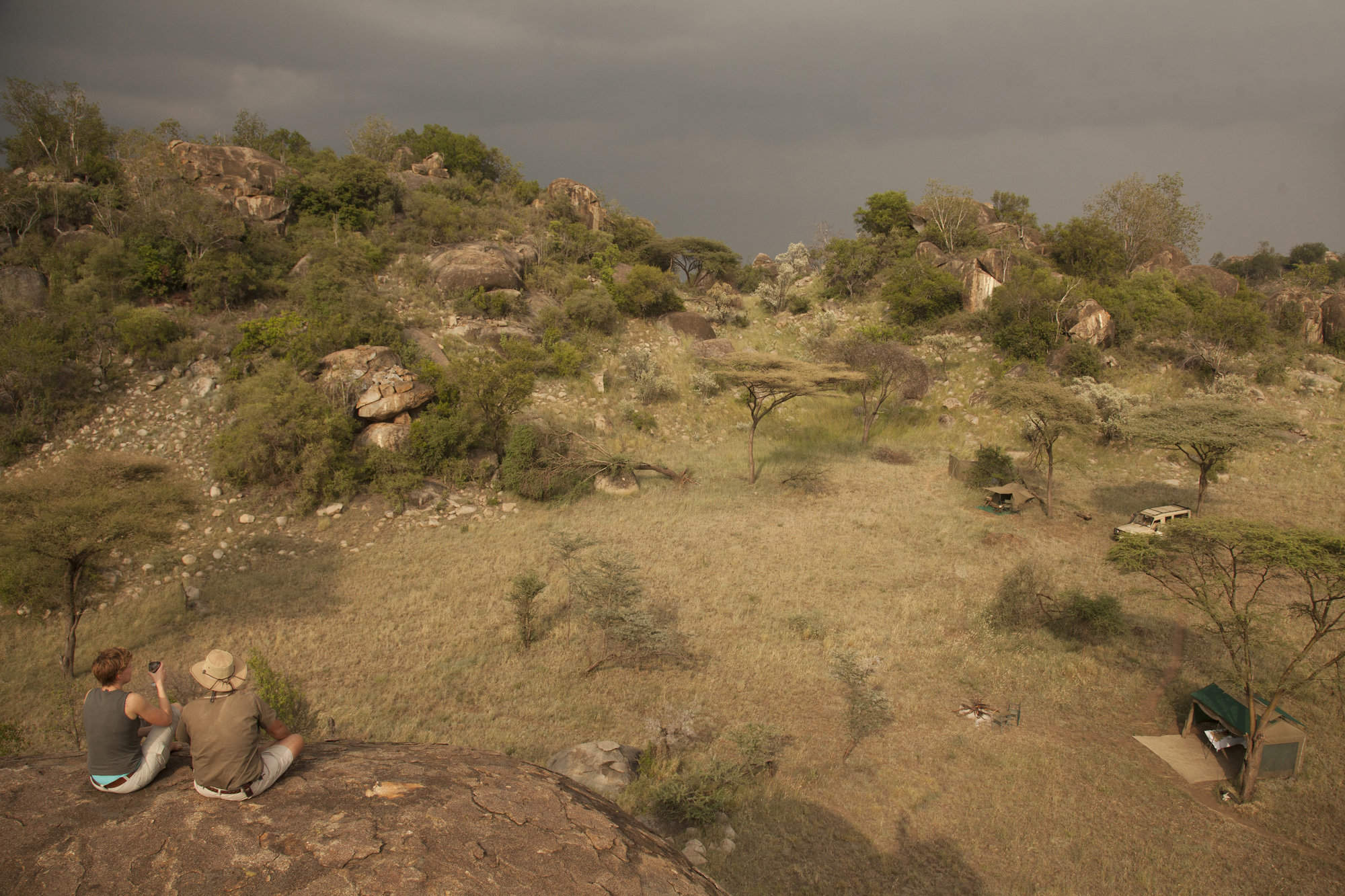
Serengeti Walking Mobile
This fairly simple camp offers only walking activities, but it's very well done and combines well with more conventional camps or lodges.
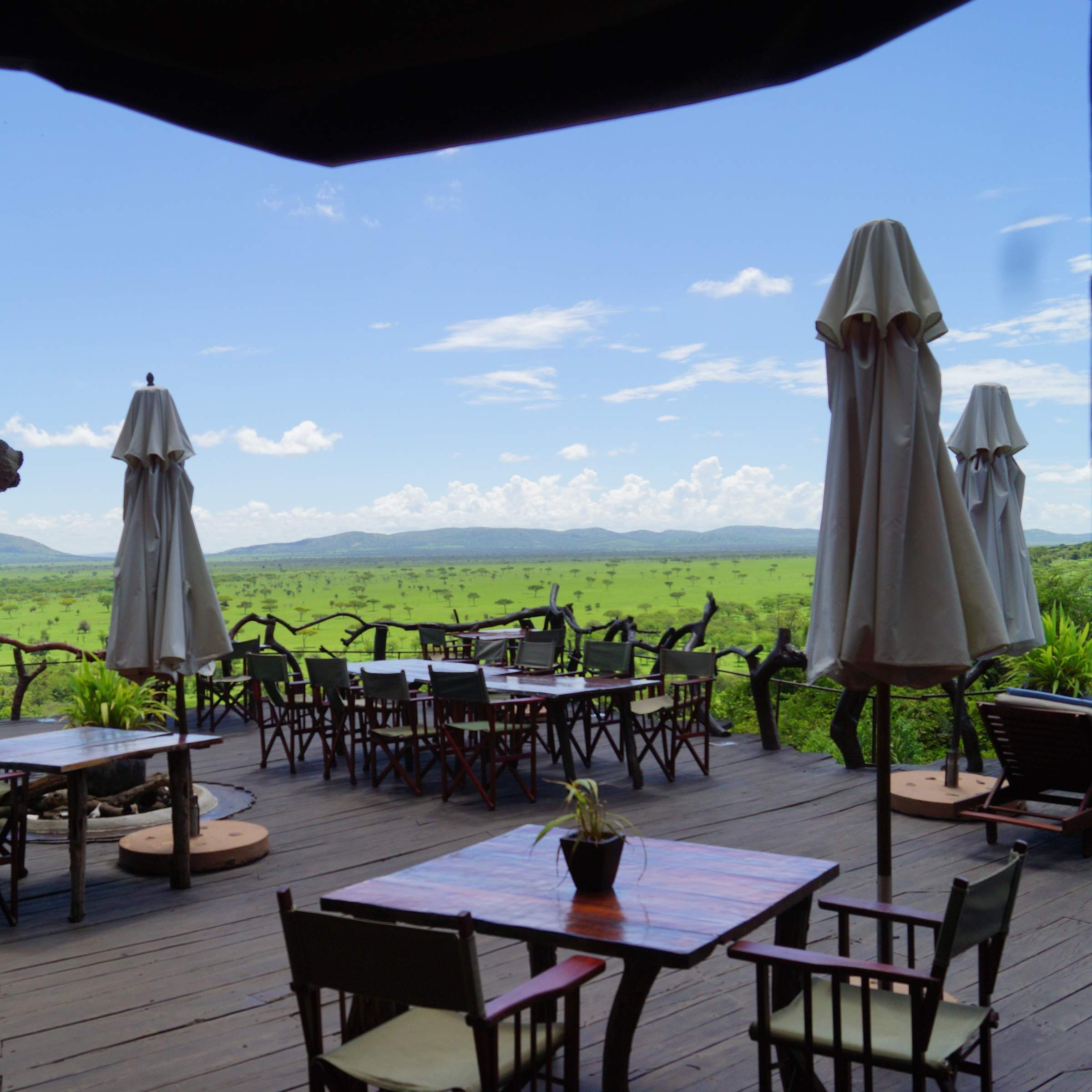
Mbalageti Lodge
Mbalageti is a well-run lodge in a quiet part of the Serengeti's western corridor – an ideal location during the Apr-Jun migration.
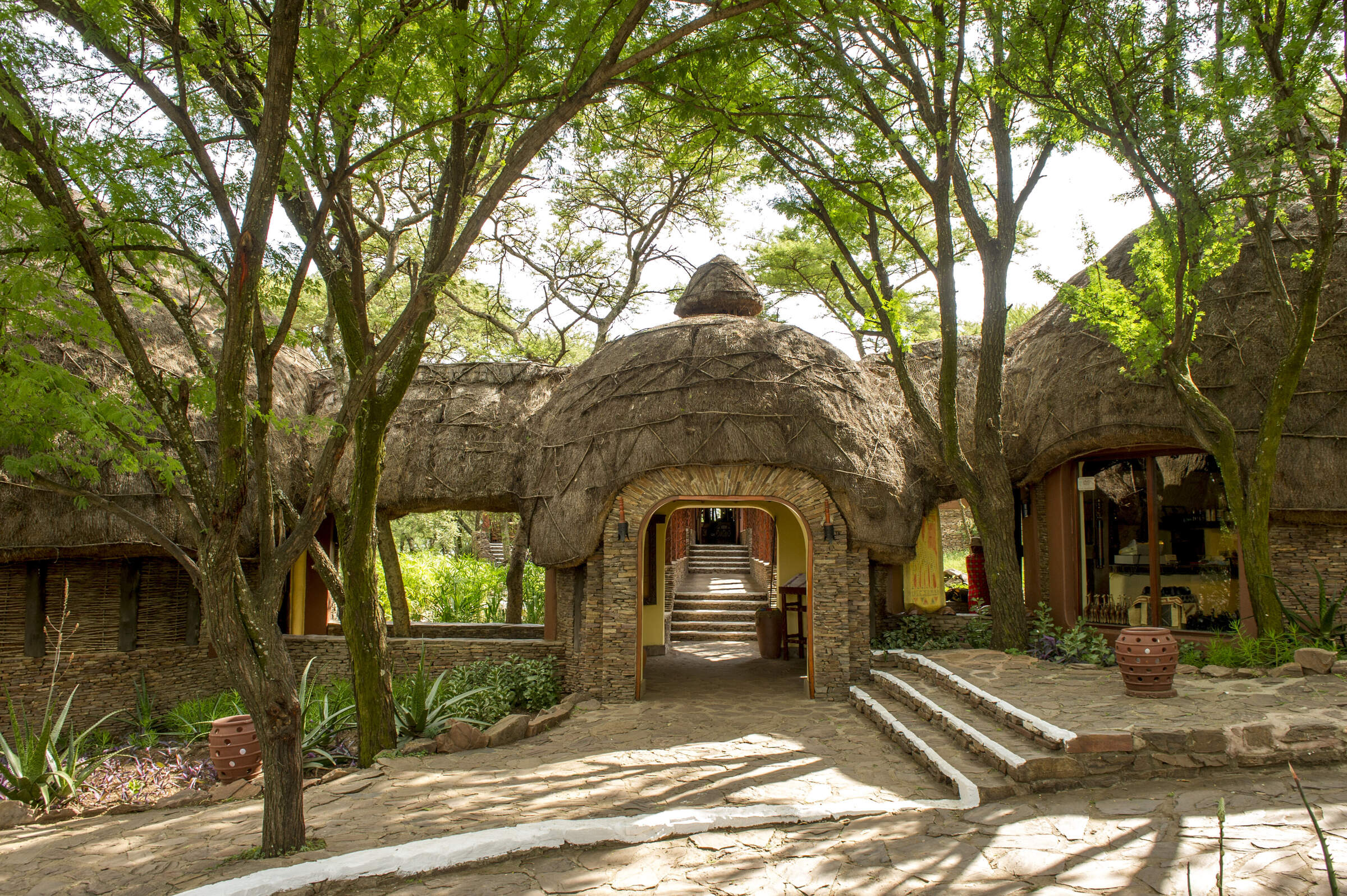
Serengeti Serena
The Serengeti Serena Safari Lodge is a large, hotel-style lodge and a good family-friendly base from which to explore the central Serengeti.
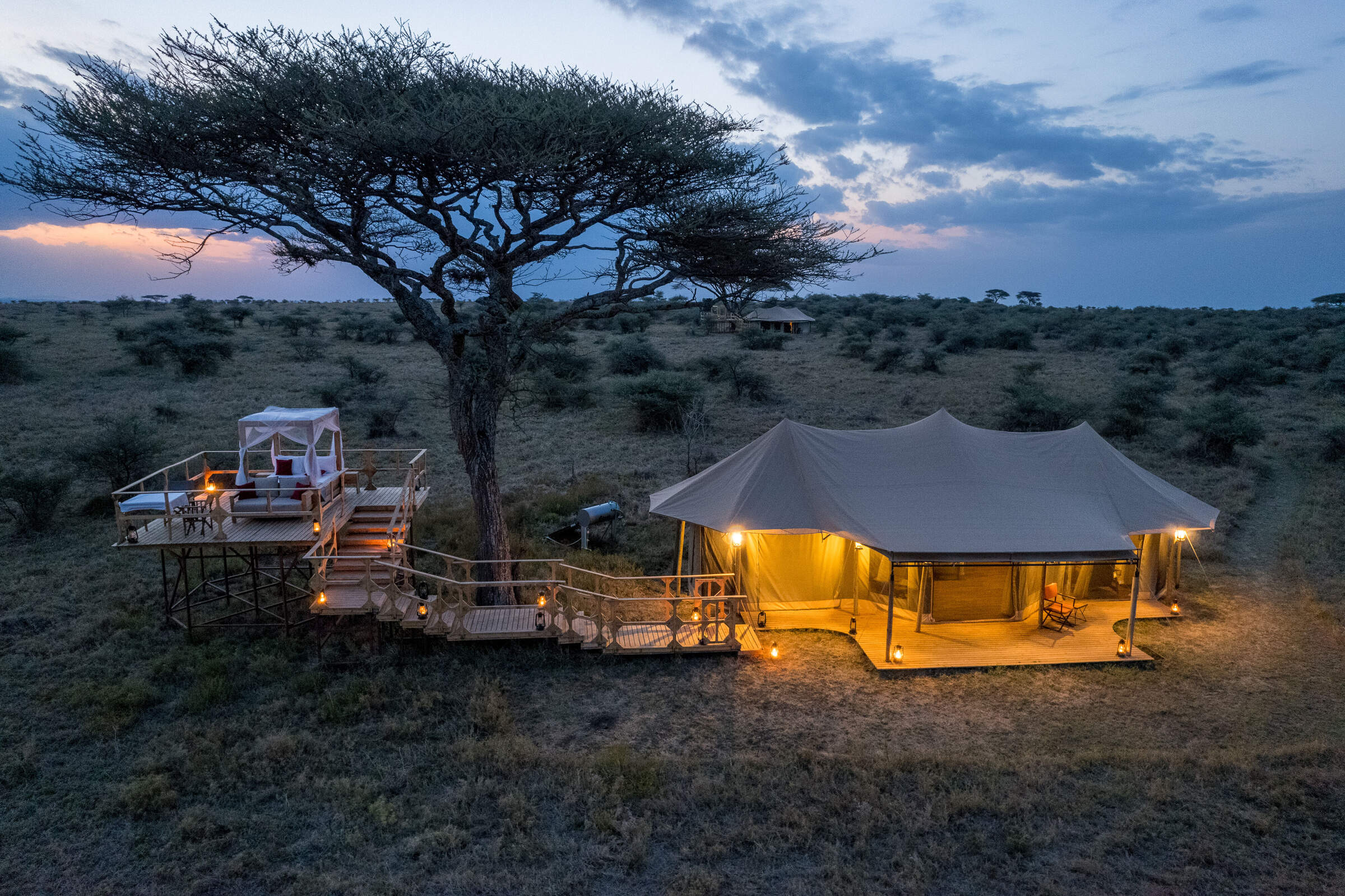
Olmara Camp
With just eight guest tents, including two family tents and three signature stargazer tents, Olmara is a simple, family-friendly camp with a wonderfully attentive team. The camp captures an authentic bush experience, welcoming travellers of every kind.
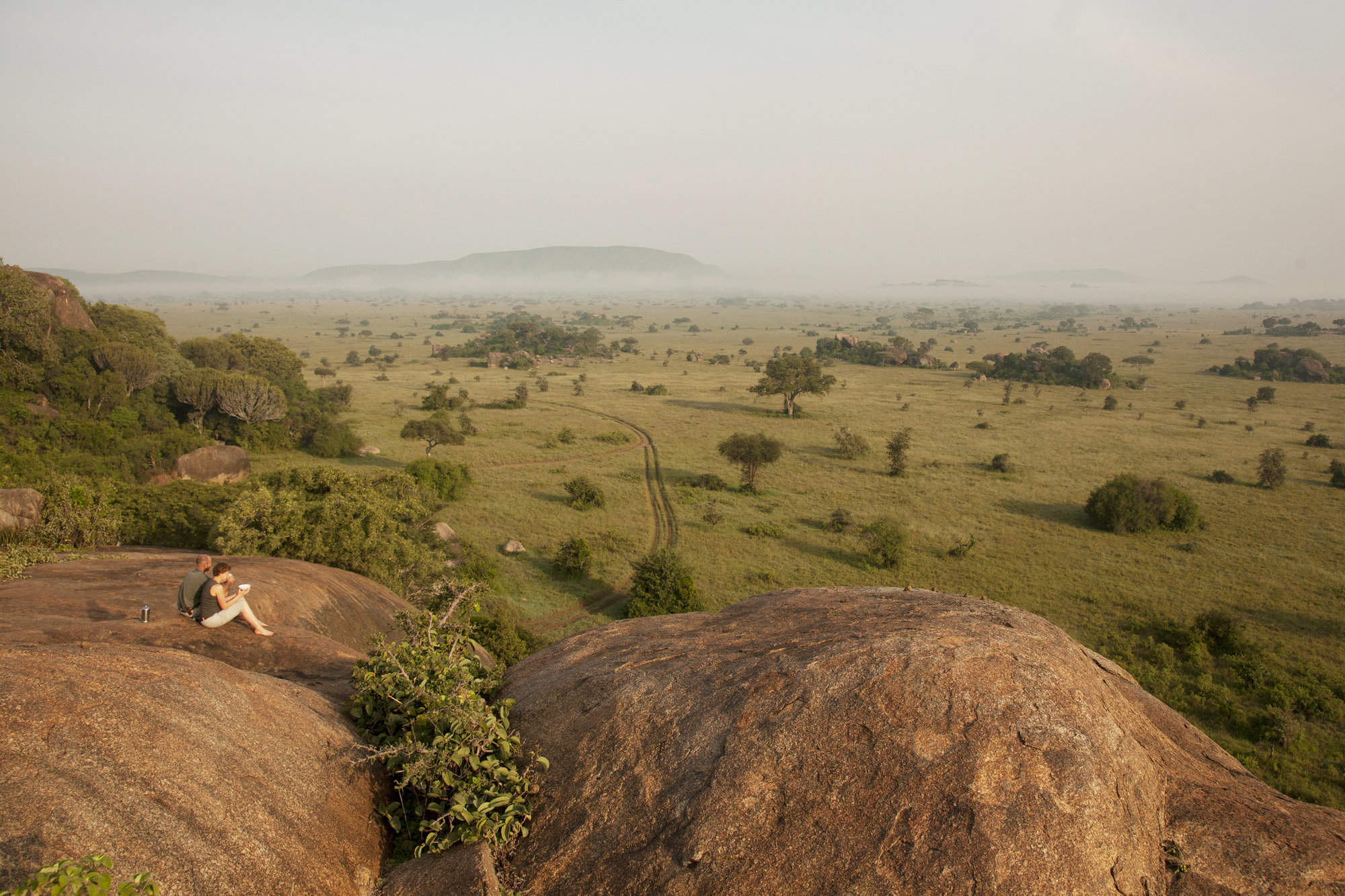
Serengeti Green Camp
Serengeti Green Camp is a comfortable camping experience, in your own private safari camp and at the heart of a great wildlife area.
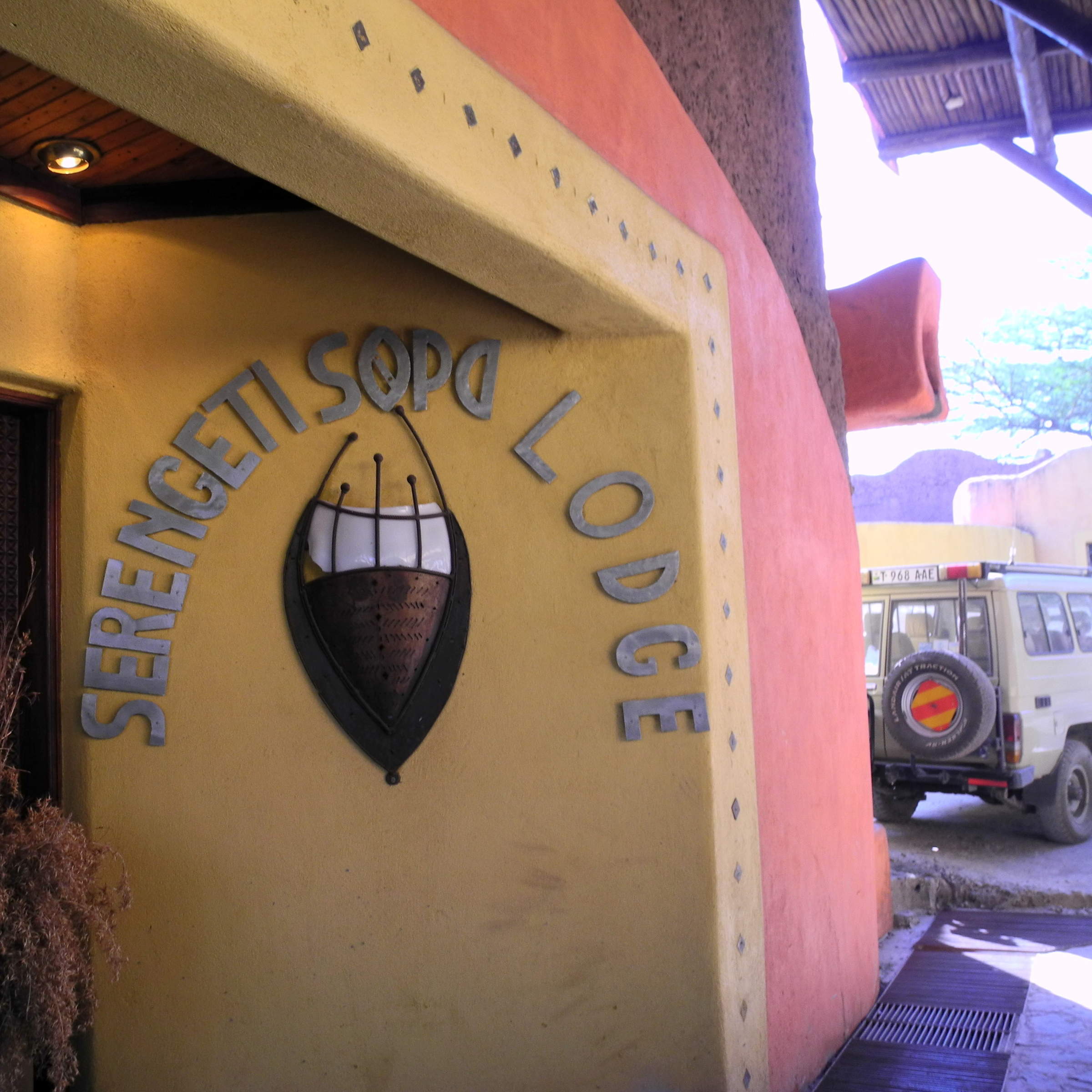
Serengeti Sopa Lodge
Serengeti Sopa Lodge is an international-style hotel offering good-value accommodation in the central Serengeti, with lovely views of the plains.
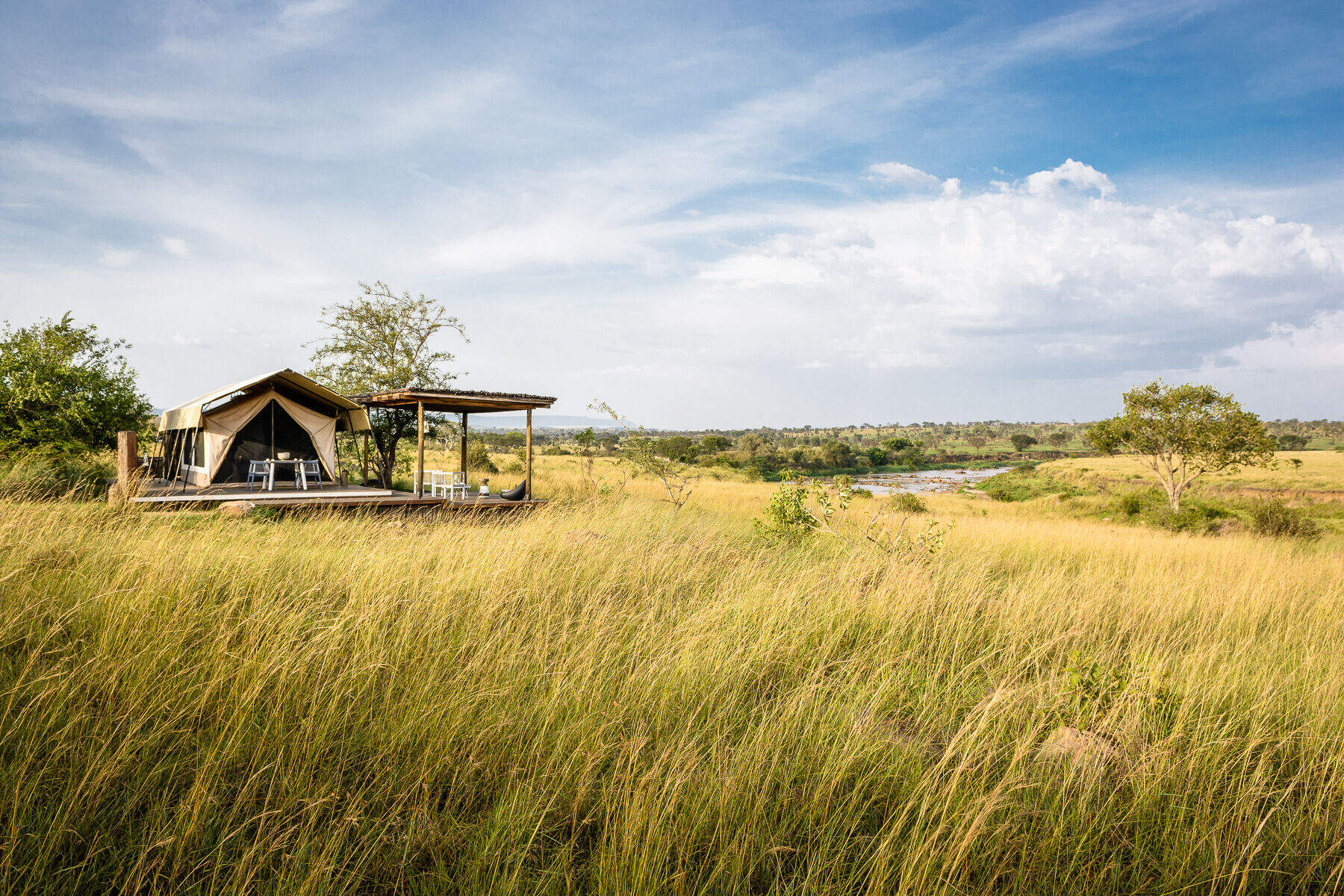
Singita Mara River
Singita Mara River Tented Camp is a luxurious camp in the isolated and rewarding Lamai wedge region of the northern Serengeti.
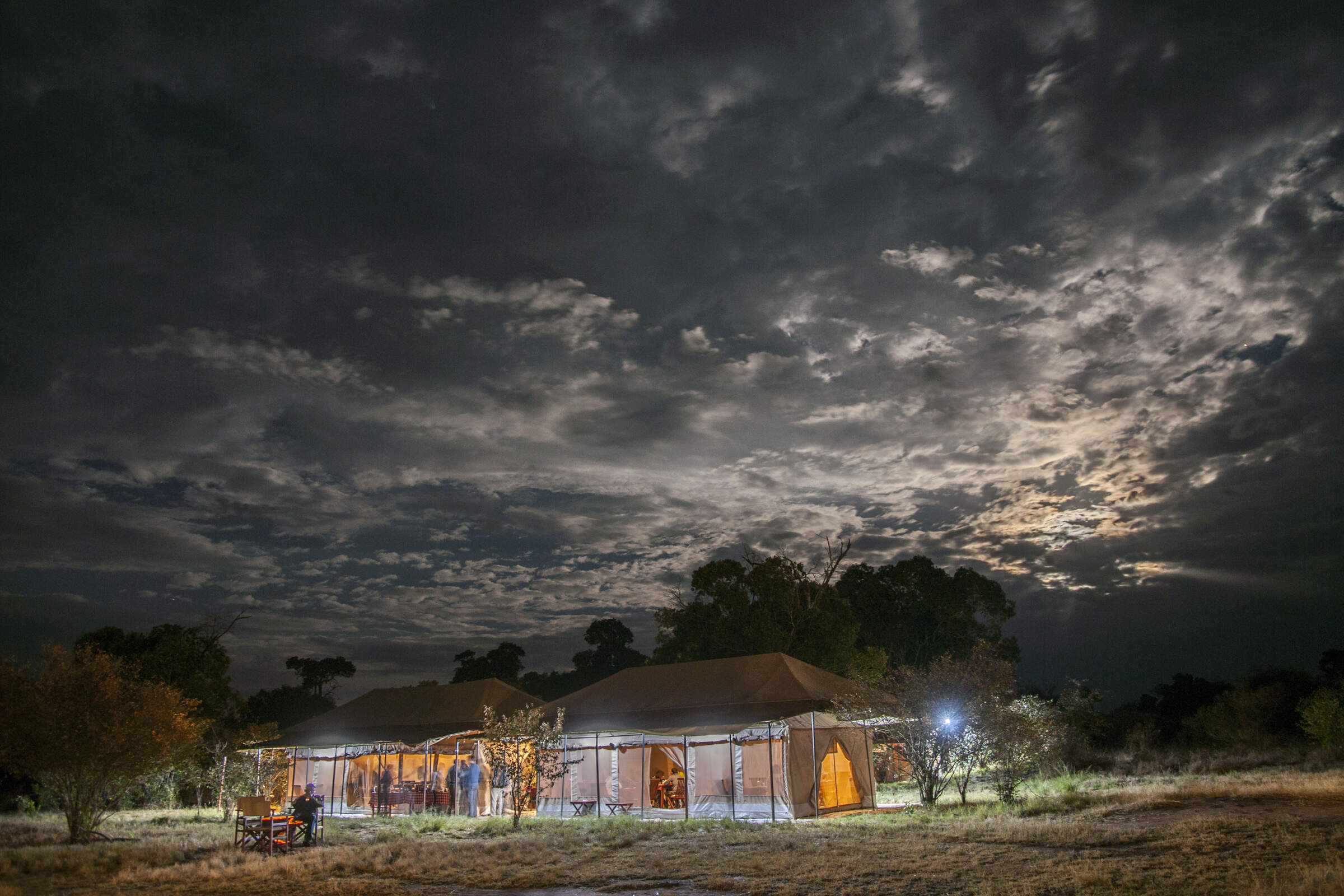
Migration Camp
Serengeti Migration Camp is a smart tented camp, good for the wildebeest migration from Jul–Aug, or to explore the Lobo Kopjes any time.
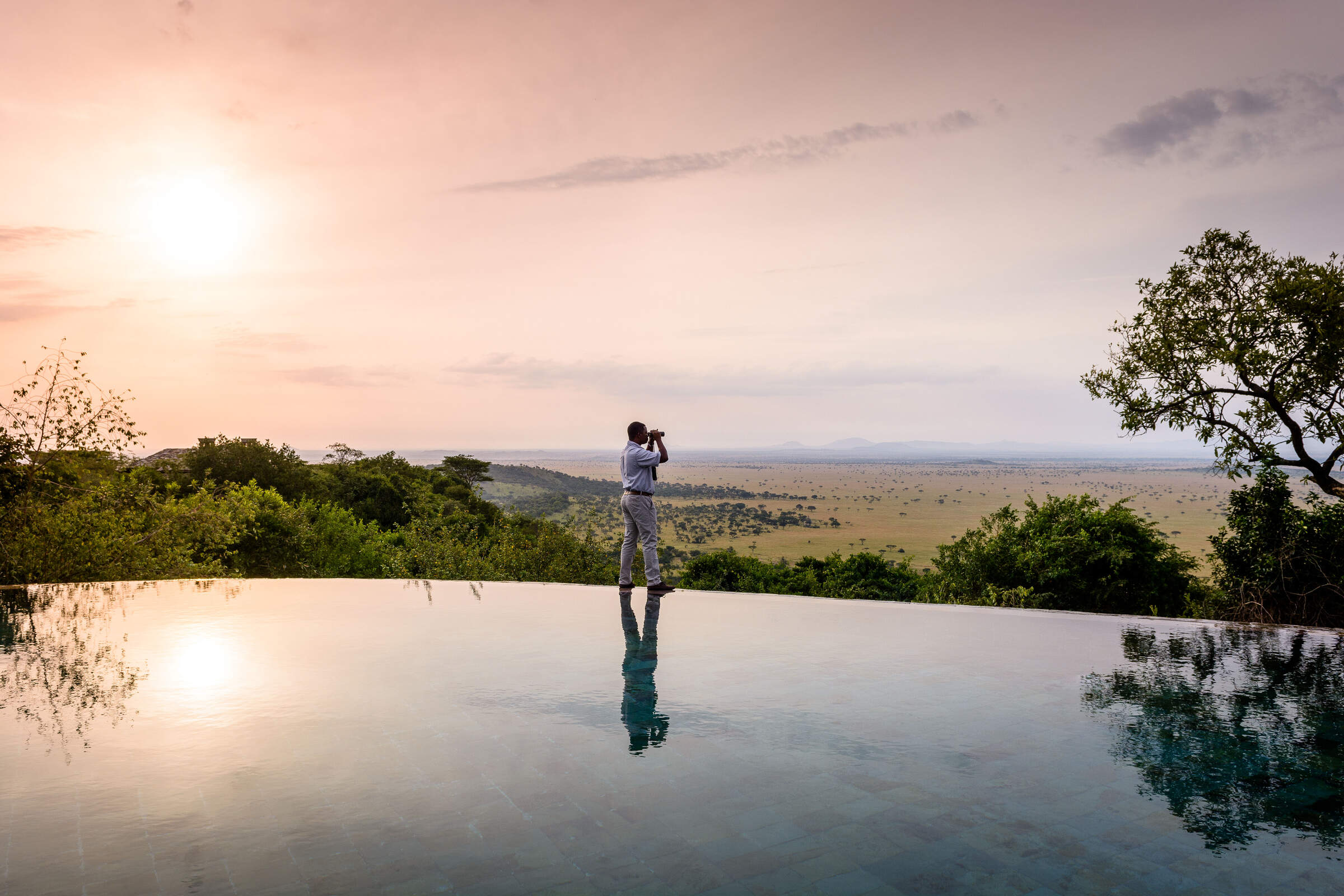
Sasakwa Lodge
On a hill looking over the Serengeti plains, Sasakwa Lodge is grand, luxurious safari camp, one of the most opulent properties in Tanzania.
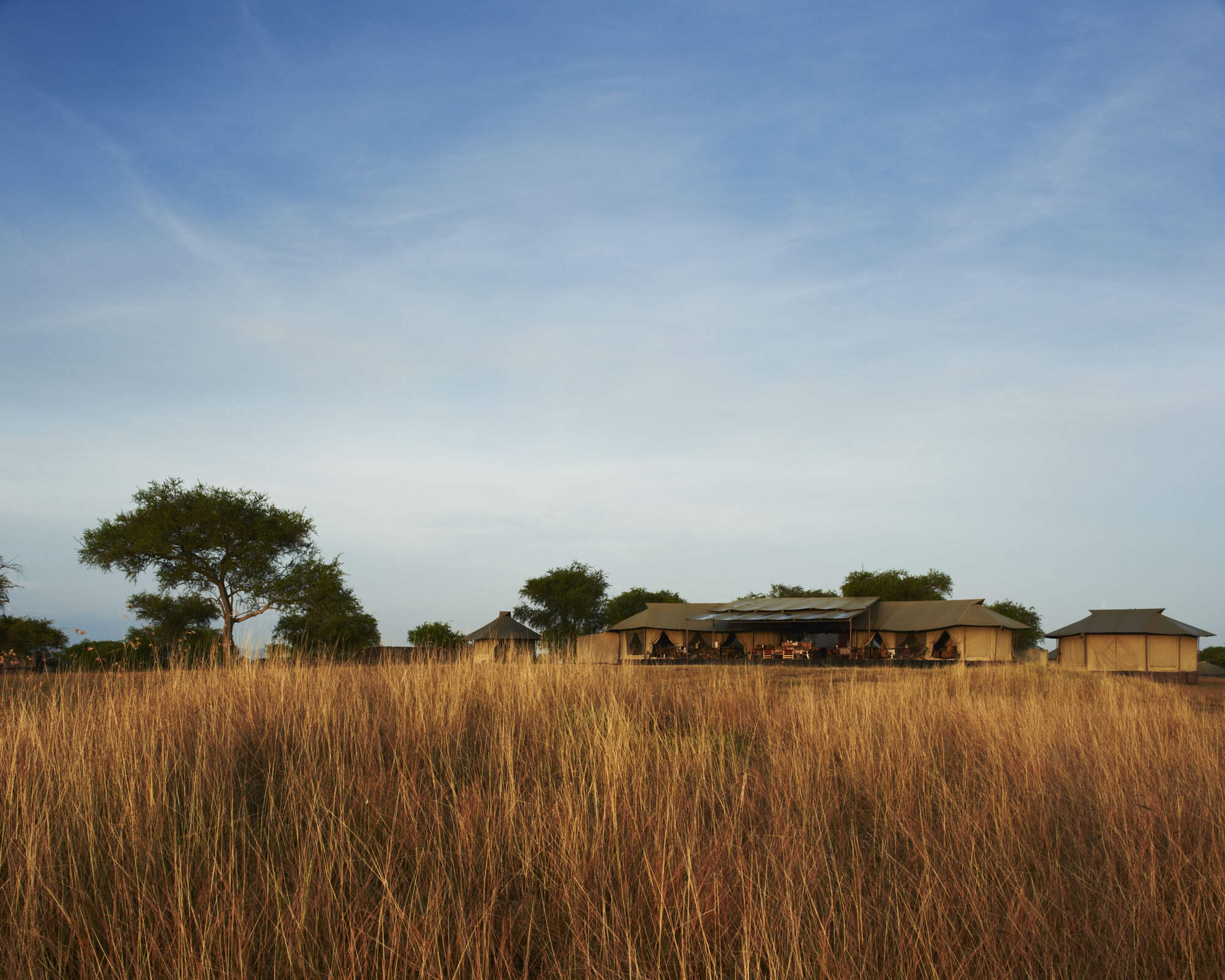
Sabora Tented Camp
Sabora Tented Camp is a smart tented camp – one of the most luxurious, professional and stylish properties to be found in Tanzania.
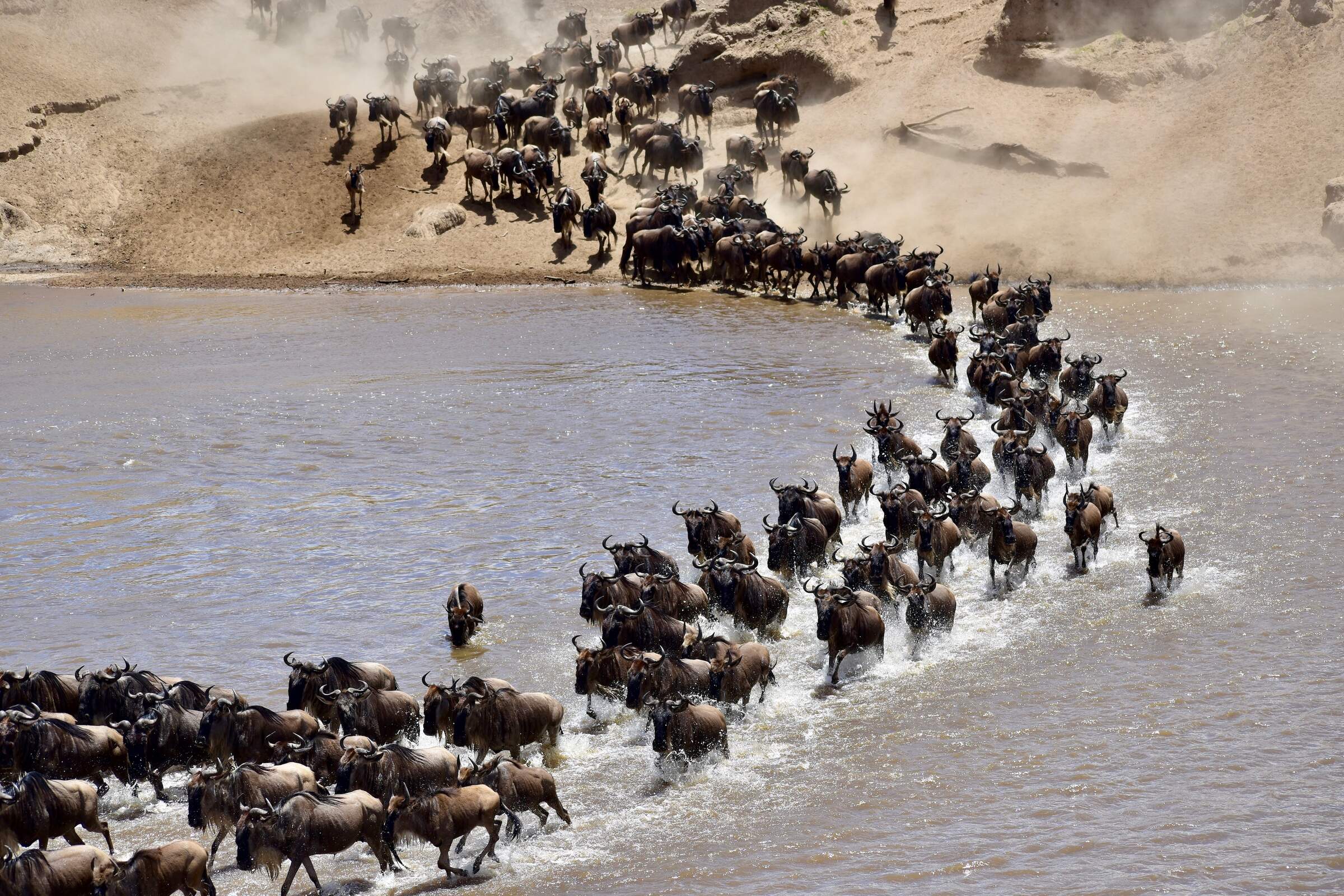
Kirurumu Migration Camp
Kirurumu is a rustic tented camp which moves around the Serengeti twice a year to follow the wildebeest migration.
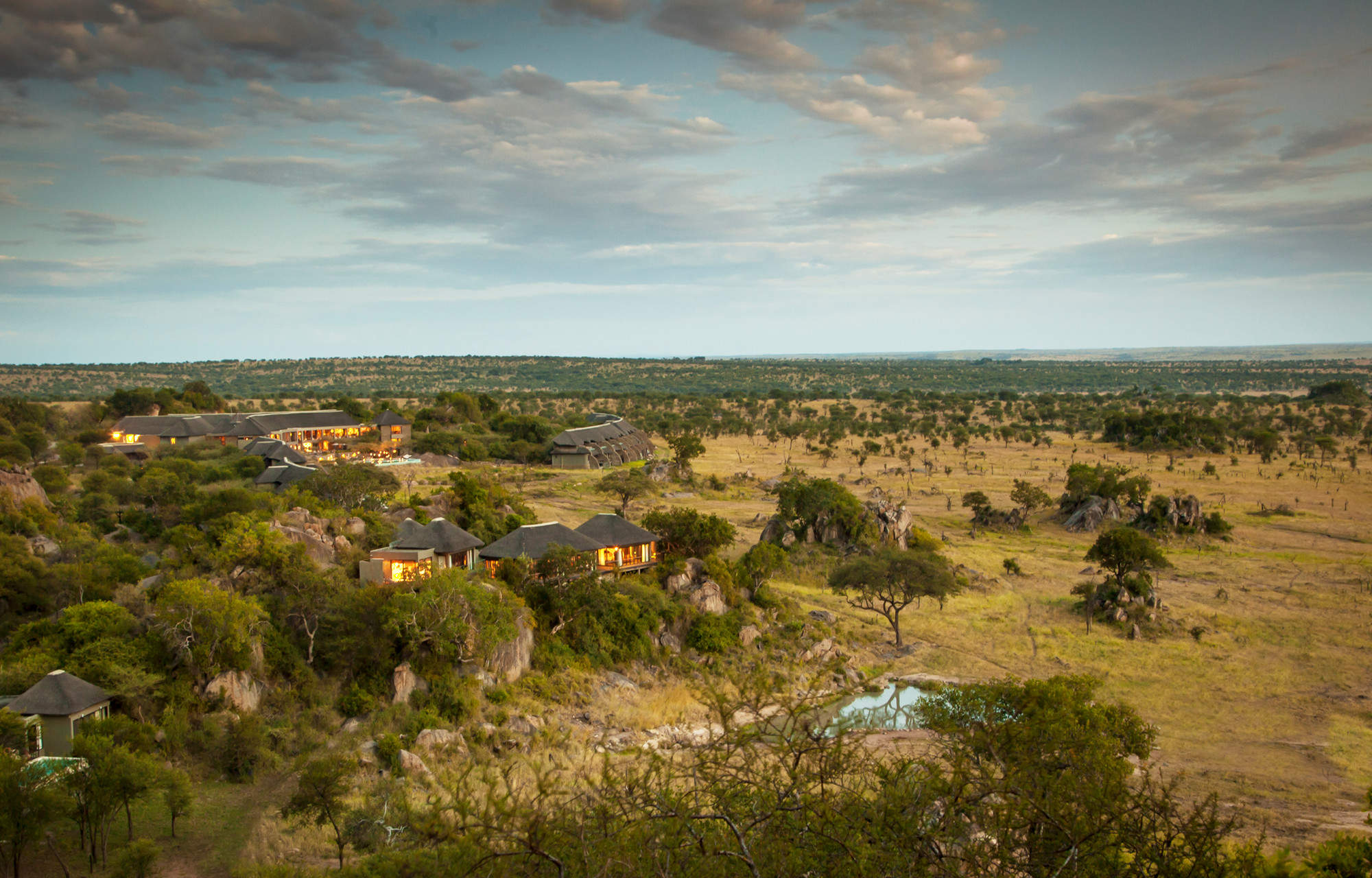
Four Seasons Serengeti
The Four Seasons Safari Lodge is the only hotel in the Serengeti offering international facilities such as a gym, spa and children’s club.
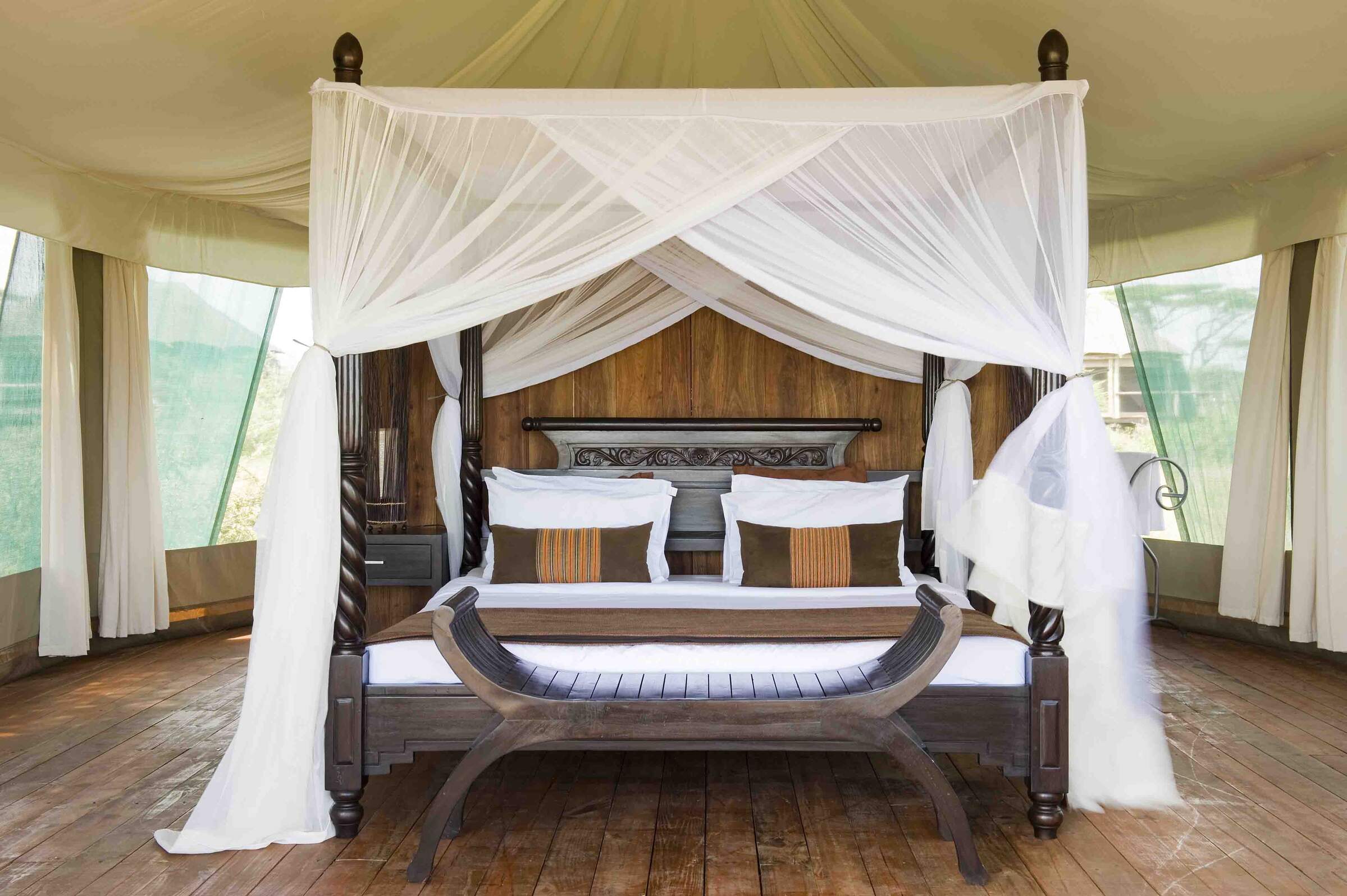
Lake Masek Tented Camp
Ideally located for the wildebeest migration from Dec–Apr, Lake Masek Tented Camp is a good, mid-market safari camp.
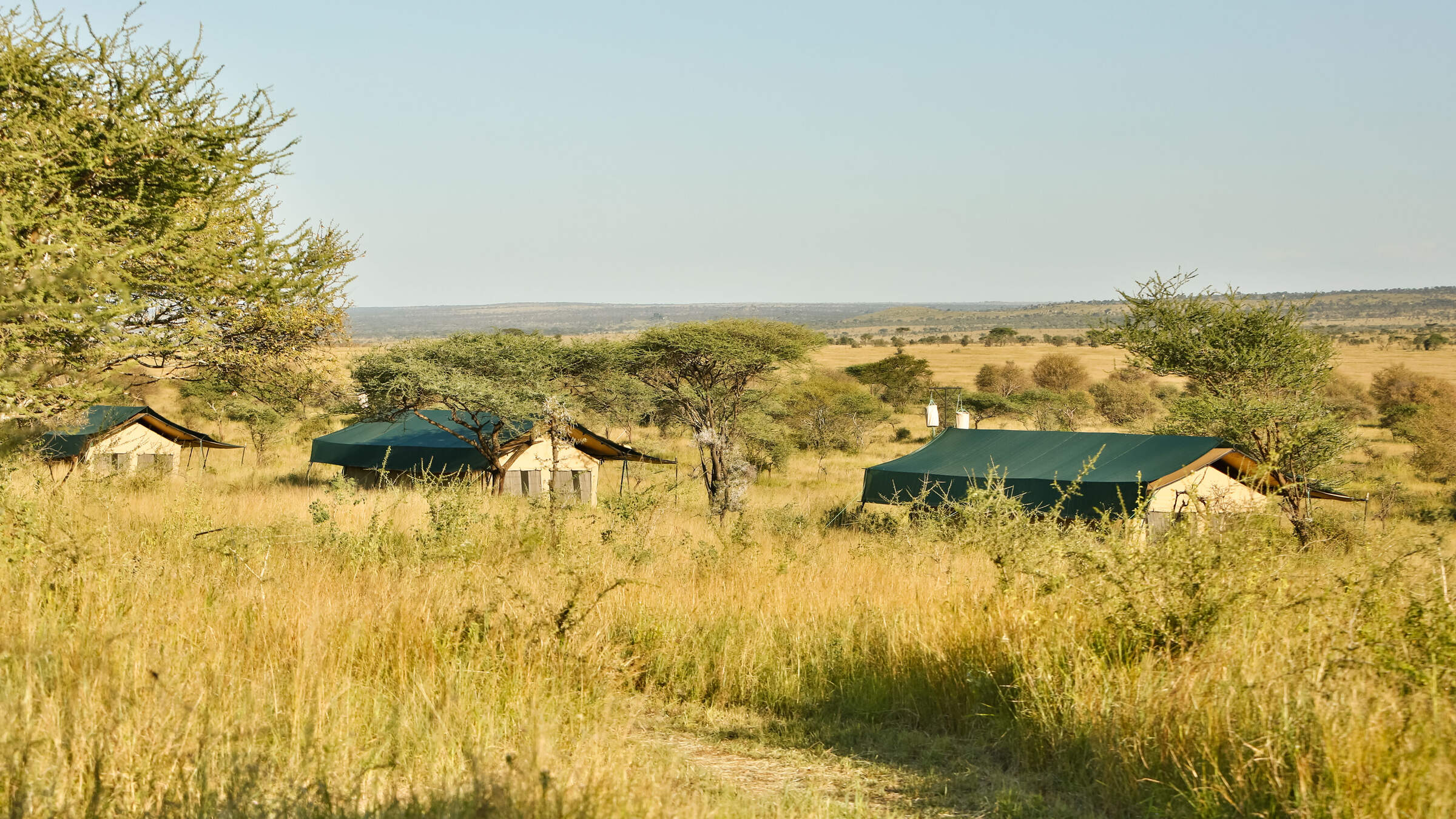
Nyikani Central
Nyikani Central is a comfortable tented camp located in the game-rich Seronera area of the central Serengeti.

Esirai Migration Camp
A season migration camp, with only 8 tents and 1 family tent and plenty of character. Esirai is ideally placed for excellent wildlife and enjoys a simplistic and comfortable under-canvas experience.
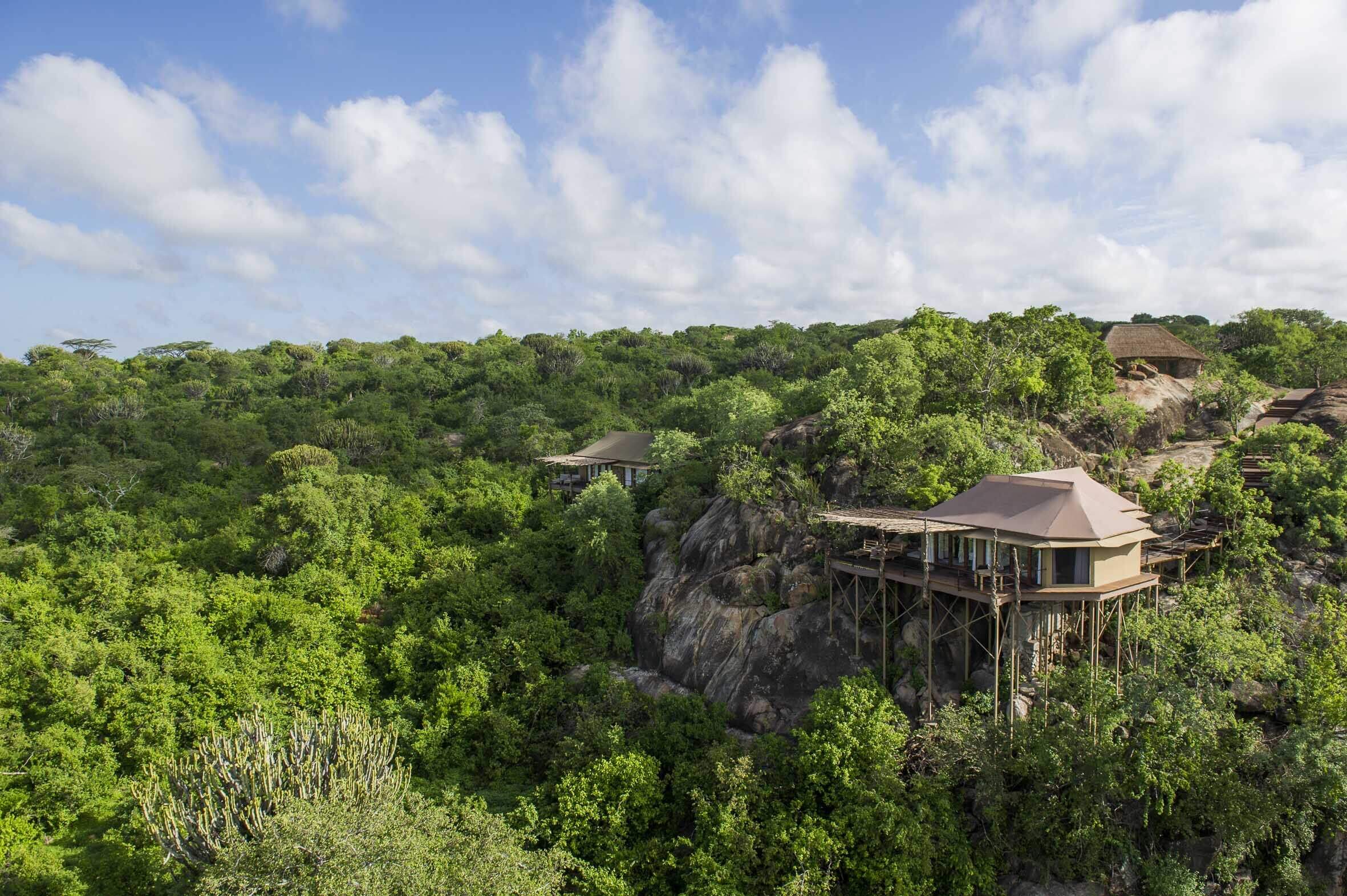
Mwiba Lodge
Mwiba Lodge is a luxurious property located on a private concession on the edge of the southern Serengeti.
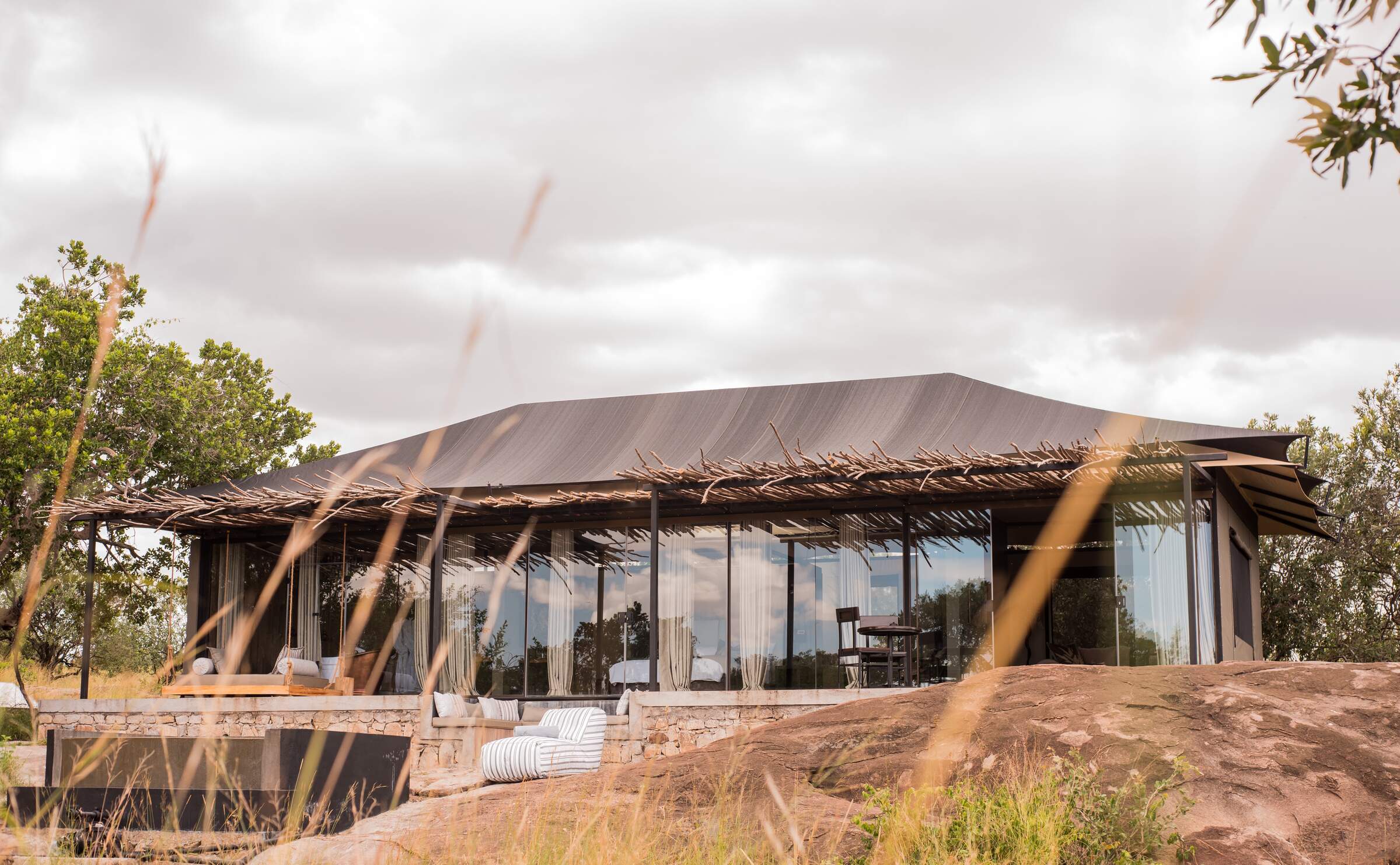
Nimali Mara
Nimali Mara is a luxurious safari lodge in a quiet region of the northern Serengeti with good access to the wildebeest migration.
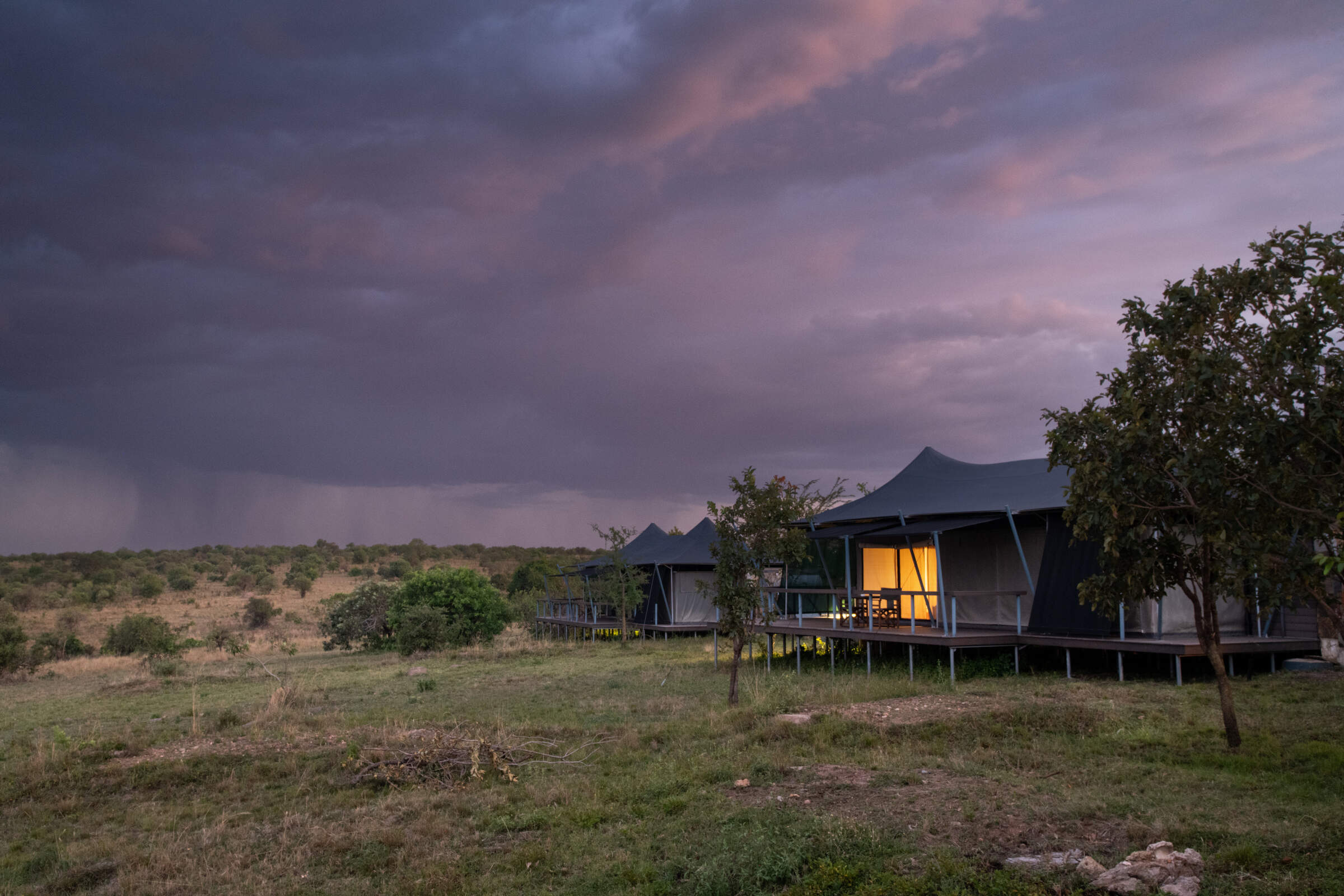
Mara Mara
Mara Mara is a smart tented camp in the northern Serengeti, situated on a small hill close to the Mara River.
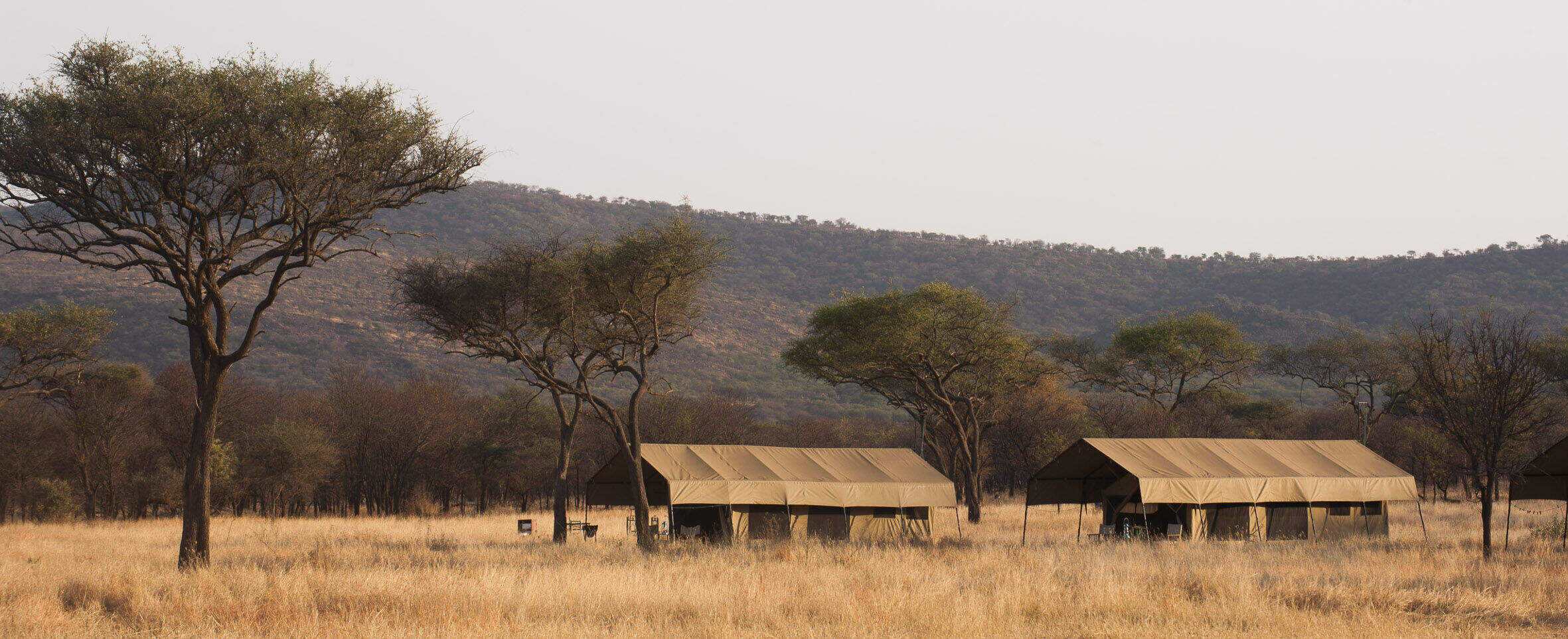
Ndutu Kati Kati
Ndutu Kati Kati is a seasonal tented camp, based in the southern Serenget from Dec-Mar, ideal for the migration as it passes through.

Olduvai Camp
Olduvai Camp lies between Ngorongoro and the southern Serengeti plains. It's a good base for the southern plains during the rainy season.
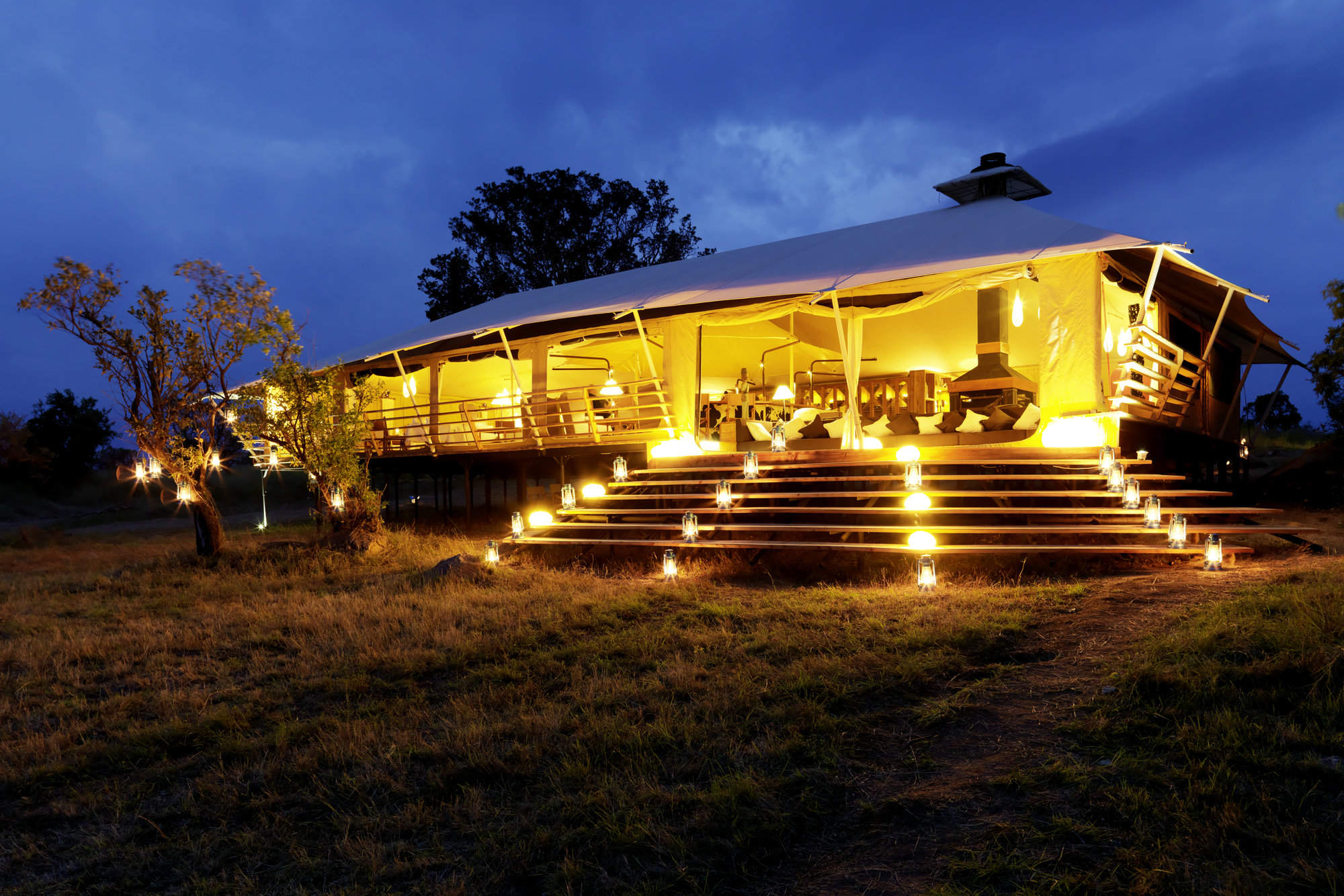
Bushtops
Serengeti Bushtops is a permanent luxury camp in the northern Serengeti, with spacious and private tents with their own hot tubs.
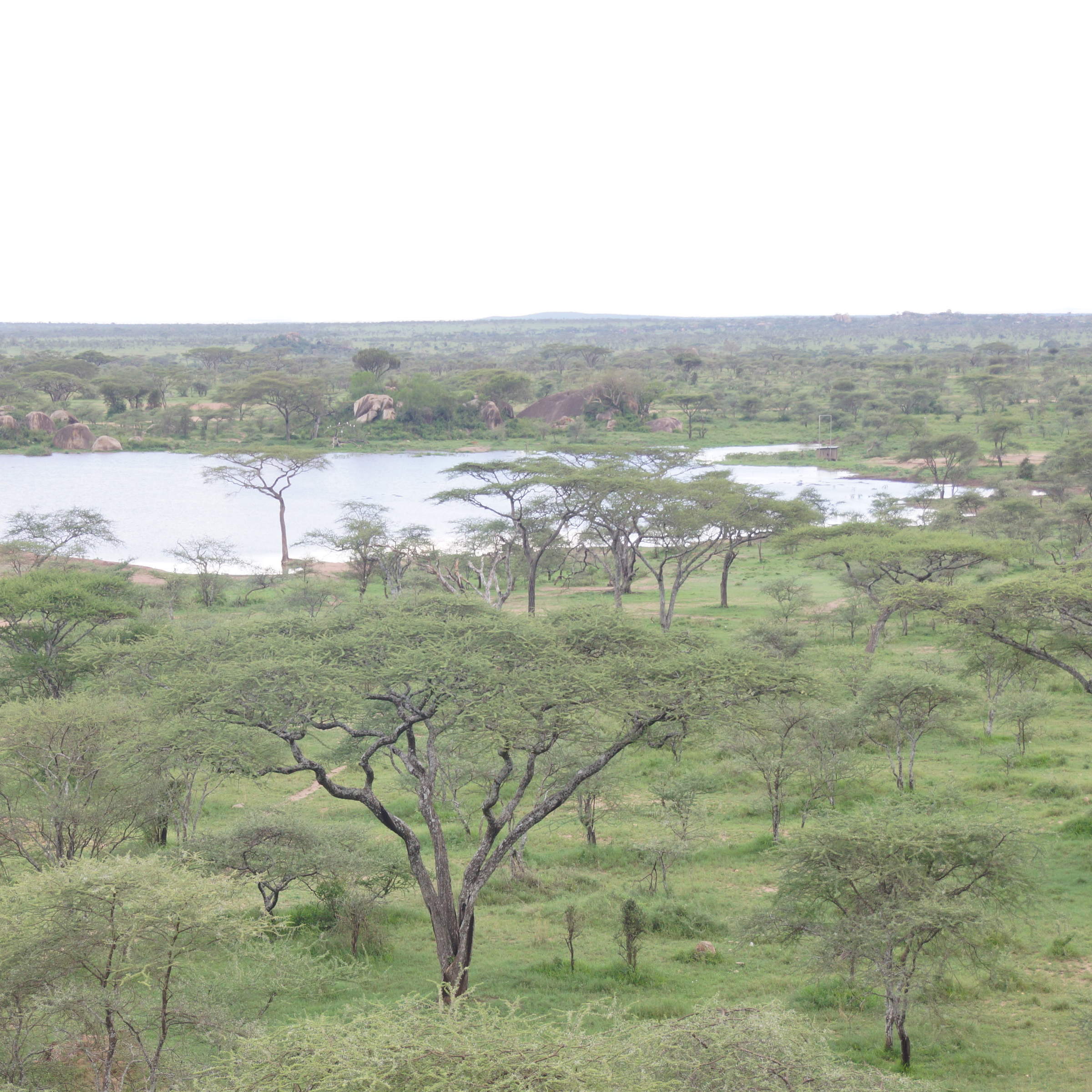
Seronera Wildlife Lodge
Seronera Wildlife Lodge is large hotel-style safari lodge in the heart of the Serengeti, offering good value and a great location.
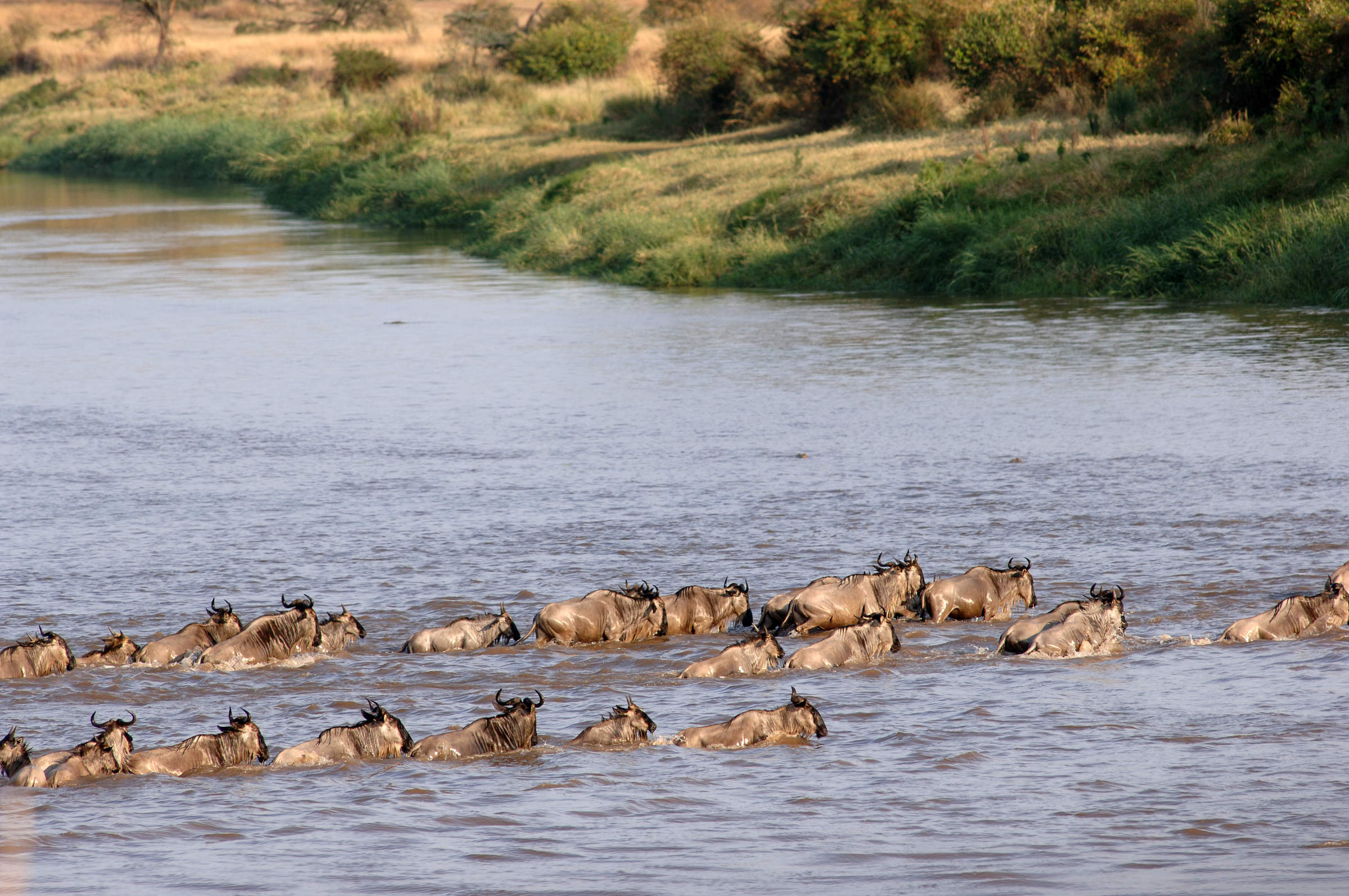
Mara Kati Kati
Mara Kati Kati is a simple bush camp in the northern Serengeti, based from Jul-Oct near the Mara River for the wildebeest migration.
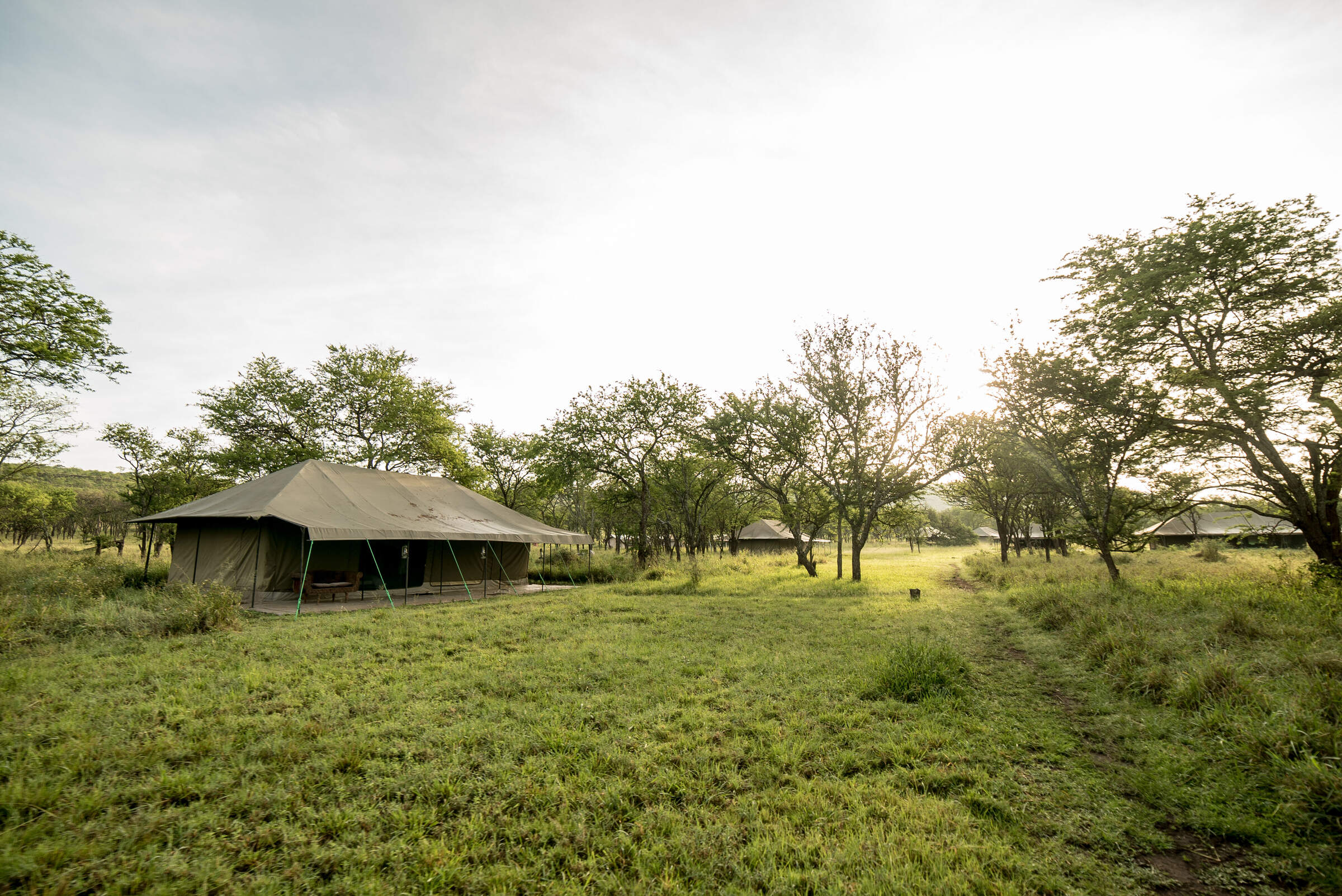
Nasikia Naona
Naona Camp is a small tented camp, located in the Moru Kopjes, west of the Serengeti central area
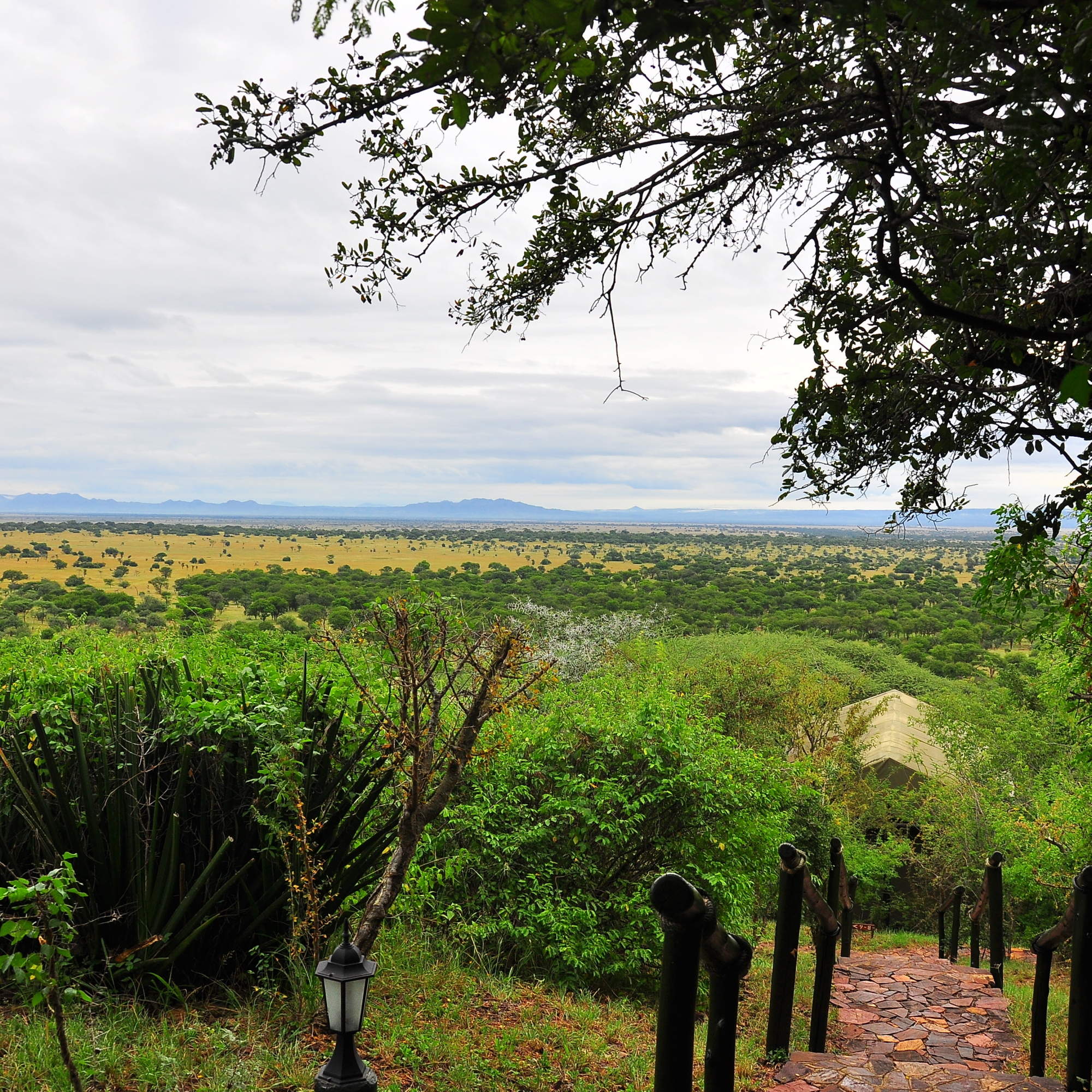
Kirawira Camp
Set high on a hill, in the Serengeti's western corridor, Kirawira is a relatively large tented camp in the Serena group.
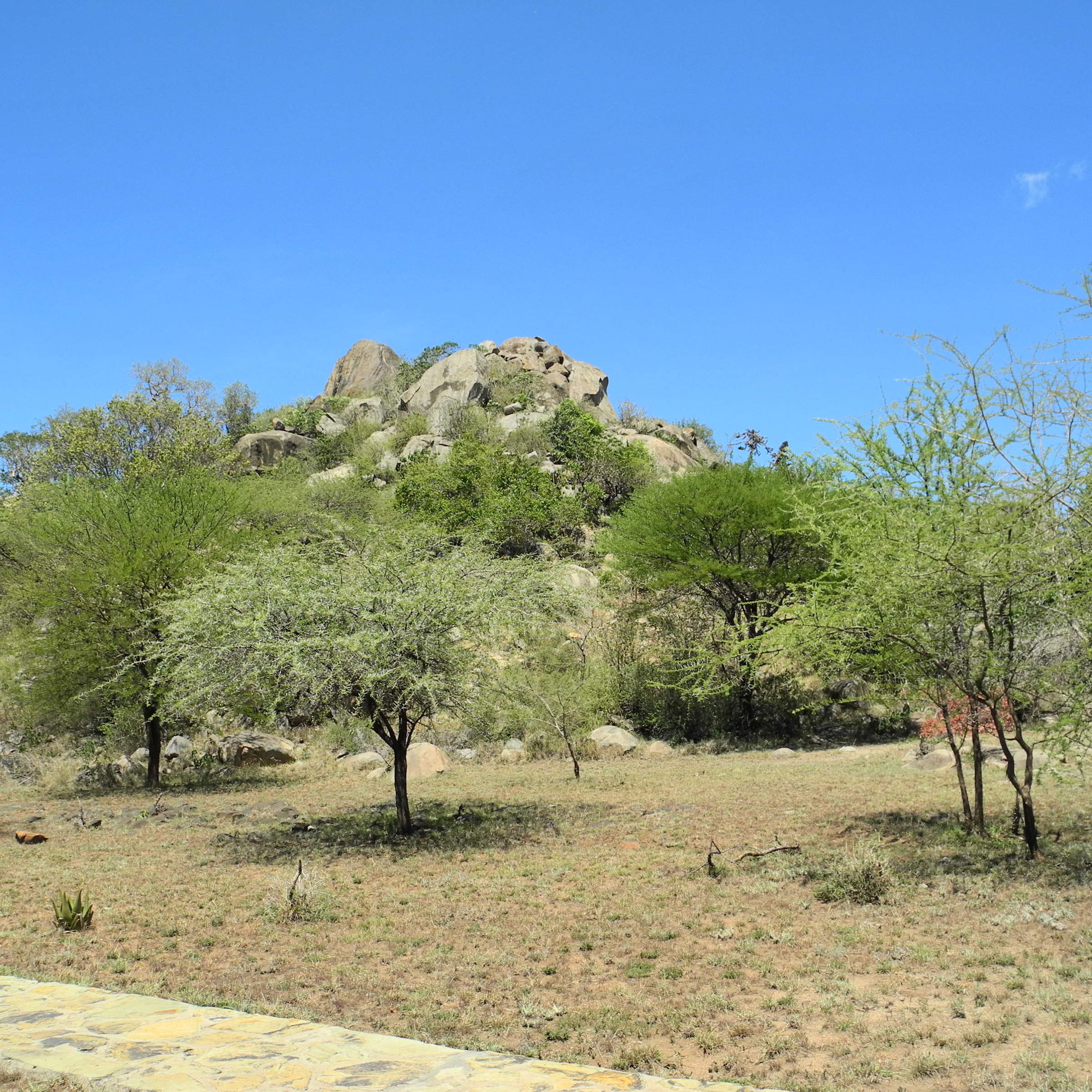
Mbuzi Mawe
Mbuze Mawe is a comfortable tented camp in a convenient, central-north location when driving through the Serengeti.
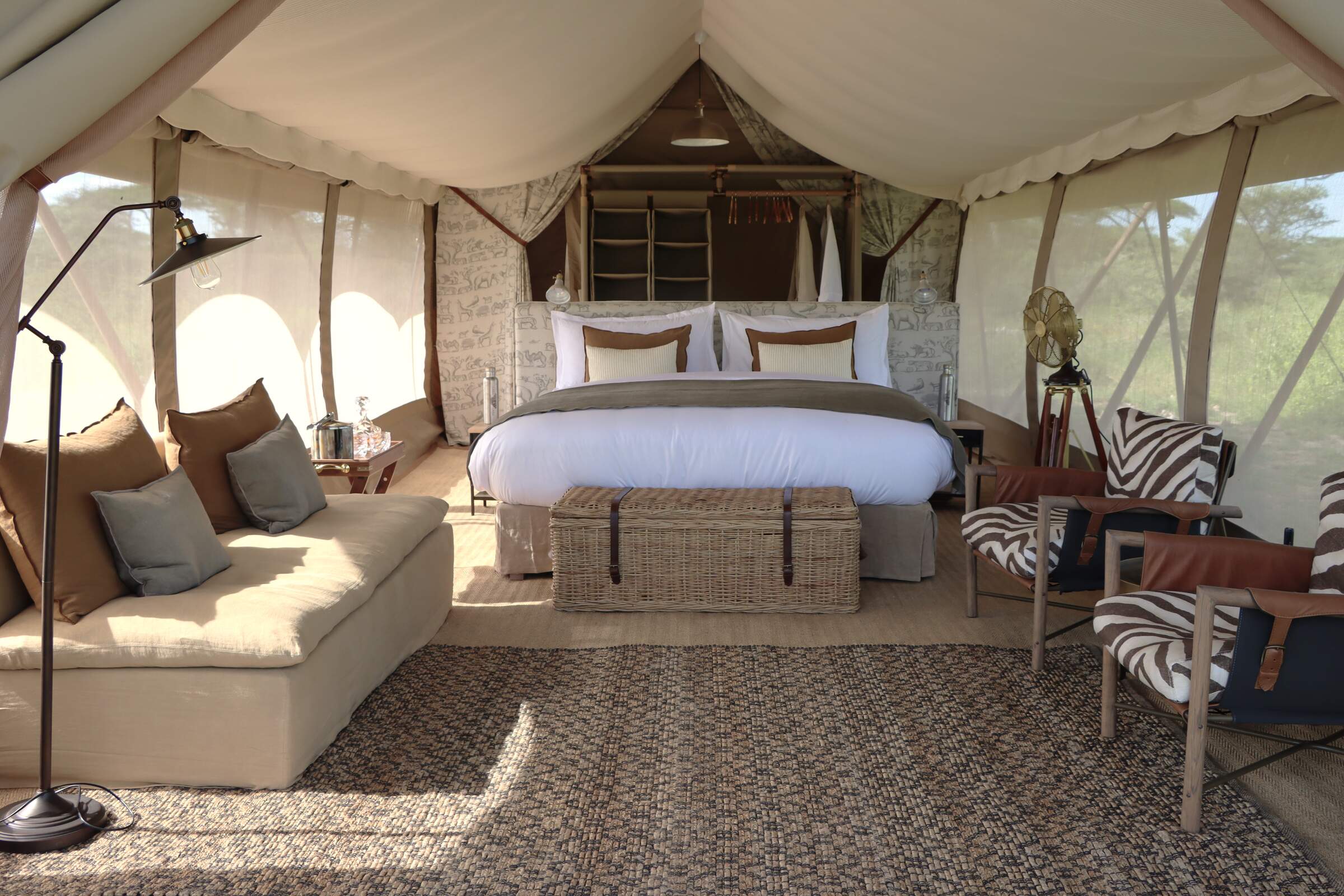
Laba Migration Camp
A luxury mobile camp that moves between the Western Corridor, Mara River and the southern Ndutu area, in line with the wildebeest migration.
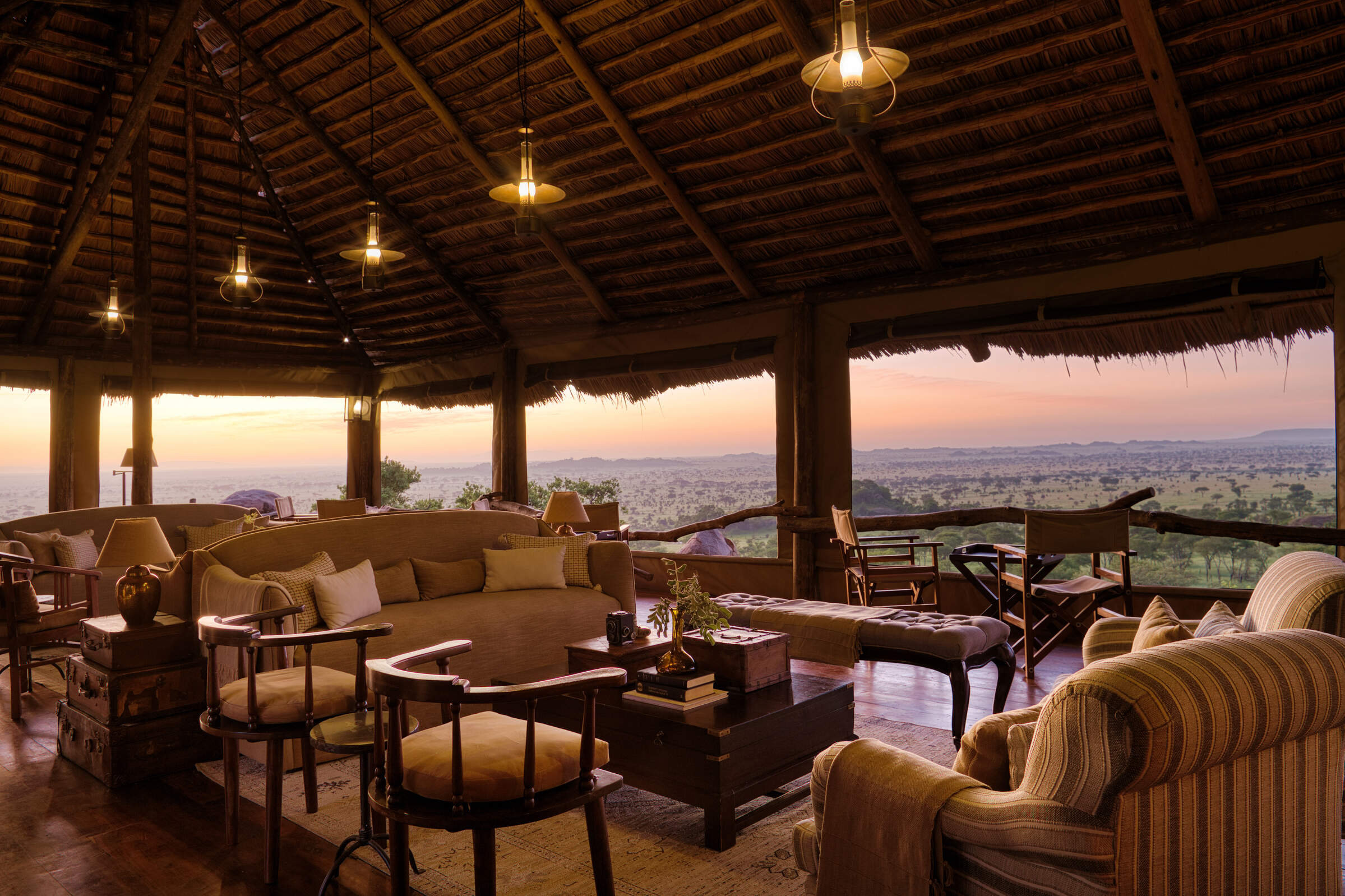
Serengeti Pioneer Camp
Serengeti Pioneer Camp is a luxurious tented camp in the central Serengeti, styled on African explorers' camps of the early 20th century.
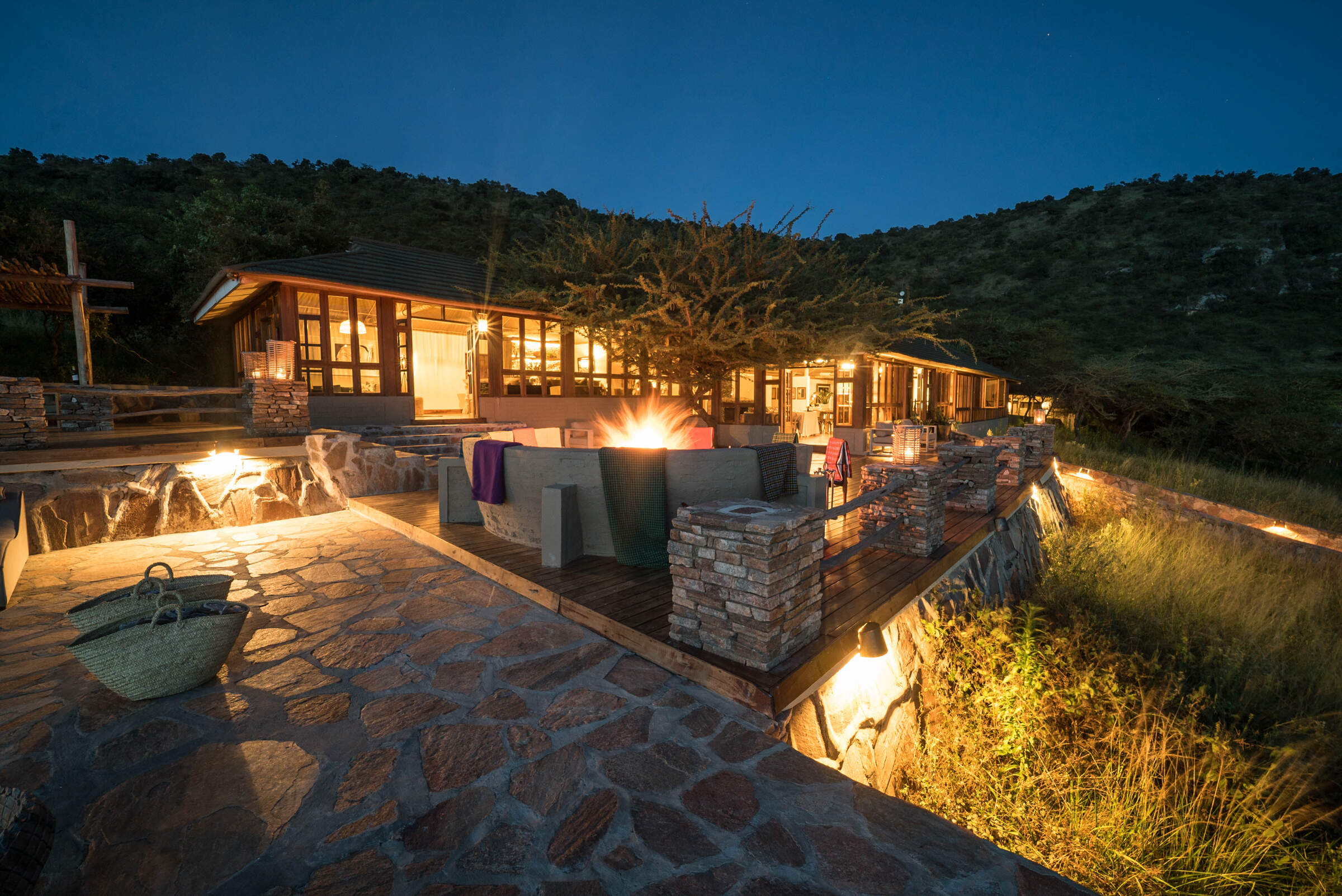
Taasa Lodge
Taasa Lodge is a slightly quirky option offering guided walks and night game drives, which are not permitted in Serengeti National Park.
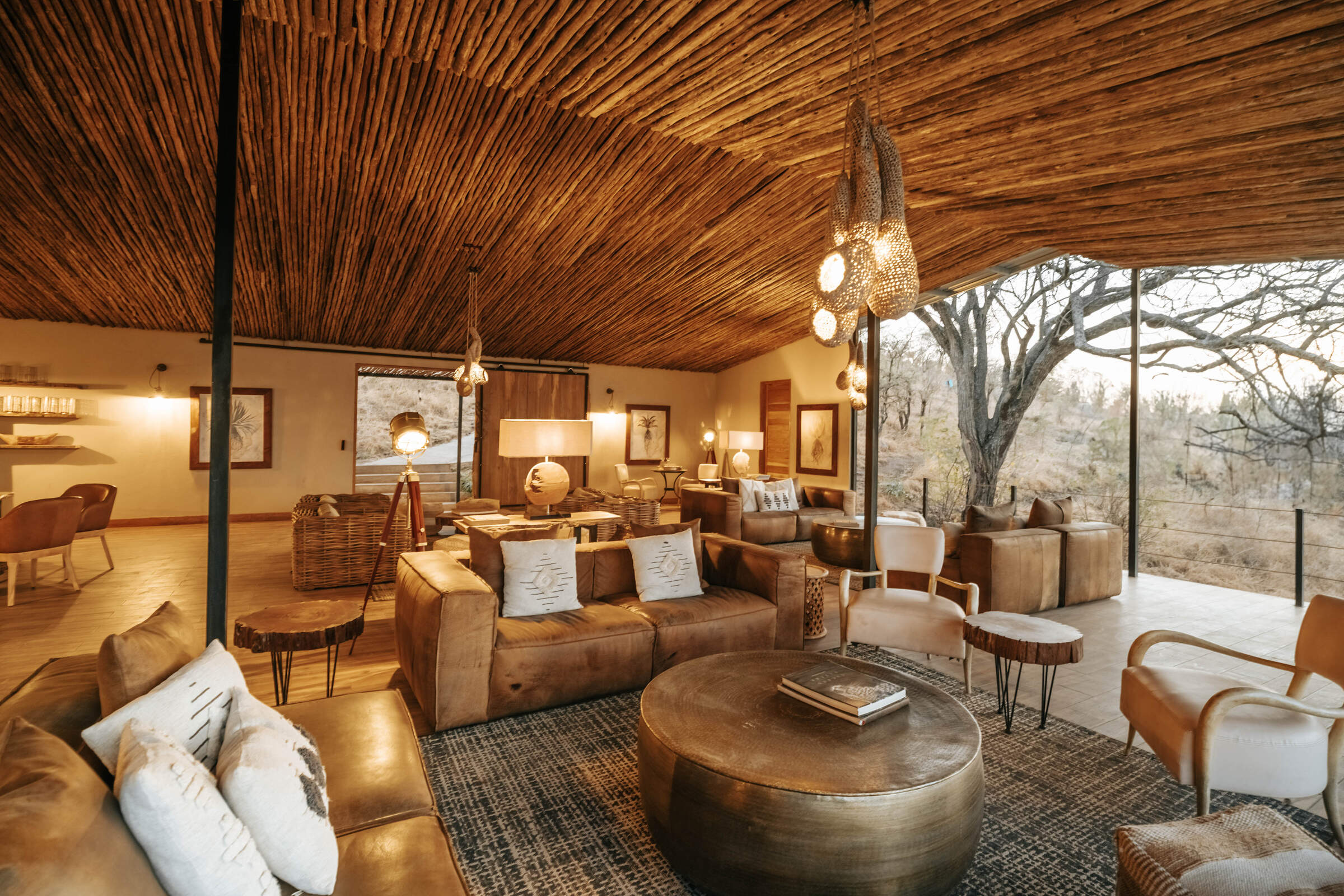
Nimali Serengeti
Opened in July 2017, Nimali Serengeti is a smart, permanent tented camp located in the Seronera area of the central Serengeti.
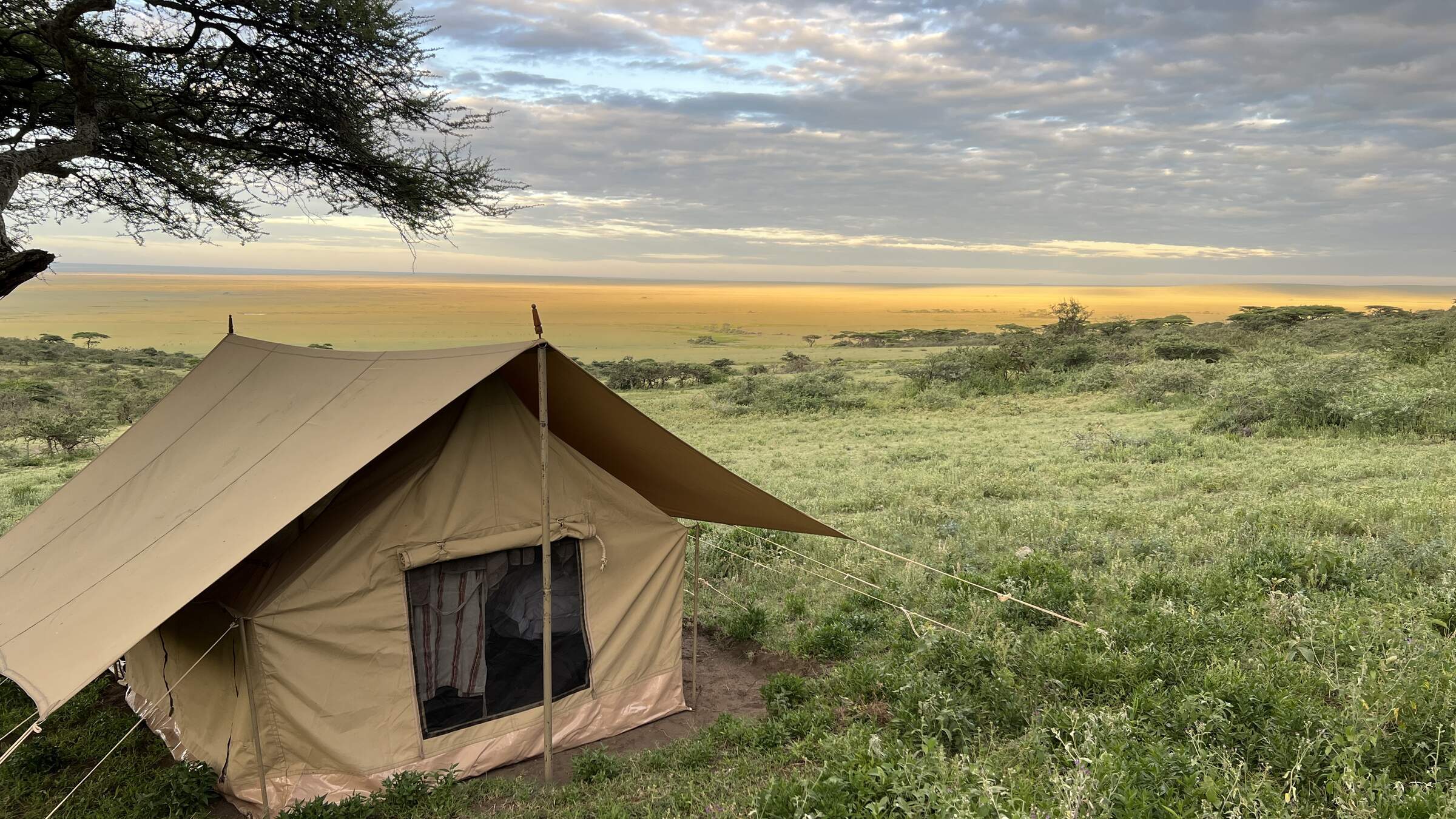
Nomad Walking Camp
Nomad Expeditionary Walking Camp is a simple camp of up to three tents, plus infrastructure, that changes location to allow guests to do substantial walks between campsites.
When to go to Serengeti Migration Area
Our month by month guide: What it's like to visit Faru Faru Lodge in Serengeti Migration Area
Jan
Feb
Mar
Apr
May
Jun
Jul
Aug
Sep
Oct
Nov
Dec
Serengeti Migration Area in January
January marks the start of the Serengeti’s short dry season. In the southern plains, the wildebeest calving season takes centre stage, drawing both predators and eager wildlife enthusiasts. The weather is generally clear and sunny, with rising temperatures, though occasional rainfall may still occur in the southern areas. Birdwatching is particularly rewarding during this time, with resident species in their breeding plumage and migratory birds adding to the variety.
The far southern plains of Ndutu coupled with the central Seronera area remains a reliable choice for game viewing, with lions and cheetahs frequently sighted on the hunt. While the park can be busier early in the month due to New Year visitors, it often becomes quieter later, providing excellent value and a more peaceful experience. Patience may be needed during game drives, as some wildlife becomes more dispersed.
- Variable weather: clear, dry or rainy
- Thunderstorms may occur occasionally
- Prime birding season with migrant species
- Wildebeest gathering in southern Serengeti
- Busy early, quieter later in the month
Our view
A good time to visit, with pros & cons
Weather in January
Serengeti Migration Area in February
February in the Serengeti is hot, with daytime highs reaching around 33°C/91°F, but cooling down significantly in the evening and overnight. It's an excellent time to visit as the northern circuit is comparatively quieter than during peak seasons. The wildebeest calving season, typically occurring in a two-three week window in early-mid February, is a major attraction. Thousands of calves are born daily, attracting a significant number of predators, creating an intense yet fascinating spectacle.
Birdlife is equally vibrant, as migratory species from the northern hemisphere join the park's resident birds. The Ndutu region is especially active, hosting an abundance of wildlife. Hot air balloon safaris offer unparalleled views of the action below. Despite the midday heat, early morning game drives remain comfortable and highly rewarding.
- Hot and dry weather conditions prevail
- Wildebeest calving in southern plains
- Southern Serengeti busy for migration
- Lush, green landscapes across the park
- Ideal for wildlife photography
Our view
A very good time to visit
Weather in February
Serengeti Migration Area in March
March typically sees the arrival of the long rains in the Serengeti, though the exact timing can vary each year. With water becoming more plentiful, migratory animals begin to spread out, making wildlife spotting a bit more challenging in certain areas. The Seronera Valley remains a reliable choice for sightings, thanks to its consistent water sources.
The rains bring a dramatic transformation to the landscape, with lush greenery emerging across the plains, offering stunning photographic opportunities. Birdwatchers are in for a treat, as many species are in their vibrant breeding plumage. Although some mobile tented camps begin winding down operations in preparation for the next season, visitors can still enjoy the park’s quieter atmosphere and its renewed natural beauty.
- Hot with increasing humidity pre-rains
- Wildlife viewing varies as rains begin
- Park quieter with lower visitor numbers
- Excellent time for bird watching
- Green vegetation provides scenic backdrops
Our view
A good time to visit, with pros & cons
Weather in March
Serengeti Migration Area in April
April tends to be the wettest month in the Serengeti, with rainfall averaging around 250mm. The park is transformed into a verdant oasis, alive with birds, insects, and smaller wildlife. However, the dense vegetation can make spotting animals more difficult. Visitor numbers are at their lowest, allowing for a more exclusive safari experience and there can be some good emerald season bargains to be had.
The wildebeest migration typically begins slowly moving toward the Western Corridor, and patient travellers can witness fascinating sights such as newborn animals and predators on the hunt. Rising water levels make the Retina Hippo Pool particularly active. Birdwatching continues to be excellent, and many lodges offer reduced rates, making it an appealing time for those willing to brave occasional downpours.
- Heavy rains with impressive thunderstorms
- Some camps closed due to weather
- Lowest rates and fewest tourists
- Vibrant greenery, wildlife more dispersed
- Not ideal for general wildlife viewing
Our view
This is not a great time to visit
Weather in April
Serengeti Migration Area in May
As the month of May progresses, the rains start to taper off across the Serengeti and temperatures drop slightly. Visitor numbers remain low, and lodge rates are often highly competitive, making it a great time for more value-conscious travellers. The wildebeest migration usually still heading towards the Western Corridor, with some herds nearing the Grumeti River and others still milling around the central area of the park. Predator-prey interactions become more frequent as animals navigate the changing environment.
The Moru Kopjes region offers particularly rewarding wildlife encounters, including the chance to spot black rhinos. The park’s vegetation is at its lushest, providing breathtaking backdrops for photographers. Balloon safaris during this time give a spectacular view of the green plains and migrating herds.
- Rains continue, creating dramatic skies
- Quiet period, great for avoiding crowds
- Lush landscapes with long grasses
- Wildlife more dispersed, fewer sightings
- Affordable safari options available
Our view
This is not a great time to visit
Weather in May
Serengeti Migration Area in June
June signals the end of the rainy season in the Serengeti, with the landscape beginning to dry out. Wildlife starts to gather around permanent water sources, and the Grumeti River becomes a key location for dramatic river crossings. Before the wildebeest migration heads north, the Western Corridor remains a hub of activity.
Many camps will offer shoulder season rates in June, meaning that this is also a more affordable time to visit than later in the year. The Lobo Valley in the north also becomes a productive area for wildlife viewing. With shorter grasses and clearer conditions, June is an excellent time for walking safaris in designated areas. The balance of good weather, exciting wildlife action, and moderate tourist numbers makes it a great month to visit.
- Weather varies: clear, dry or some rain
- Migration moving from west to north
- Parks still green with high grasses
- Wildlife becoming more concentrated
- Good value shoulder season prices
Our view
A good time to visit, with pros & cons
Weather in June
Serengeti Migration Area in July
July is the start of peak season in the Serengeti, with little to no rainfall expected and pleasant daytime temperatures. As the park dries, wildlife congregates in fewer areas, improving game viewing opportunities. The wildebeest migration typically reaches the northern Serengeti, with herds beginning to cross the Mara River. This spectacle draws many visitors, making the northern areas busier.
The Seronera area remains excellent for big cat sightings. In the western corridor, resident game becomes easier to spot as vegetation thins. Balloon safaris are particularly popular this month, offering breathtaking views of the migrating herds. Despite the crowds, July offers some of the year's best wildlife viewing opportunities across the park.
- Dry days, chilly mornings and evenings
- Excellent wildlife viewing opportunities
- Peak season with increasing visitor numbers
- Highest prices due to prime conditions
- Great Migration in full swing
Our view
Fantastic: the very best time to visit
Weather in July
Serengeti Migration Area in August
August in the Serengeti is characterised by clear skies and sunny weather, though cooler nights and mornings call for layered clothing for early morning game drives. It's an extremely popular time to visit, with accommodation prices at their peak. The northern Serengeti is particularly busy as visitors hope to witness migration river crossings – with the Mara and Sand rivers becoming focal points for dramatic wildlife interactions.
In the central Serengeti, predator sightings remain good around the Seronera River. The park's southern regions are now much drier, home to excellent resident game and now fewer visitors. Balloon safaris provide stunning aerial views of the landscape and wildlife. While August is a very busy time, the consistent wildlife activity and reliable weather make it a fantastic month to visit.
- Dry climate, cool mornings and evenings
- Superb general wildlife viewing
- Exciting wildebeest migration period
- Very busy, camps fill up quickly
- Dramatic river crossings may occur
Our view
Fantastic: the very best time to visit
Weather in August
Serengeti Migration Area in September
September continues the Serengeti’s dry season, with wildlife becoming increasingly concentrated around the few remaining water sources. The northern Serengeti still hosts the wildebeest migration, with river crossings at the Mara River offering dramatic predator-prey interactions. The Seronera Valley remains an excellent spot for sightings of resident predators, while the now-parched southern plains offer good chances to see cheetahs.
As the month progresses, visitor numbers begin to drop slightly, making it a quieter time to explore. Birdwatching remains rewarding, and walking safaris provide a more intimate wildlife experience. September’s pleasant weather and exceptional wildlife viewing make it a very good time to visit.
- Fantastic wildlife viewing conditions
- Slightly less crowded than peak months
- Parks becoming dry with less vegetation
- Pleasant temperatures throughout day
- Prices remain high for quality safaris
Our view
Fantastic: the very best time to visit
Weather in September
Serengeti Migration Area in October
October marks the tail end of the dry season in the Serengeti. Wildlife gathers around the last water sources, creating fantastic viewing opportunities. The Mara River may still see some migration activity, while the central Seronera region continues to deliver reliable predator sightings. In the western corridor, large herds of elephants are a highlight, and the dry southern plains can sometimes offer very good opportunities to spot cheetah.
Birdwatching is rewarding, with many resident species easily spotted. Balloon safaris offer breathtaking views of the parched landscape – though photographers need to be prepared for dusty conditions. Prices remain high, but visitor numbers are lower than in July-Sept, providing a more exclusive safari experience.
- Mostly dry with comfortable temperatures
- Excellent game viewing opportunities
- Landscape may appear somewhat barren
- Lower visitor numbers than earlier months
- Chance to see predator action at its best
Our view
A very good time to visit
Weather in October
Serengeti Migration Area in November
November usually signals the start of the short rains in the Serengeti. While lighter and more sporadic than the long rains, they rejuvenate the landscape with fresh grass growth. Wildlife begins to disperse as water becomes more readily available, but game viewing remains strong, particularly in the central Seronera area.
The wildebeest herds start their journey southward from the Mara region, creating opportunities for unique sightings. Birdwatching is excellent, with the arrival of migratory species adding to the variety. Some mobile camps in the north close temporarily, but those who visit in November can enjoy great value with lower rates and quieter conditions.
- Variable weather: clear, dry or rainy
- Parks quieter with lower-end prices
- Some camps close for maintenance
- Wildlife disperses as rains begin
- Migration movement less predictable
Our view
A good time to visit, with pros & cons
Weather in November
Serengeti Migration Area in December
December is a transition month in the Serengeti, falling within the short rainy season. The rains bring life to the southern plains, attracting the wildebeest herds and the predators that follow them. The Ndutu region becomes a focal point for wildlife activity.
Temperatures are comfortable, averaging around 27°C/81°F, with the possibility of occasional thunderstorms. Birdwatching is outstanding, with many migratory species adding to the diversity. Early December offers good value, with lower prices and fewer visitors, but the festive season sees a surge in demand, requiring early bookings. Balloon safaris provide stunning views of the rejuvenated landscape, making December an exciting time to visit the park.
- Weather varies: dry, rainy, or stormy
- Good game viewing in central Serengeti
- Quiet early, extremely busy late month
- Prices rise sharply for holiday season
- Green season begins, landscapes refresh
Our view
A good time to visit, with pros & cons
Weather in December

Looking for inspiration on where to travel next?
Visit our trip chooser to explore your options and find inspiration for your perfect African adventure
Inspire me